Forums
- Forums
- Duggy's Reference Hangar
- Misc Library
- Ilyushin Il-2
Ilyushin Il-2
Post a reply
- Go to Next topic
- Go to Welcome
- Go to Introduce Yourself
- Go to General Discussion
- Go to Screenshots, Images and Videos
- Go to Off topic
- Go to Works in Progress
- Go to Skinning Tips / Tutorials
- Go to Skin Requests
- Go to IJAAF Library
- Go to Luftwaffe Library
- Go to RAF Library
- Go to USAAF / USN Library
- Go to Misc Library
- Go to The Ops Room
- Go to Made in Germany
- Go to Campaigns and Missions
- Go to Works in Progress
- Go to Juri's Air-Raid Shelter
- Go to Campaigns and Missions
- Go to Works in Progress
- Go to Skinpacks
- Go to External Projects Discussion
- Go to Books & Resources
-
1 day agoSun Apr 06 2025, 11:49amDuggy
 Main AdminThe Ilyushin Il-2 (Russian: Илью́шин Ил-2) is a ground-attack plane that was produced by the Soviet Union in large numbers during the Second World War.
Main AdminThe Ilyushin Il-2 (Russian: Илью́шин Ил-2) is a ground-attack plane that was produced by the Soviet Union in large numbers during the Second World War.
During the war, 36,183 units of the Il-2 were produced, and in combination with its successor, the Ilyushin Il-10, a total of 42,330 were built, making it the single most produced military aircraft design in aviation history.
Design and development
The idea for a Soviet armored ground-attack aircraft dates to the early 1930s, when Dmitry Pavlovich Grigorovich designed TSh-1 and TSh-2 armored biplanes. However, Soviet engines at the time lacked the power needed to provide the heavy aircraft with good performance. The Il-2 was designed by Sergey Ilyushin and his team at the Central Design Bureau in 1938. TsKB-55 was a two-seat aircraft with an armoured shell weighing 700 kg (1,500 lb), protecting crew, engine, radiators, and the fuel tank. Standing loaded, the Ilyushin weighed more than 4,700 kg (10,400 lb), making the armoured shell about 15% of the aircraft's gross weight. Uniquely for a World War II attack aircraft, and similarly to the forward fuselage design of the World War I-era Imperial German Junkers J.I armored, all-metal biplane, the Il-2's armor was designed as a load-bearing part of the Ilyushin's monocoque structure, thus saving considerable weight. The prototype TsKB-55, which first flew on 2 October 1939, won the government competition against the Sukhoi Su-6 and received the VVS designation BSh-2 (the BSh stood for "Bronirovani Shturmovik" or armoured ground attack).The prototypes – TsKB-55 and TskB-57 – were built at Moscow plant #39, at that time the Ilyushin design bureau's base.
TsKB-57 LINK -- http://axis-and-allies-paintworks.com/e107_plugins/forum/forum_viewtopic.php?id=12815
The BSh-2 was overweight and underpowered, with the original Mikulin AM-35 1,022 kW (1,371 hp) engine designed to give its greatest power outputs at high altitude. Because of this, it was redesigned as the TsKB-57, a lighter single-seat design with the more powerful 1,254 kW (1,682 hp) Mikulin AM-38 engine, a development of the AM-35 optimised for low-level operation. The TsKB-57 first flew on 12 October 1940.The production aircraft passed State Acceptance Trials in March 1941, and was redesignated Il-2 in April.Deliveries to operational units commenced in May 1941.
The 23 mm (0.91 in) armament of Il-2 was subject to a competition. One of the first 1940 photographs of the Il-2 show it equipped with two MP-6 23 mm autocannons developed by Yakov Taubin (Яков Таубин) at OKB-16. The MP-6 gun weighed 70 kg (150 lb) and developed an initial muzzle velocity of 900 m/s (3,000 ft/s). It operated on the short recoil principle and had a rate of fire of about 600 rpm. (The development of the MP-6 gun can be traced back to 1937. The initial version was tested in the spring of 1940 on a Messerschmitt Bf 110 bought from Germany, because there was no suitable Soviet aircraft on which to mount it. In the summer of 1940 it was tested on the Pashinin I-21.) Factory trials of the MP-6 gun on the Il-2 were conducted in August 1940. In the early Il-2 prototypes, these guns were fed by 81-round clips. In flight, these clips sometimes became dislodged because of their large surface, which caused them to experience significant aerodynamic pressure. Competitive tests were conducted in the spring of 1941 between the MP-6 gun modified to belt-fed and the newly developed, gas-operated Volkov-Yartsev VYa-23, which had otherwise rather similar characteristics. The VYa-23 was declared the winner at this trial. Subsequently, in May 1941, development of the MP-6 gun was terminated. Taubin was arrested and summarily executed in October that year for plotting to continue production of his failed weapon.
Technical description
The Il-2 is a single-engine, propeller-driven, low-wing monoplane of mixed construction with a crew of two (one in early versions), specially designed for assault operations. Its most notable feature was the inclusion of armor in an airframe load-bearing scheme. Armor plates replaced the frame and paneling throughout the nacelle and middle part of the fuselage, and an armored hull made of riveted homogeneous armor steel AB-1 (AB-2) secured the aircraft's engine, cockpit, water and oil radiators, and fuel tanks.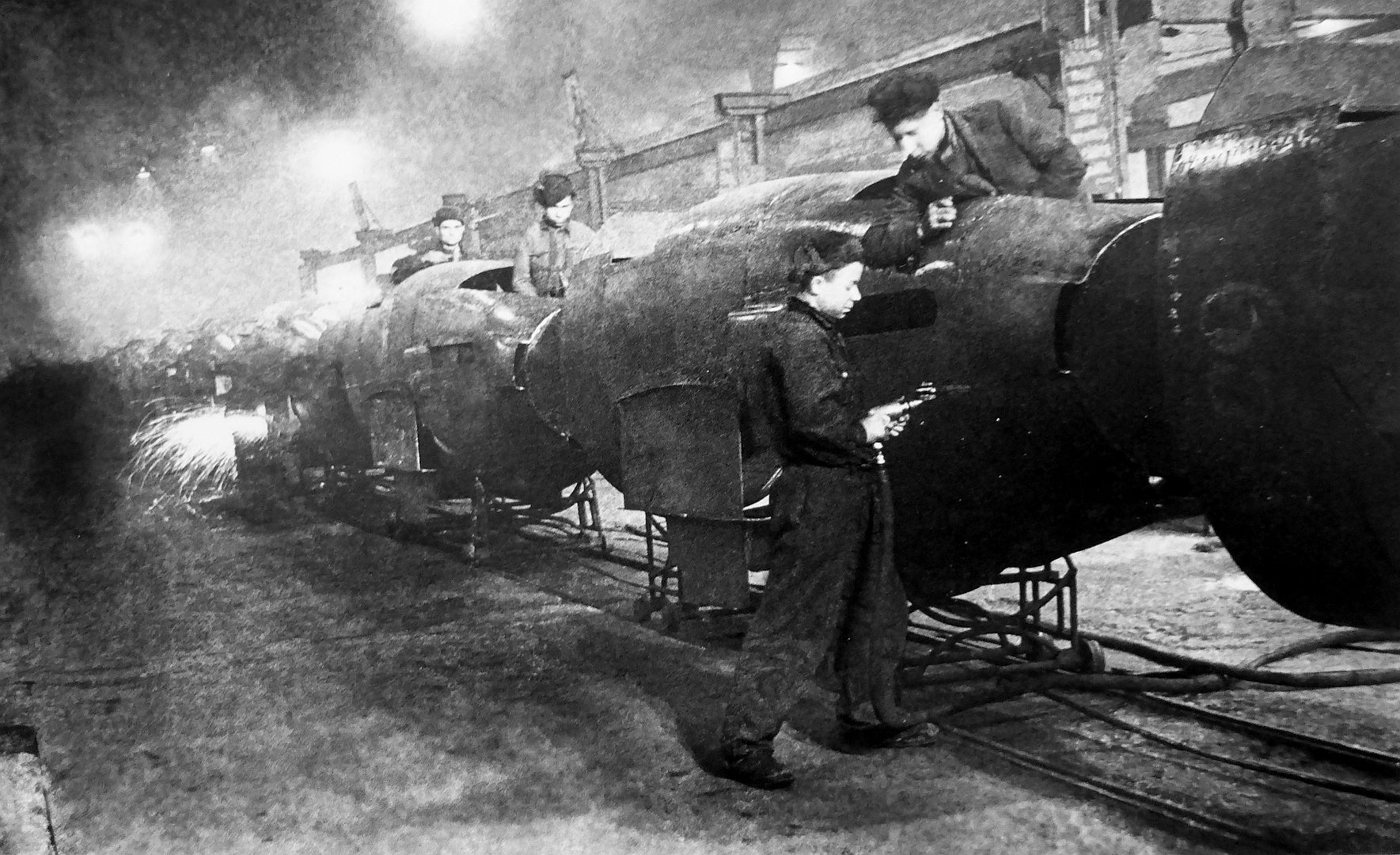
Production
In early 1941, the Il-2 was ordered into production at four factories, and was eventually produced in greater numbers than any other military aircraft in aviation history, but by the time Nazi Germany invaded the Soviet Union on 22 June 1941, only State Aviation Factory No. 18 at Voronezh and Factory No. 381 at Leningrad had commenced production, with 249 having been built by the time of the German attack.
Production early in the war was slow because after the German invasion the aircraft factories near Moscow and other major cities in western Russia had to be moved east of the Ural Mountains. Ilyushin and his engineers had time to reconsider production methods, and two months after the move Il-2s were again being produced. The tempo was not to Premier Stalin's liking, however, and he issued the following telegram to Shenkman and Tretyakov:
"You have let down our country and our Red Army. You have the nerve not to manufacture IL-2s until now. Our Red Army now needs IL-2 aircraft like the air it breathes, like the bread it eats. Shenkman produces one IL-2 a day, and Tretyakov builds one or two MiG-3s daily. It is a mockery of our country and the Red Army. I ask you not to try the government's patience, and demand that you manufacture more ILs. This is my final warning".
— Stalin
As a result, "the production of Shturmoviks rapidly gained speed. Stalin's notion of the Il-2 being 'like bread' to the Red Army took hold in Ilyushin's aircraft plants, and the army soon had their Shturmoviks available in quantity."[
State Aviation Factory No. 1, which was evacuated from Moscow to Kuibyshev (now Samara), came online in October 1941 and would ultimately produce 11,863 Il-2s over four years while also producing smaller numbers of MiG-3s and the Il-2s successor, the Il-10, at the same factory.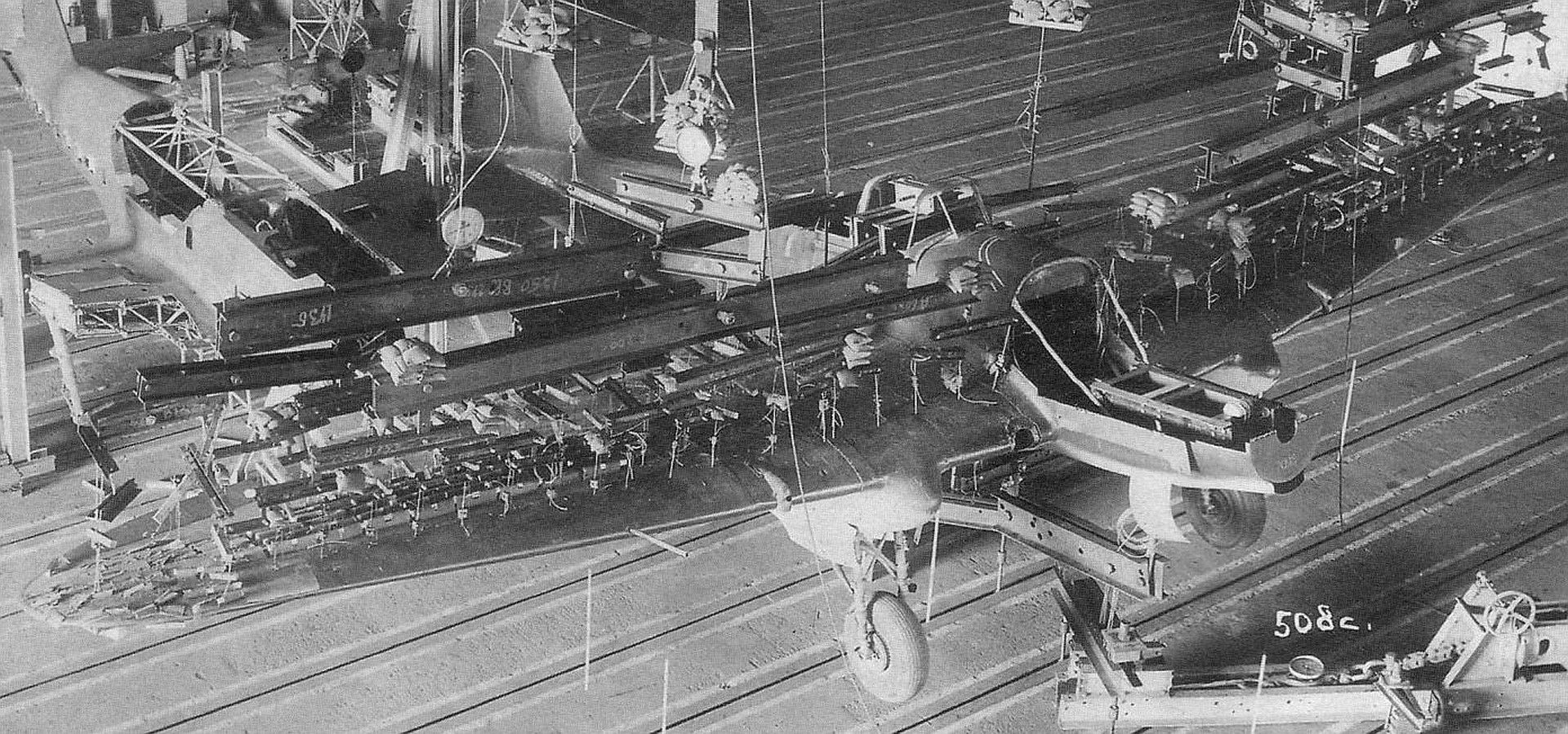
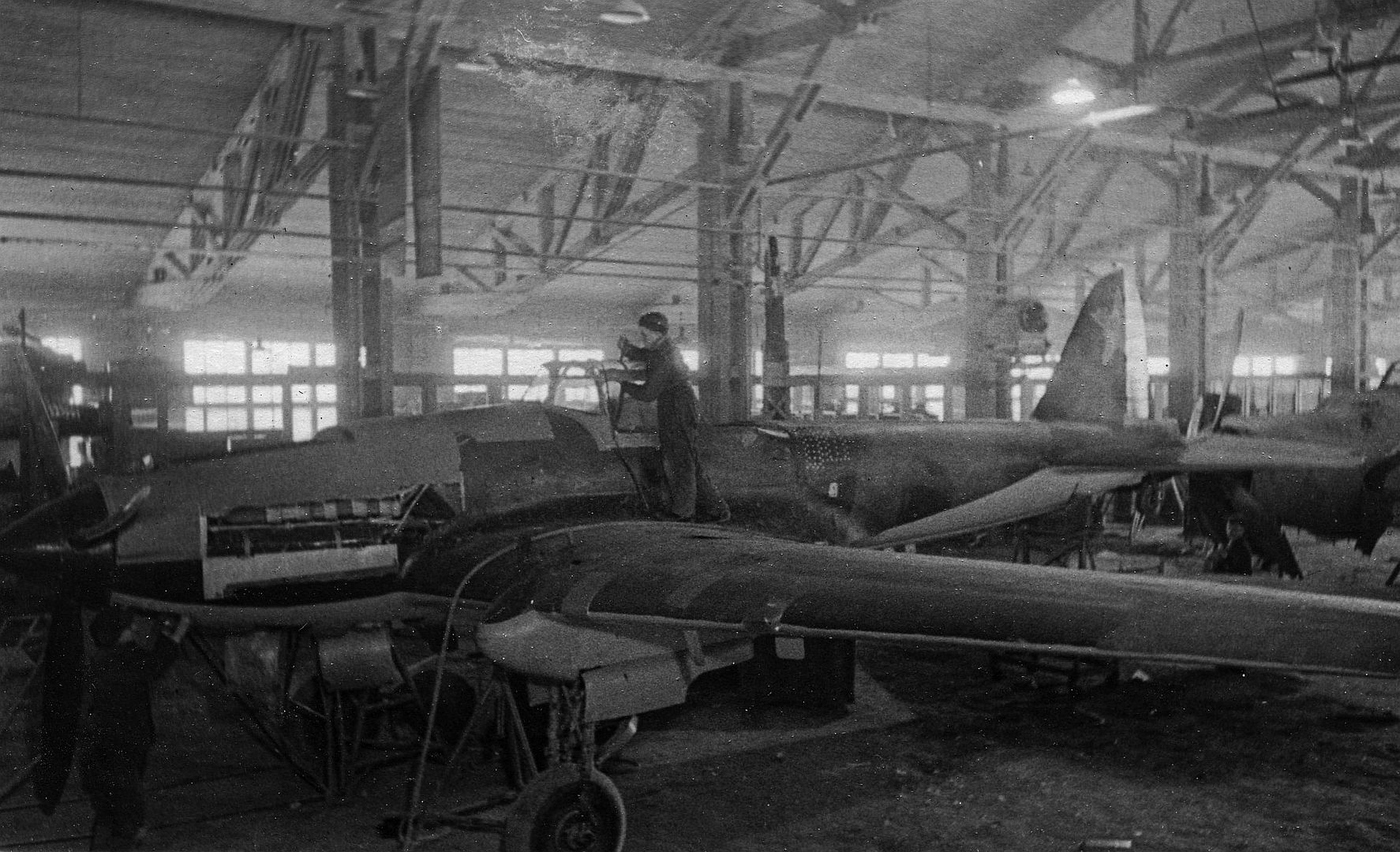
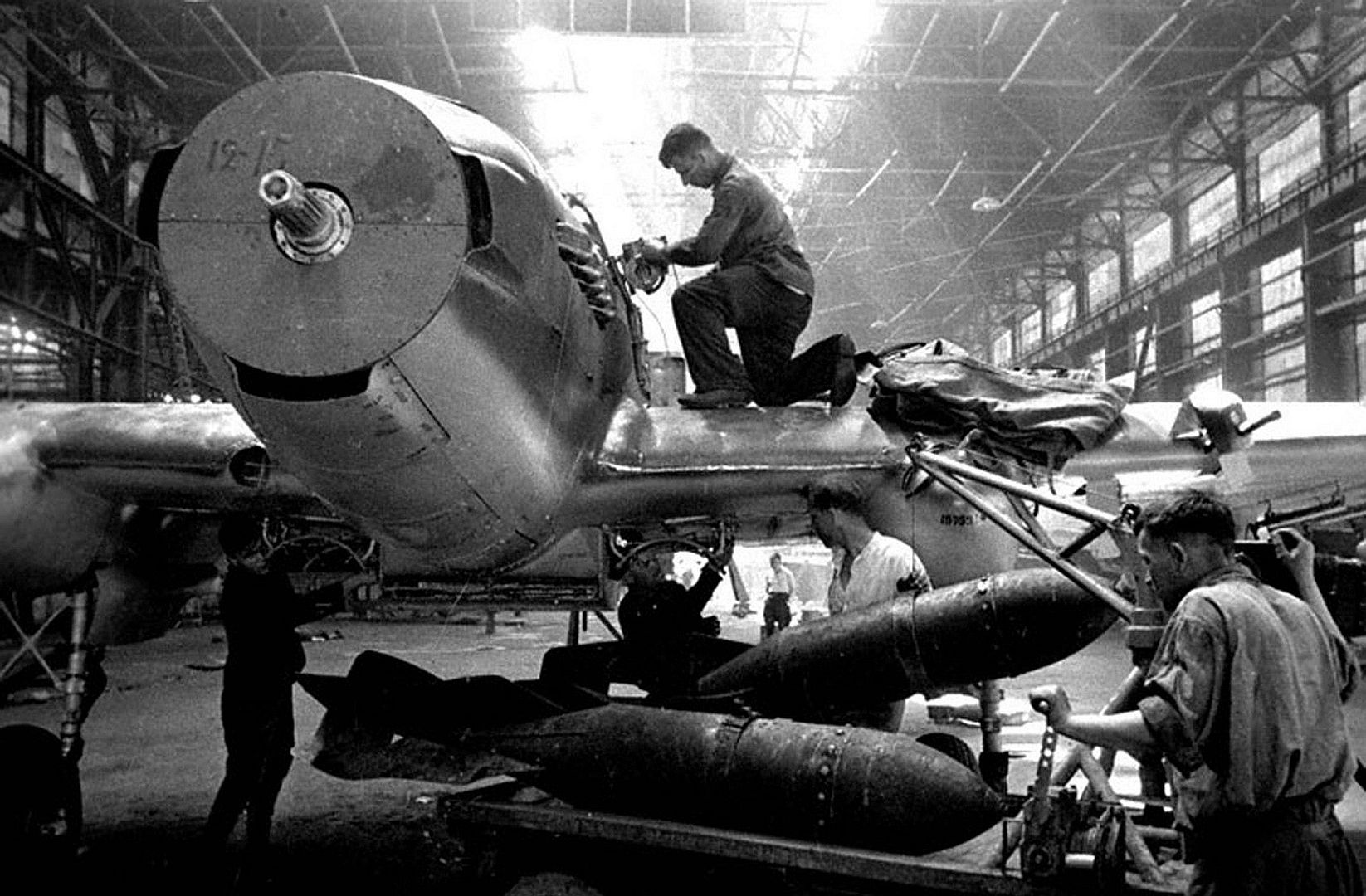
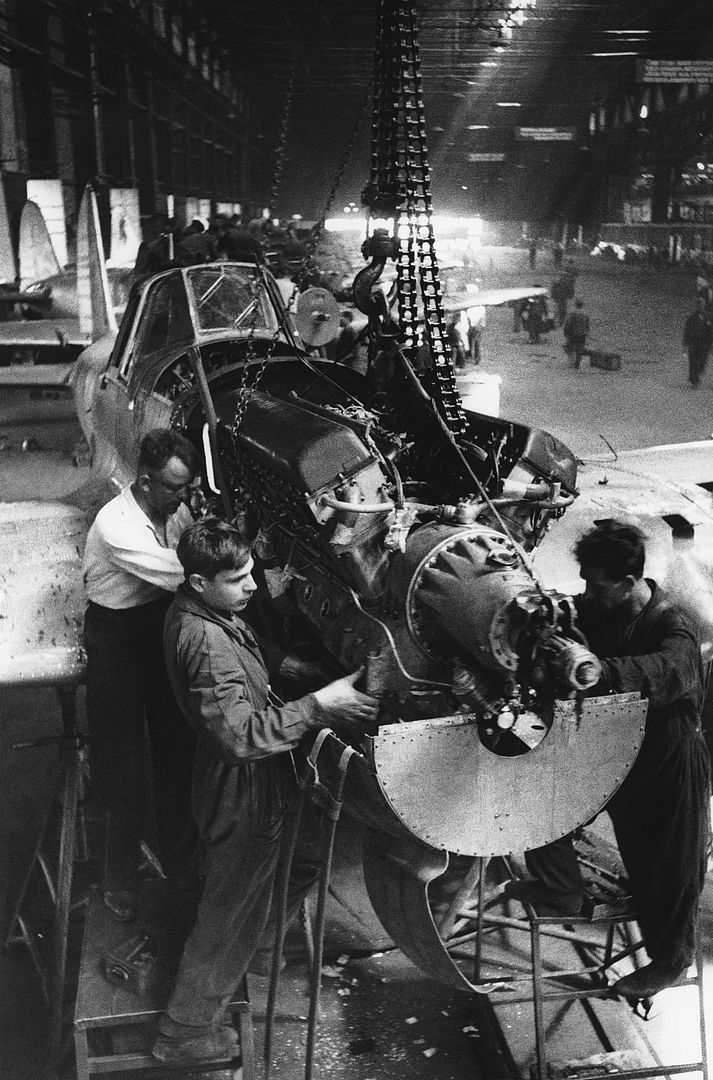
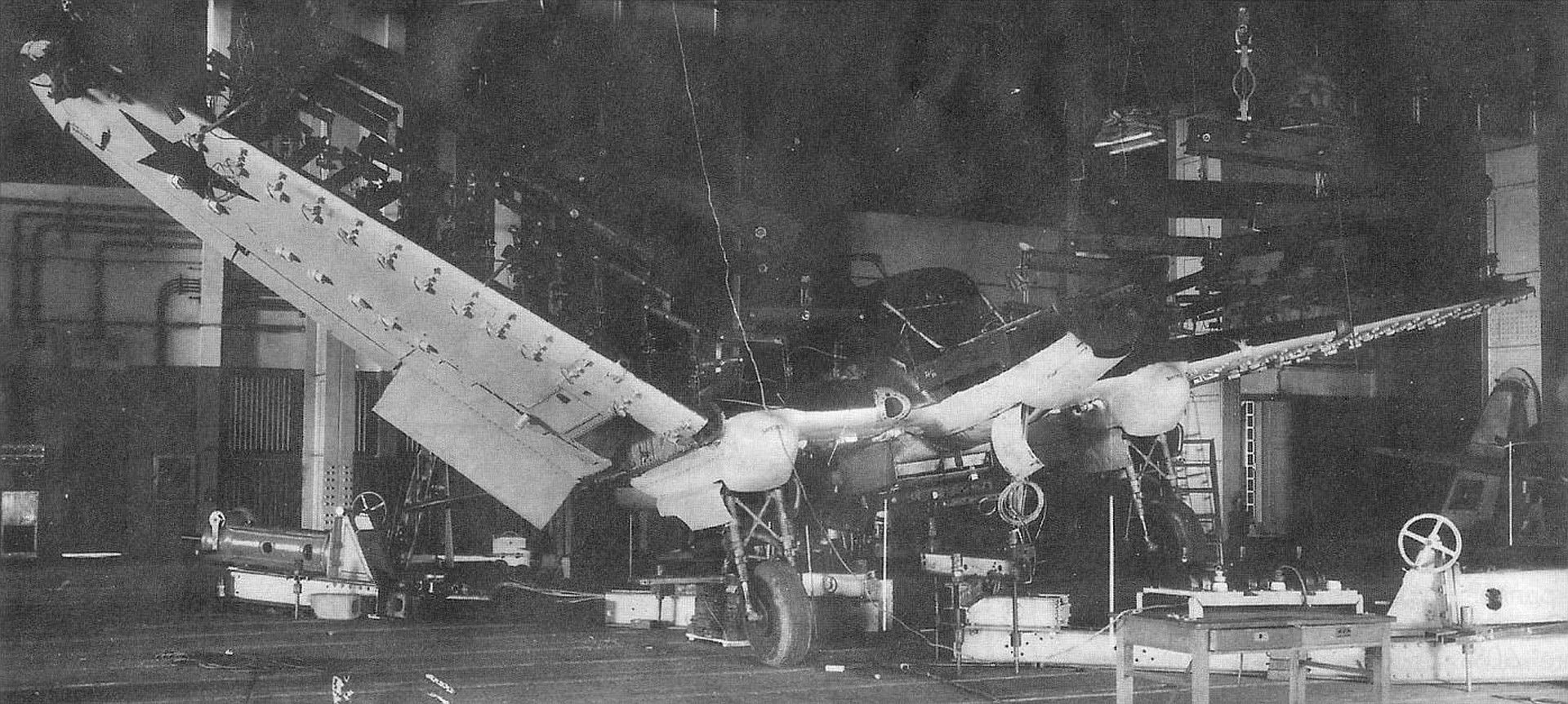
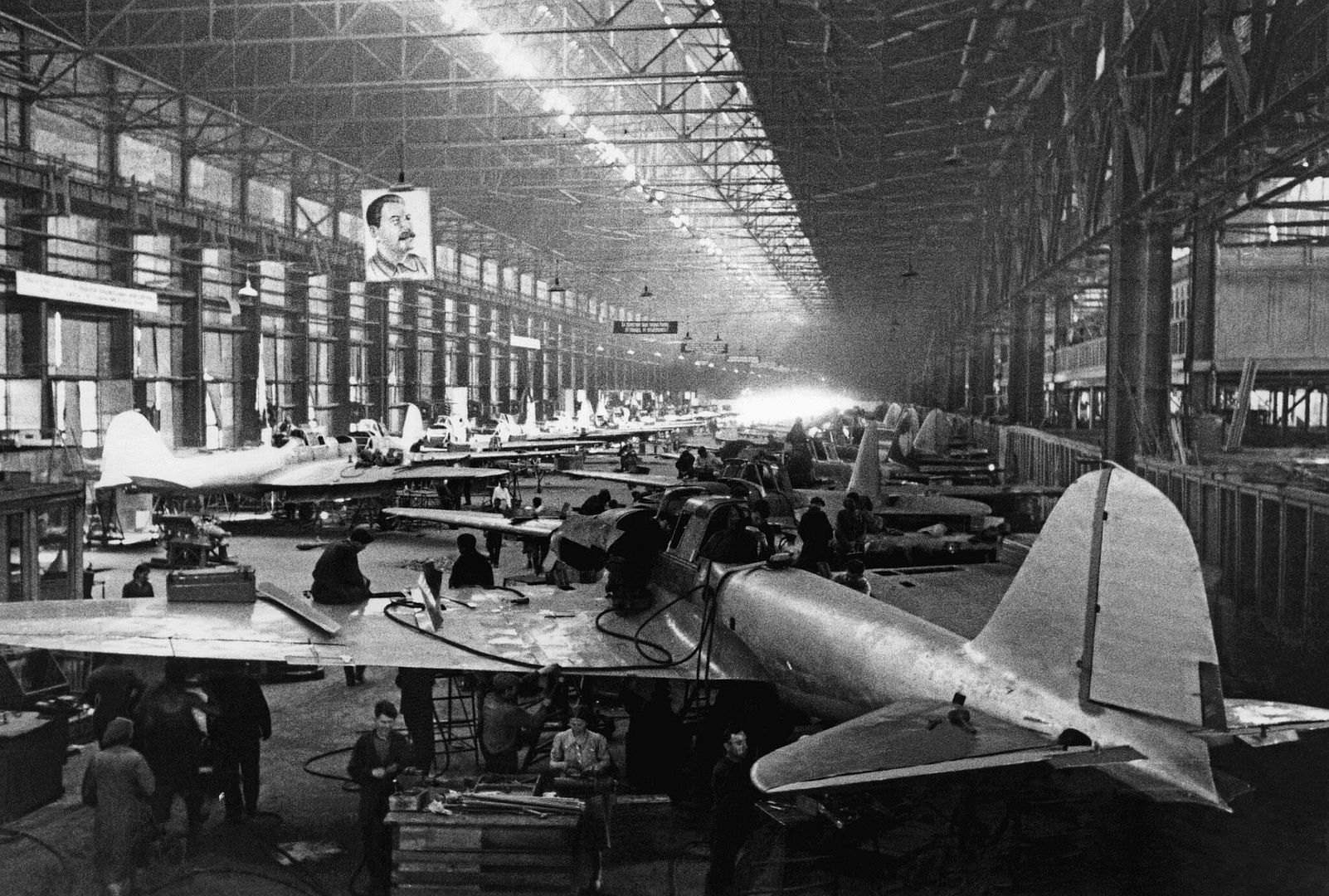
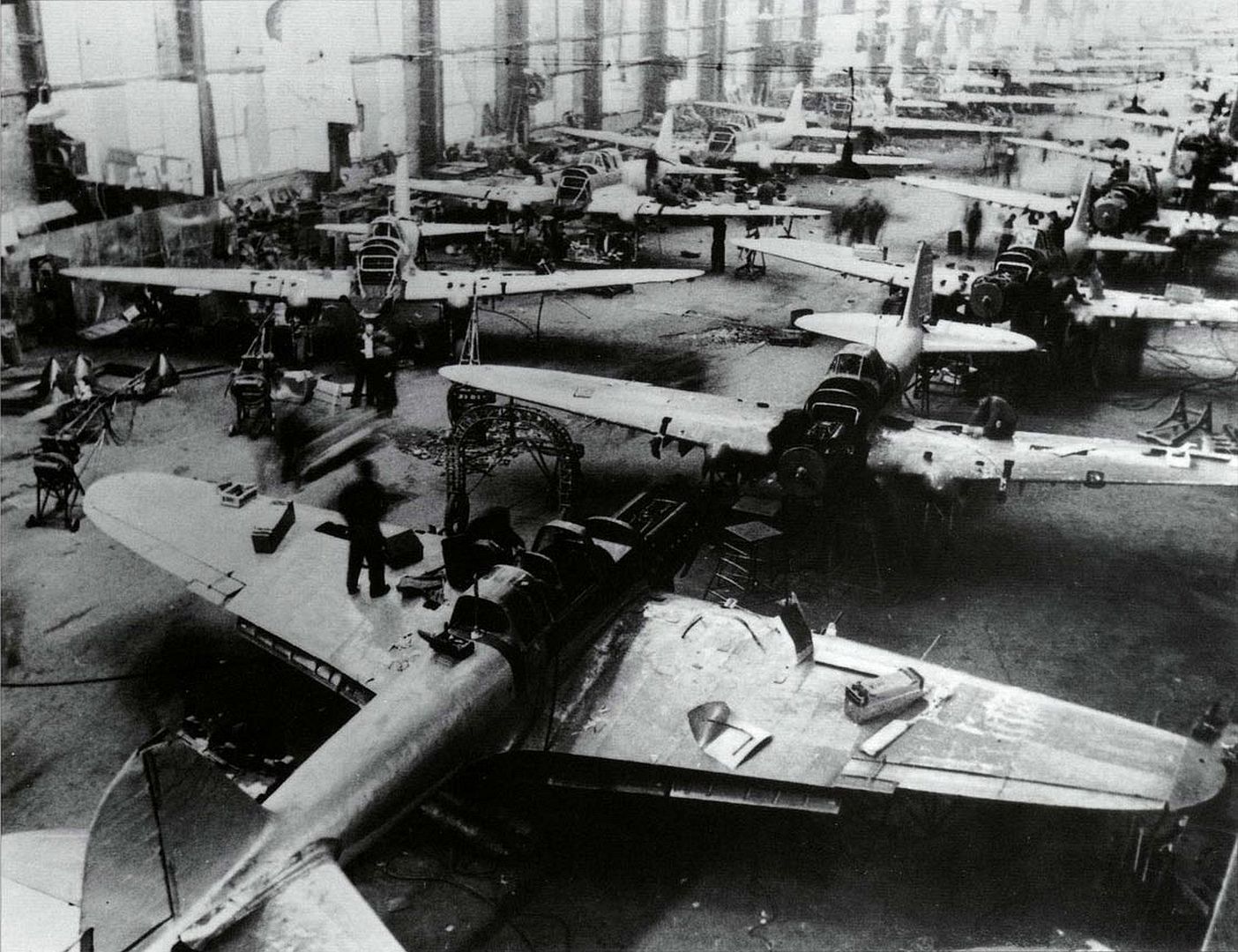
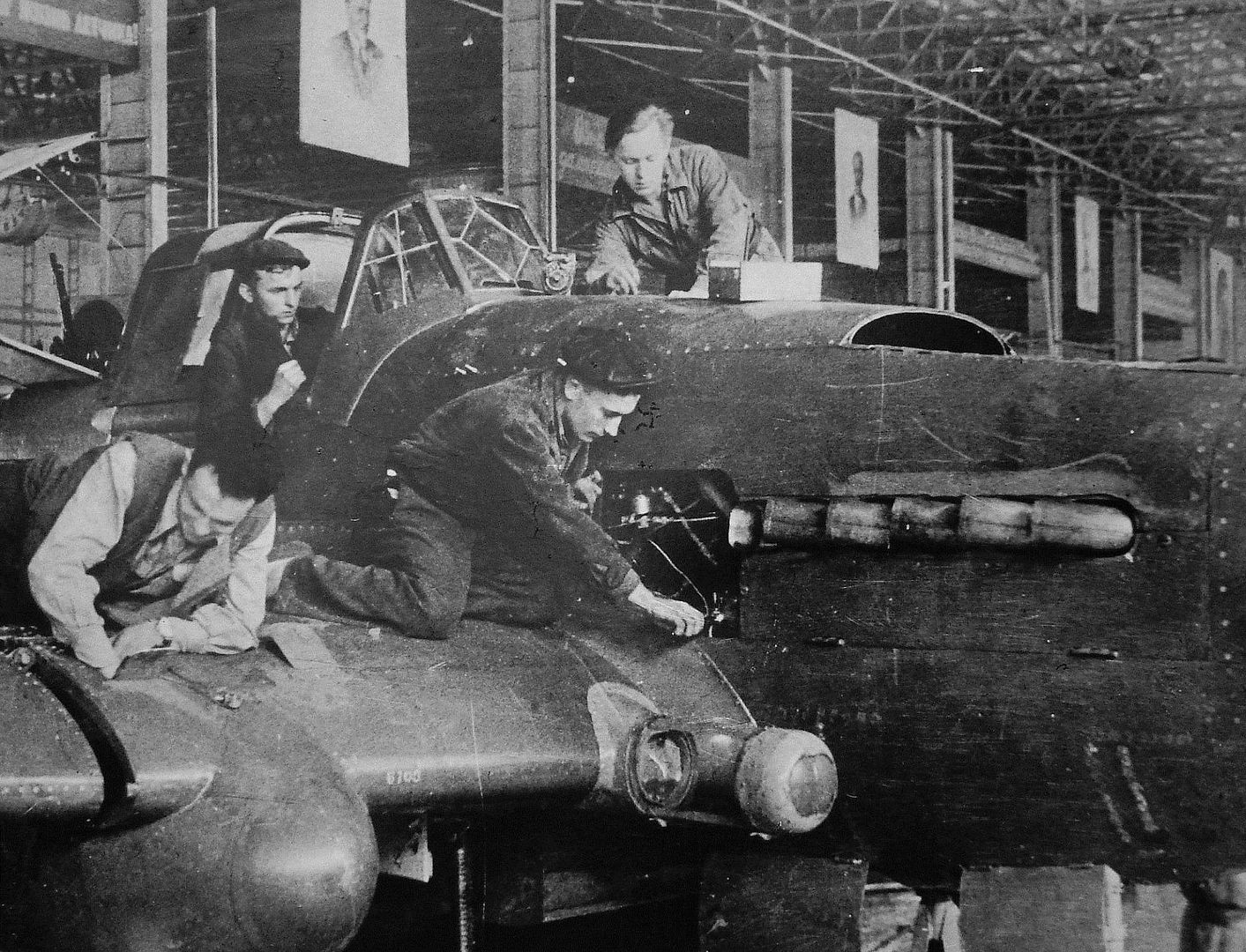
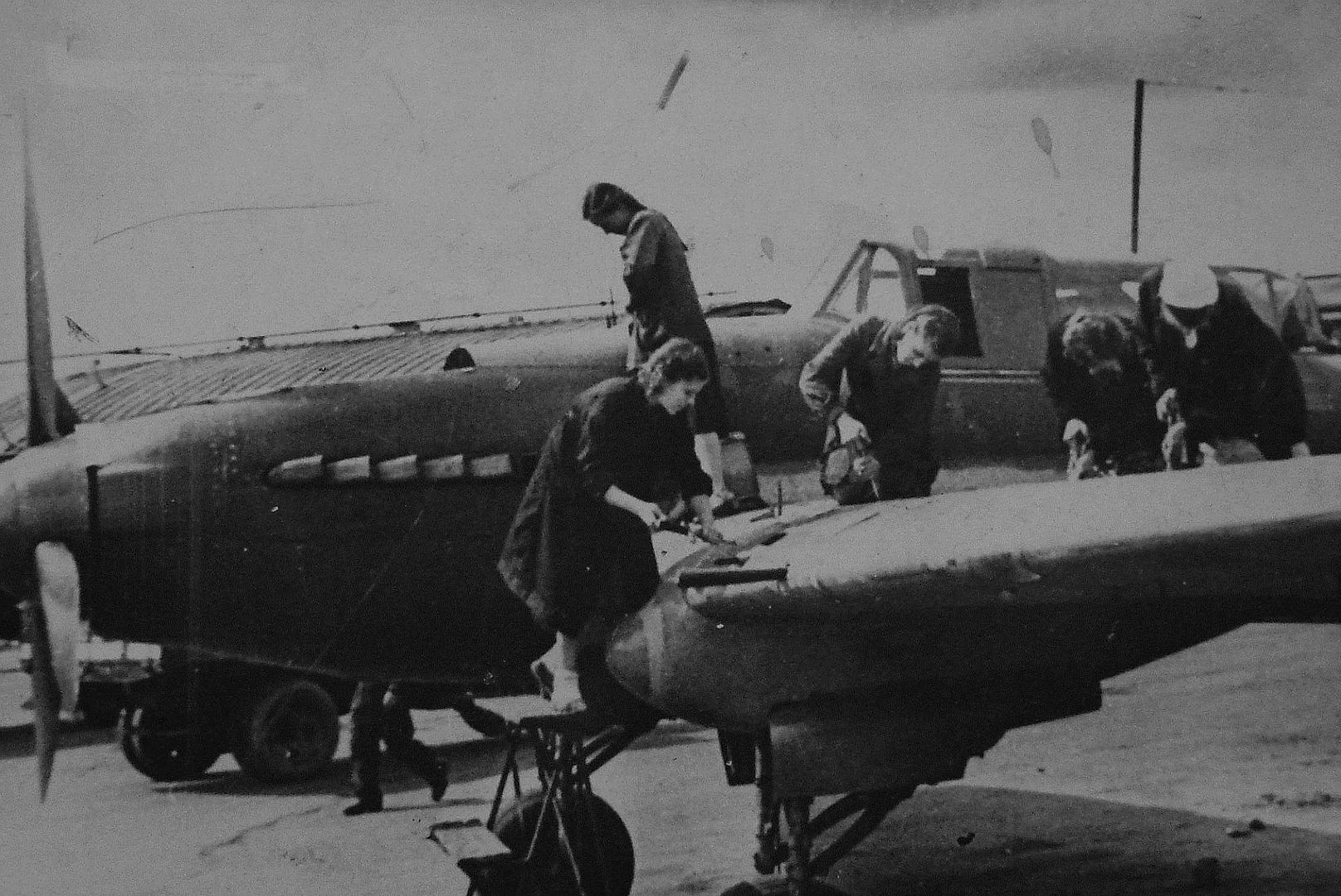
Operational history
The first use in action of the Il-2 was with the 4th ShAP (Ground Attack Regiment) over the Berezina River days after German invasion began.The aircraft was so new that the pilots had no training in flight characteristics or tactics, and the ground crew no training in servicing or re-arming. The training received enabled the pilots only to take-off and land; none of the pilots had fired the armament, let alone learned tactics. There were 249 Il-2s available on 22 June 1941. In the first three days, 4th ShAP had lost 10 Il-2s to enemy action, a further 19 were lost to other causes, and 20 pilots were killed. By 10 July, 4th ShAP was down to 10 aircraft from a strength of 65.
New tactics
Tactics improved as Soviet aircrews became used to the Il-2's strengths. Instead of a low horizontal straight approach at 50 metres (160 ft) altitude, the target was usually kept to the pilot's left and a turn and shallow dive of 30 degrees was used, using an echeloned assault by four to twelve aircraft at a time. Although the Il-2's RS-82 and RS-132 rockets could destroy armored vehicles with one hit, they were so inaccurate that experienced Il-2 pilots mainly used the cannon. Another potent weapon of the Il-2 were high-explosive anti-tank (HEAT) shaped charge bomblets named protivotankovaya aviabomba (PTAB, "anti-tank aviation bomb"). They were designated PTAB-2.5-1.5, as they had a total weight of 2.5 kg (5.5 lb), and an explosive charge of 1.5 kg (3.3 lb). Up to 192 were carried in four external dispensers (cluster bombs) or up to 220 in the inner wing panels' internal ventral weapon bays. The charge could easily penetrate the relatively thin upper armor of all heavy German tanks. PTABs were first used on a large scale in the Battle of Kursk with little success, perhaps due to the poor bombing accuracy of the Il-2.
The Il-2 was thereafter deployed widely on the Eastern Front. The aircraft could fly in low light conditions and carried weapons able to defeat the thick armor of the Panther and Tiger I tanks.
Effectiveness as attack aircraft
The true capabilities of the Il-2 are difficult to determine from existing documentary evidence. W. Liss in Aircraft profile 88: Ilyushin Il-2 mentions an engagement during the Battle of Kursk on 7 July 1943, in which 70 tanks from the German 9th Panzer Division were claimed to be destroyed by Ilyushin Il-2s in just 20 minutes. In another report of the action on the same day, a Soviet staff publication states that:
Ground forces highly valued the work of aviation on the battlefield. In a number of instances enemy attacks were thwarted thanks to our air operations. Thus on 7 July enemy tank attacks were disrupted in the Kashara region (13th Army). Here our assault aircraft delivered three powerful attacks in groups of 20–30, which resulted in the destruction and disabling of 34 tanks. The enemy was forced to halt further attacks and to withdraw the remnants of his force north of Kashara.
— Glantz and Orenstein 1999, p. 260.
In the Battle of Kursk (Operation Citadel), General V. Ryazanov became a master in the use of attack aircraft en masse, developing and improving the tactics of Il-2 operations in co-ordination with infantry, artillery and armored troops. Il-2s at Kursk used the "circle of death" tactic: up to eight Shturmoviks formed a defensive circle, each plane protecting the one ahead with its forward machine guns, while individual Il-2s took turns leaving the circle, attacking a target, and rejoining the circle. Ryazanov was later awarded the Gold Star of Hero of Soviet Union twice, and the 1st Assault Aviation Corps under his command became the first unit to be awarded the honorific title of Guards. In 1943, one aircraft was lost for every 26 Shturmovik sorties. About half of those lost were shot down by fighters, the rest falling to anti-aircraft fire.
Other studies of the fighting at Kursk suggest that very few of German armour losses were caused by the IL-2 or any other Soviet aircraft. In fact, total German tank losses in Operation Citadel amounted to 323 destroyed, the vast majority by anti-tank guns and armored fighting vehicles.In addition, it is difficult to find any first-hand accounts by German panzer crews on the Eastern Front describing anything more than the occasional loss to direct air attack. The vast majority, around 95–98%, of tank losses were due to enemy anti-tank guns, tanks, mines, artillery, and infantry assault, or simply abandonment as operational losses (due to causes such as mechanical breakdown or running out of fuel), which mostly happened during the last eleven months of the war.
During the Battle of Kursk, VVS Il-2s claimed the destruction of no less than 270 tanks (and 2,000 men) in a period of just two hours against the 3rd Panzer Division. On 1 July, however, the 3rd Panzer Division's 6th Panzer Regiment had just 90 tanks, 180 fewer than claimed as destroyed. On 11 July (well after the battle), the 3rd Panzer Division still had 41 operational tanks. The 3rd Panzer Division continued fighting throughout July, mostly with 48th Panzer Corps. It did not record any extraordinary losses to air attack throughout this period. As with the other panzer divisions at Kursk, the large majority of the 3rd Panzer Division's tank losses were due to dug-in Soviet anti-tank guns and tanks.
Perhaps the most extraordinary claim by the VVS's Il-2s is that, over a period of four hours, they destroyed 240 tanks and in the process virtually wiped out the 17th Panzer Division. On 1 July, the 17th Panzer Division had only one tank battalion (the II./Pz Rgt 39), with 67 tanks, 173 fewer than claimed destroyed by the VVS. The 17th Panzer Division was not even in the main attack sector, but further south with the 1st Panzer Army's 24th Panzer Corps. The 17th Panzer did not register any abnormal losses due to aircraft in the summer of 1943, and retreated westwards with Army Group South later in the year, still intact.
The main problem with the Il-2 was the inaccuracy of its attacks. Towards the end of war, the Soviets were able to concentrate large numbers of Shturmoviks to support their main offensives. The effect, however, was often more psychological than actual physical destruction of targets, particularly against dug-in and armored targets. In the 9 June offensive in the Karelian Isthmus in Finland, Finnish anti-aircraft forces were far too few in number to counter the armadas of Pe-2 and Il-2, but quickly found that the Il-2 attacks generally missed their marks widely, particularly with bombs. While some attacks against large unprotected targets such as horse and truck convoys and railyards had devastating results, attacks against dug-in point targets were usually ineffective.The frequent duels between dug-in 20 and 40 mm AA guns and Il-2 attackers never resulted in the complete destruction of the gun, while many Il-2s were brought down in these attacks.
The heavy armor of the Il-2 also meant that it would typically carry only comparatively light bomb-loads, which together with the poor accuracy of its attacks made it a far less deadly attack aircraft than contemporary Allied fighter-bombers such as the Republic P-47 Thunderbolt and Hawker Typhoon. The rocket projectiles especially were not effective, even the larger RS-132 (of which four were carried) having a warhead with only 0.9 kg (2.0 lb) of explosives, which compared poorly with the P-47's typical load of ten 5 in (13 cm) HVARs, each having 3.4 kg (7.5 lb) of explosives, or the eight to twelve RP-3 rockets on the Hawker Typhoon, each with 5.5 kg (12 lb) of explosives. Likewise, the Shturmovik's bombs were usually only 50 kg (110 lb), or rarely 100 kg (220 lb), too small to compensate for the typically wide variation from the target point.To compensate for the poor accuracy of the Il-2's bombsight, in 1943, the Soviet Command decided to use shaped-charge armor-piercing projectiles against enemy armored vehicles, and the PTAB-2.5-1.5 SCAP aircraft bomb was put into production. These small-calibre bombs were loaded directly into the bomb bays and were dropped onto enemy vehicles from altitudes up to 100 metres (330 ft). As each Il-2 could carry up to 192 bombs, a fire carpet 70 metres (230 ft) long and 15 metres (49 ft) wide could cover the enemy tanks, giving a high "kill" probability. Pilots of 291st ShAP were the first to use the PTAB-2.5-1.5 bombs. During one sortie on 5 June 1943, six attack aircraft led by Lt. Col. A. Vitrook destroyed 15 enemy tanks in one attack, and during five days of the enemy advance, the 291st Division claimed to have destroyed or damaged 422 enemy tanks.
The "flying tank"
Thanks to the heavy armor protection, the Il-2 could take a great deal of punishment and proved difficult for both ground and aircraft fire to shoot down.
A major threat to the Il-2 was German ground fire. In postwar interviews, Il-2 pilots reported 20 mm (0.79 in) and 37 mm (1.5 in) artillery as the primary threat. While the fabled 88 mm (3.5 in) calibre gun was formidable, low-flying Il-2s presented too fast-moving a target for the 88's relatively low rate of fire, only occasional hits were scored. Similarly, Finnish attempts to counter the Il-2 during the summer of 1944 proved ineffective as a result of the low numbers of 20 and 40 mm (0.79 and 1.57 in) AA in the field army. Heavier 76 mm (3.0 in) guns drawn from homeland defence proved also relatively ineffective and few Il-2s were downed despite attempting different tactics with time-fused fragmentation, contact-fused, and shrapnel ammunition: the heavy guns simply lacked the reaction times to take advantage of the brief firing opportunities presented by the low-altitude Il-2 attacks. Single-barrel 20 mm anti-aircraft guns were also found somewhat inadequate due to limited firepower: one or two shells were often not enough to destroy the Il-2, and unless the Il-2 was attacking the gun itself, thus presenting effectively a stationary target, scoring more hits during a firing opportunity was rare.
The armored tub, ranging from 5 to 12 mm (0.20 to 0.47 in) in thickness and enveloping the engine and the cockpit, could deflect all small arms fire and glancing blows from larger-caliber ammunition. Unfortunately the rear gunners did not have the benefit of all-around armor protection, especially from the rear and to the sides, and suffered about four times the casualties of pilots. Added casualties resulted from the Soviet policy of not returning home with unused ammunition, which typically resulted in repeated passes on the target. Soviet troops often requested additional passes even after the aircraft were out of ammunition to exploit the intimidating effect Il-2s had on German ground troops, who gave it the nickname the "flying tank". It was also called the "black death" by German troops. Luftwaffe pilots called it the Zementbomber (lit. 'concrete bomber'). The Finnish nickname maatalouskone (lit. 'agricultural machine' or 'tractor') derived from a word play with maataistelukone 'ground attack aircraft' (lit. 'ground combat aircraft'), where kone 'machine' in turn is shortened from lentokone 'aircraft' (lit. 'flying machine').
Rear gunner
Heavy losses to enemy fighters forced the reintroduction of a rear gunner; early Il-2s were field modified by cutting a hole in the fuselage behind the cockpit for a gunner sitting on a canvas sling armed with a 12.7 mm (0.50 in) UBT machine gun in an improvised mounting. The semi-turret gun mount allowed the machine gun to be fired at angles of up to 35° upwards, 35° to starboard and 15° to port. Tests showed that maximum speed decreased by between 10 and 20 km/h (6 and 12 mph) and that the two-seater was more difficult to handle because the center of gravity was shifted backwards. At the beginning of March 1942, a production two-seat Il-2 with the new gunner's cockpit began manufacturer tests. The second cockpit and armament increased all-up weight by 170 kg (370 lb) so the flaps were allowed to be deployed at an angle of 17° to avoid an over-long takeoff run. The new variant had a lengthened fuselage compartment with an extended canopy offering some protection from the elements. Unlike the well-armoured cockpit of the pilot compartment with steel plating up to 12 mm (0.47 in) thick behind, beneath and on both sides as well as up to 65 mm (2.6 in) thick glass sections, the rear gunner was provided with 6 mm (0.24 in) thick armour, effective only against rifle-calibre rounds.
To improve performance, the Mikulin Design Bureau started work on an uprated AM-38 engine. The new engines produced 1,300 kW (1,700 hp) at takeoff and 1,100 kW (1,500 hp) at 750 metres (2,460 ft). They gave an improved takeoff and low-altitude performance.[36] On 30 October 1942, production Il-2s powered by AM38s were used on the Central Front for the first time when they successfully attacked Smolensk airfield occupied by Germans. The Shturmovik rear guns proved to be effective against hostile fighters, and during the service trials alone, gunners shot down seven Bf 109s and repulsed many attacks. In January 1943, two-seat attack aircraft powered by uprated AM-38F engines (Forseerovannyy – uprated) began to arrive at front line units.
Nonetheless, the death rate among the air gunners remained exceptionally high and it was only for late models produced after 1944 that the 13 mm (0.51 in) rear plate of the armour shell was moved rearwards into the (wooden) rear fuselage to allow a gunner to sit behind the fuel tank. The armour did not extend to the rear or below although side armour panels were riveted to the rear armour plate to protect the ammunition tank for the UBT machine gun, providing some measure of protection. The modifications, including adding the rear gunner and gun, had added weight behind the center of gravity, resulting in "marginal" stability and handling characteristics that were "barely acceptable". The need to shift the aerodynamic center of the aircraft forwards due to the weight of the added rear gunner and lengthened cockpit was the reason for the swept back outer wings in later Il-2s.
In February 1945, the highest scoring German flying ace to be killed in action, Otto Kittel, was shot down by return fire from an Il-2.
Air-to-air combat
Owing to a shortage of fighters, in 1941–1942, Il-2s were occasionally used as fighters. While outclassed by dedicated fighters such as the Messerschmitt Bf 109 and Focke-Wulf Fw 190, in dogfights, the Il-2 could take on other Luftwaffe aircraft with some success. German front line units equipped with the Henschel Hs 126 suffered most of all from the ravages of Il-2s. Il-2 pilots also often attacked close formations of Junkers Ju 87s, as the 7.92 mm (0.312 in) machine guns of the Ju 87 Stukas were ineffective against the heavily armoured Shturmoviks. In the winter of 1941–1942, Il-2s were used against Luftwaffe transport aircraft, and became the most dangerous opponent of the Junkers Ju 52/3m. Pilots of 33rd GvShAP were the most successful in these operations. Other successful units were those in 1942–1943 operating near Stalingrad. Their targets were not only Ju 52s but also Heinkel He 111 and Focke-Wulf Fw 200 Condor bombers, delivering supplies to the besieged German troops.
While the Il-2 was a strong air-to-ground weapon, and even a fairly effective interceptor against slow bombers and transport aircraft, heavy losses resulted from its vulnerability to fighter attack. Losses were very high, the highest of all types of Soviet aircraft, though given the numbers in service this is only to be expected. Shturmovik losses (including the Il-10 type) in 1941–1945 were of 10,762 aircraft (533 in 1941, 1,676 in 1942, 3,515 in 1943, 3,347 in 1944 and 1,691 in 1945). The main defensive tactic was to fly low and reduce power as the enemy fighter closed in. This could make the fighter overshoot and fly into the Il-2's firing zone.
During the Battle in Karelian Isthmus, Vyborg Offensive in summer 1944, Finnish 24th and 34th Fighter Squadrons and Luftwaffe II./JG 54 took a toll on Soviet Il-2 squadrons. In just 30 days (10 June – 9 July), Finnish and German fighter pilots shot down 111 and 53 Il-2s, respectively.
Variants
The early two-seater prototype proved to be too heavy for the limited power of the early Mikulin AM-35 engine. A redesigned single-seat version was soon developed and saw combat, particularly in the early phase of the war in the Soviet Union. While the Il-2 proved to be a deadly air-to-ground weapon, heavy losses were caused by its vulnerability to fighter attack. Consequently, in February 1942, the two-seat design was revived. The Il-2M, with a rear gunner under the stretched canopy, entered service in September 1942 with the surviving single-seaters eventually modified to this standard. Later changes included an upgrade from 20 mm (0.79 in) to 23 or 37 mm (0.91 or 1.46 in) cannons, aerodynamic improvements, use of wooden outer wing panels instead of metal and increased fuel capacity. In 1943, the Il-2 Type 3 or Il-2m3 came out with redesigned "arrow-wings" that possessed leading edges that were swept back 15 degrees on the outer panels, and nearly straight trailing edges, resulting in a wing planform somewhat like the AT-6 trainer. Performance and handling were much improved from the resulting shift of the Il-2's aerodynamic center rearwards with the revised "arrow wing" planform to correct the earlier problem, and this became the most common version of the Il-2. A radial engine powered variant of the Il-2 with the Shvetsov ASh-82 engine was proposed in 1942 to remedy projected shortages in the Mikulin inline engines. However, the Shvetsov ASh-82 was also used in the new Lavochkin La-5 fighter which effectively secured all available engines to the Lavochkin bureau. The radial engine Sukhoi Su-2 ground attack aircraft was produced in small quantities, but was generally considered unsuitable due to inadequate performance and lack of defensive armament.
TsKB-55
Two-seat prototype, AM-35 engine, first flight on 2 October 1939.
BSh-2
VVS designation for TsKB-55 prototype.
TsKB-57
Single-seat prototype, AM-38 engine, first flight on 12 October 1940.
Il-2 (TsKB-57P)
Single-seat serial aircraft, AM-38 engine, first flight on 29 December 1940, some delivered to combat units in May–June 1941. Renamed the Il-2 in April 1941. Cannons 20 mm ShVAK or 23 mm VYa-23 (depending on which factory the Il-2 was manufactured in).
Il-2 two-seat
Two-seat version, AM-38 engine, first action on 30 October 1942 near Stalingrad. Maximum bomb load reduced from 600 to 400 kg (1,300 to 880 lb). Used on edges of flight formations for defense against German fighters. Quickly replaced by the "Il-2 production of 1943".
Il-2 production of 1943
Referred in the west as the "Il-2M". Powered by an upgraded AM-38F engine. Delivered to the front units from early 1943. In 1943, the 20 mm ShVAK armed Il-2s faded out, leaving only the 23 mm VYa variant.
Il-2 with NS-37
Referred in the west as the "Il-2 Type 3M". Based on the two-seat Il-2, armed with Nudelman-Suranov NS-37 in conformal gun pods under the wings, instead of the 20/23 mm cannons, this version is an attempt to create an anti-tank aircraft, first used in combat during the Battle of Kursk. However, the combat effectiveness was quite low and production of the variant was limited to about 3,500. Moreover, bomb load was decreased from 600 to 200 kg (1,300 to 440 lb). It was replaced by the conventional Il-2 attackers armed with cassettes with cumulative bomblets.
Il-2 production 1944 "wing with arrow"
Referred in West as "Il-2M3" or "Il-2 Type 3". As more duralumin became available for the Soviet aviation industry, the Il-2 received a set of all-metal wing panels. At the same time, the outer wing planform was swept back, with a straight trailing edge, since the centre of gravity was shifted rearwards after the gunner was added. The wing planform change regained controllability of the two-seat Il-2 back to level of the single-seat Il-2.
Il-2U
Training version, also known as UIl-2.
Il-2T
Torpedo bomber version for the Soviet Navy with the VYa-23 cannons removed to save weight, it was able to carry a single 45 cm (18 in) torpedo. Evidently, it was only a design as the 23rd Attack Air Regiment of the Black Sea Fleet flew regular Il-2M-3s fitted with torpedo racks as a field modification, and that no such aircraft were ever noted in the battle sortie logs.
Il-2I
Armoured fighter, prototype only. Concept based on several dogfights between Il-2 and Luftwaffe bombers. Proved infeasible due to its low speed, which causes it to be able to intercept only older Luftwaffe bombers.
Il-2R
Il-2 fitted with a rocket motor in the rear, prototype only. The design was part of a concept to have units of Il-2R´s as part of a rapid response force, spread across the front to counter sudden counter-attacks. The rocket motor would aid in take-off and climbing, allowing the Il-2R´s to reach their target faster. The concept was abandoned before the go-ahead was given for production in 1945, as by then it was considered obsolete.
Il-2 with M-82/M-82IR engine
A backup project prepared while plants producing AM-35/AM-38 were evacuated. Compared to the original Il-2 it had additional armor, a rear gunner and Shvetsov ASh-82 or geared Ash-82IR engine. It had deteriorated rate of climb and field performance however it retained the same handling qualities. Recommended for production in Plant No.381 and Plant No.135, with 678 to be delivered by 1943. Cancelled because AM-38 production stabilized.
Below 996th assault aviation regiment a squadron of Il-2 Yaroslavsky Komsomolets attack aircraft, built with funds raised by the youth of the region.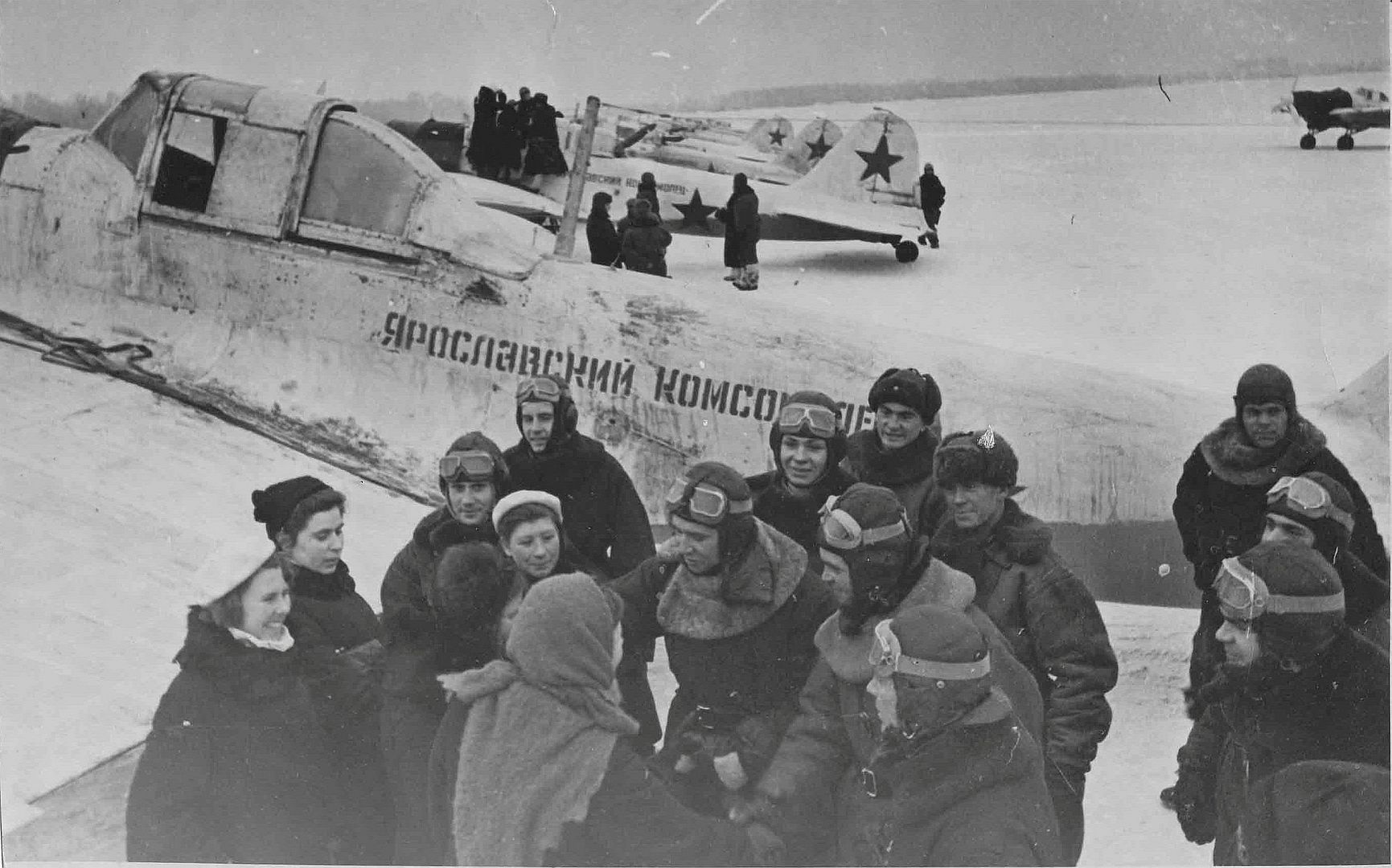
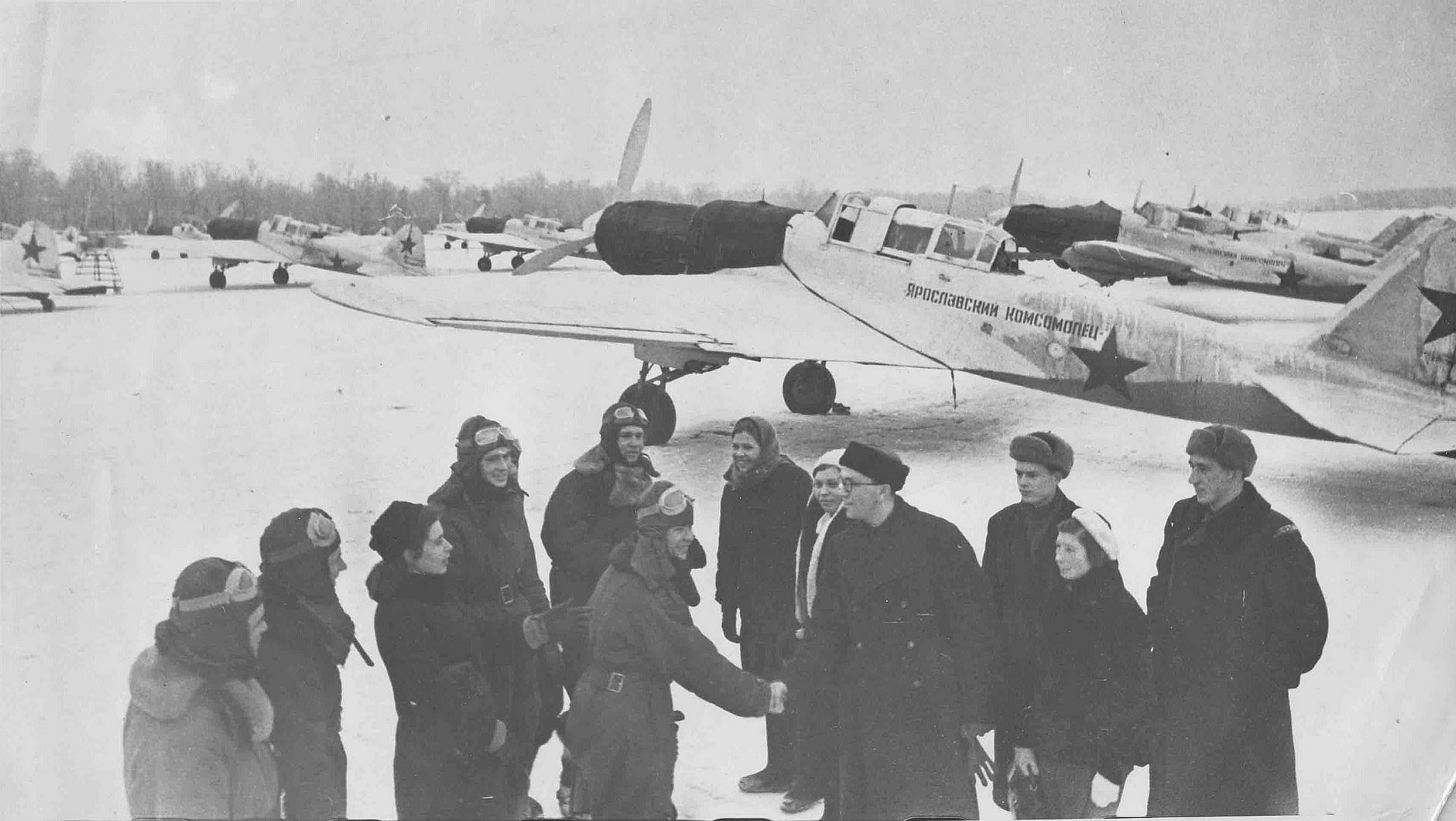
Below Armament mechanic Guard Sergeant K. Ugodin of the 15th Guards Assault Aviation Regiment prepares a bomb load for an Il-2 aircraft.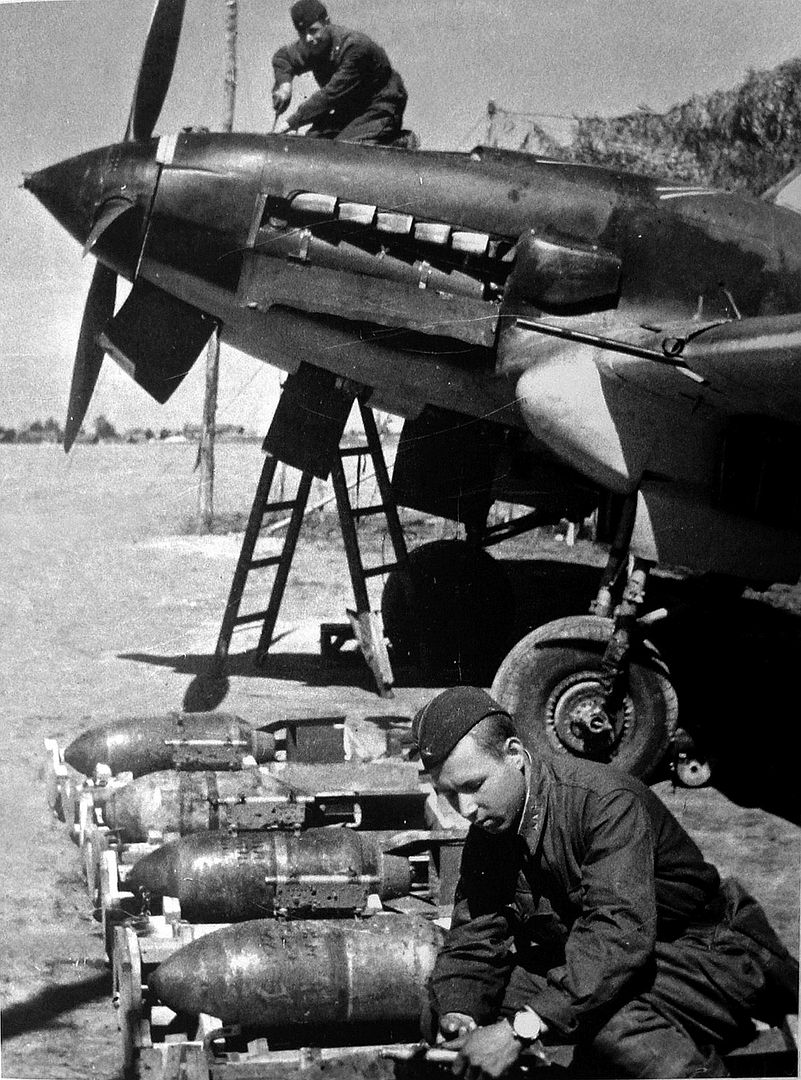
Below Deputy commander of the 568th assault aviation regiment Major Mikhail Ivanovich Kasimov, in the cockpit of an Il-2 aircraft.
Below Il-2 attack aircraft Soviet Metallurgist at the airfield near Adrianople. In 1943,
Below Soviet Il-2 attack aircraft from the 57th dive-attack aviation regiment of the Baltic Fleet Air Force at the airfield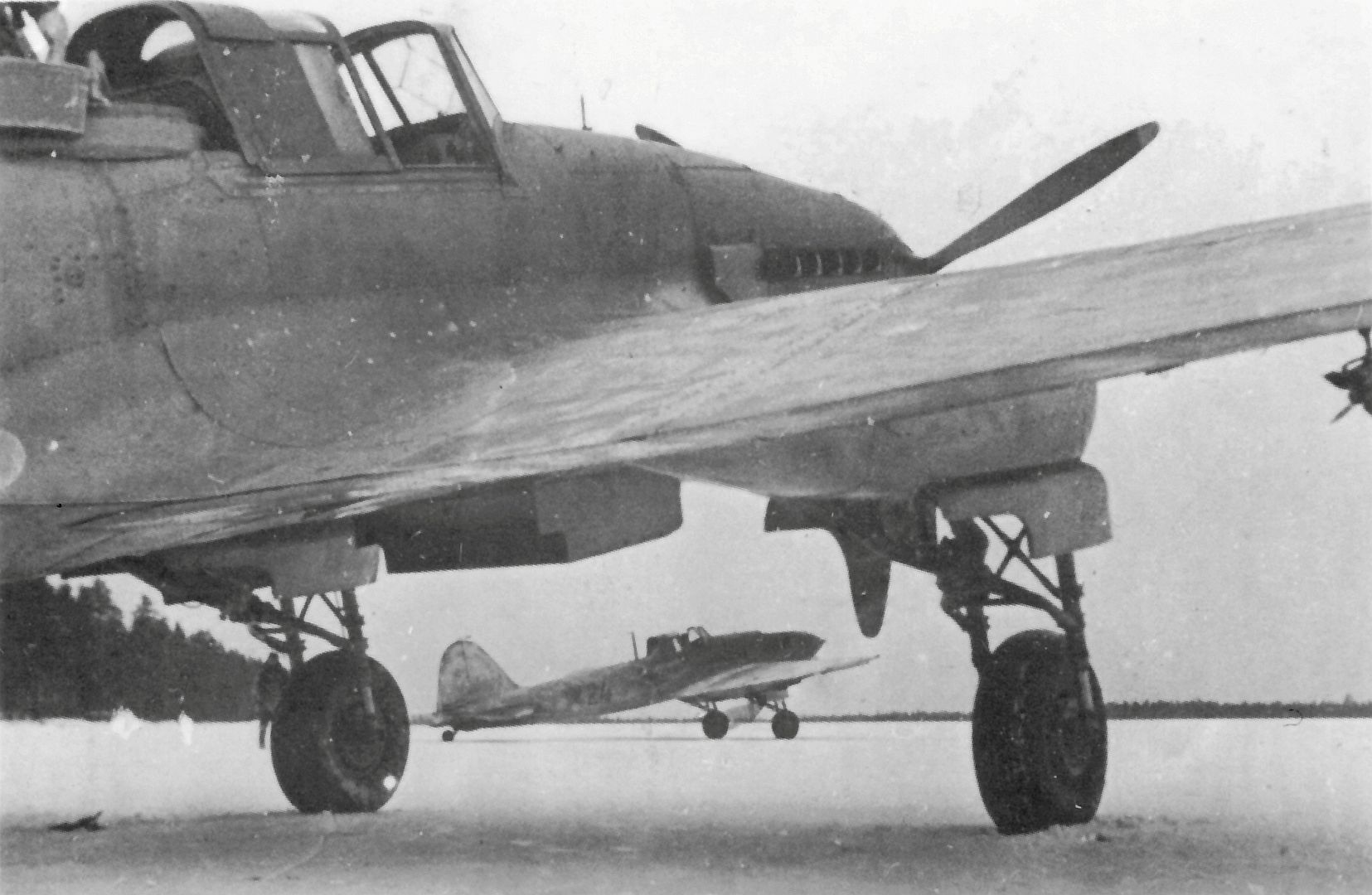
Below Il-2 attack aircraft of the 106th assault aviation regiment, which underwent major repairs at the 217th stationary aviation workshops, before being sent to the front at the Gissar airfield in Tajikistan.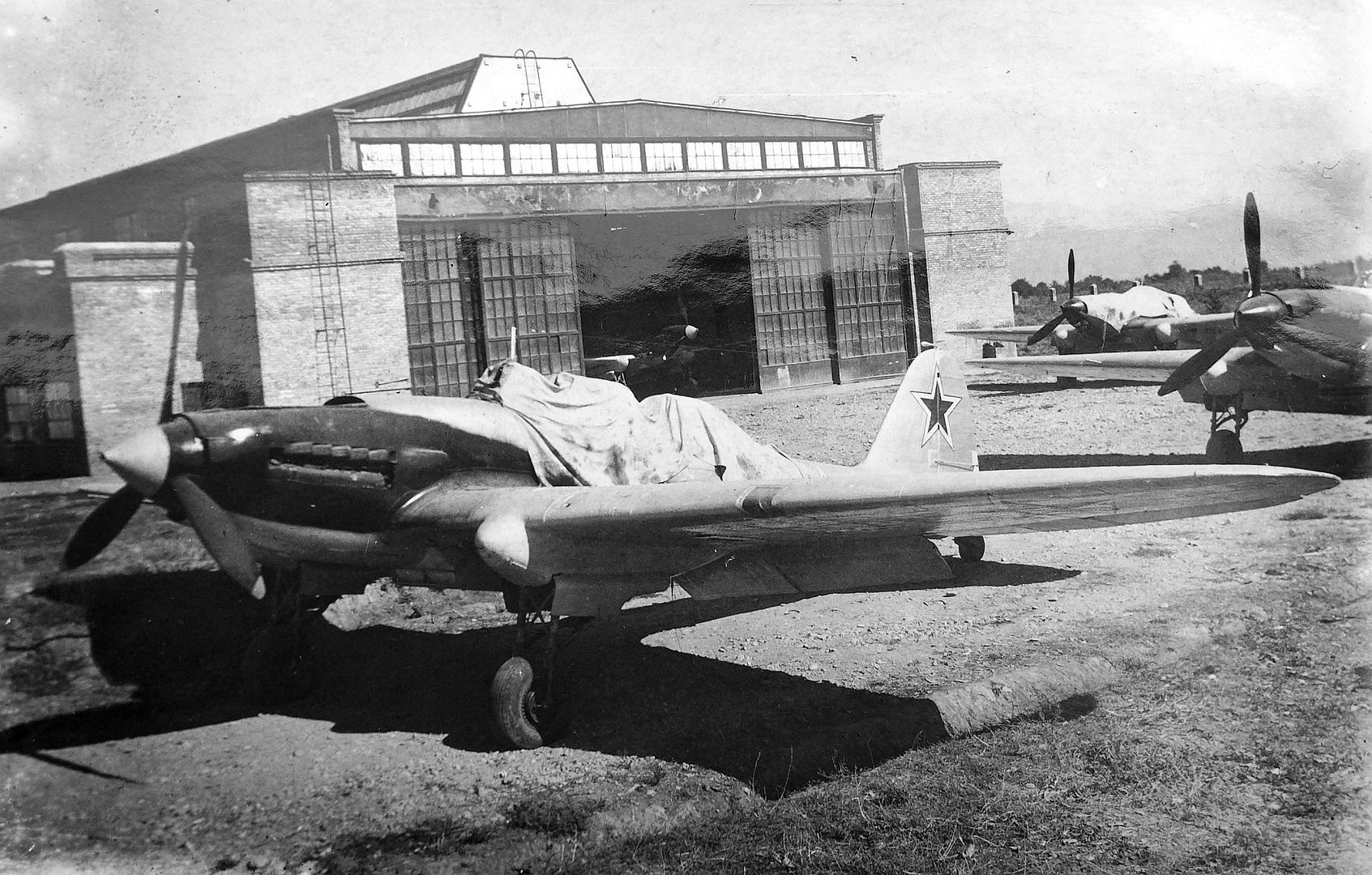
Below A flight of Il-2 attack aircraft from the 140th Guards Assault Aviation Regiment in the skies over Berlin.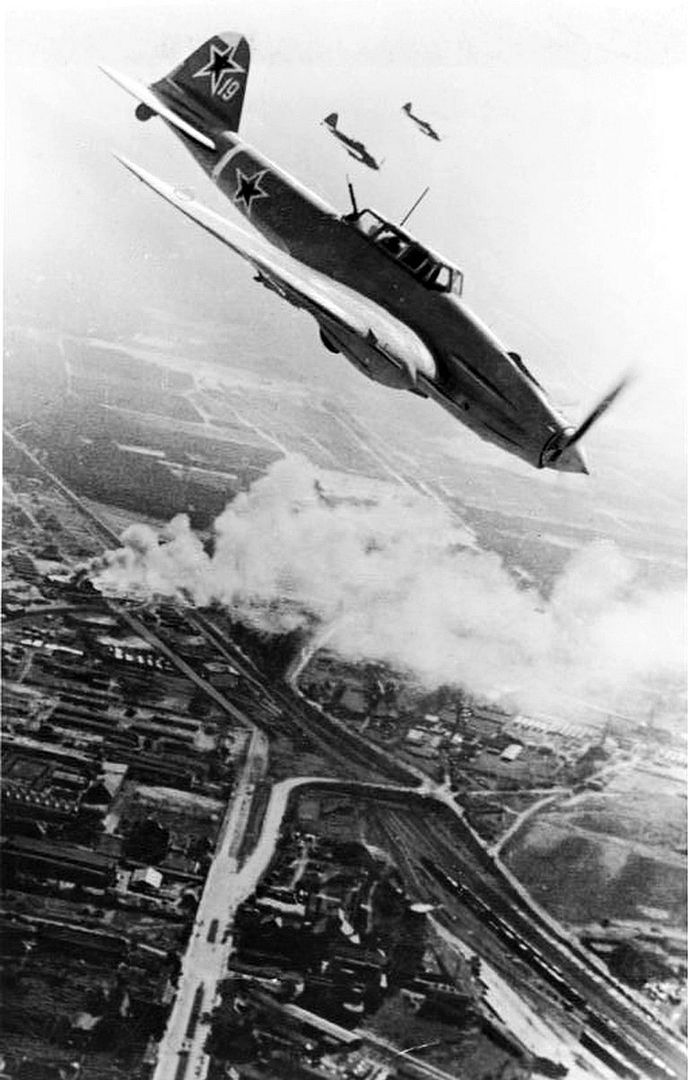
Below Pilots and gunsmiths of the 7th Guards Assault Aviation Regiment of the 230th Assault Aviation Division at the Il-2 attack aircraft of the commander of the third squadron, Guards Captain Vasily Borisovich Emelyanenko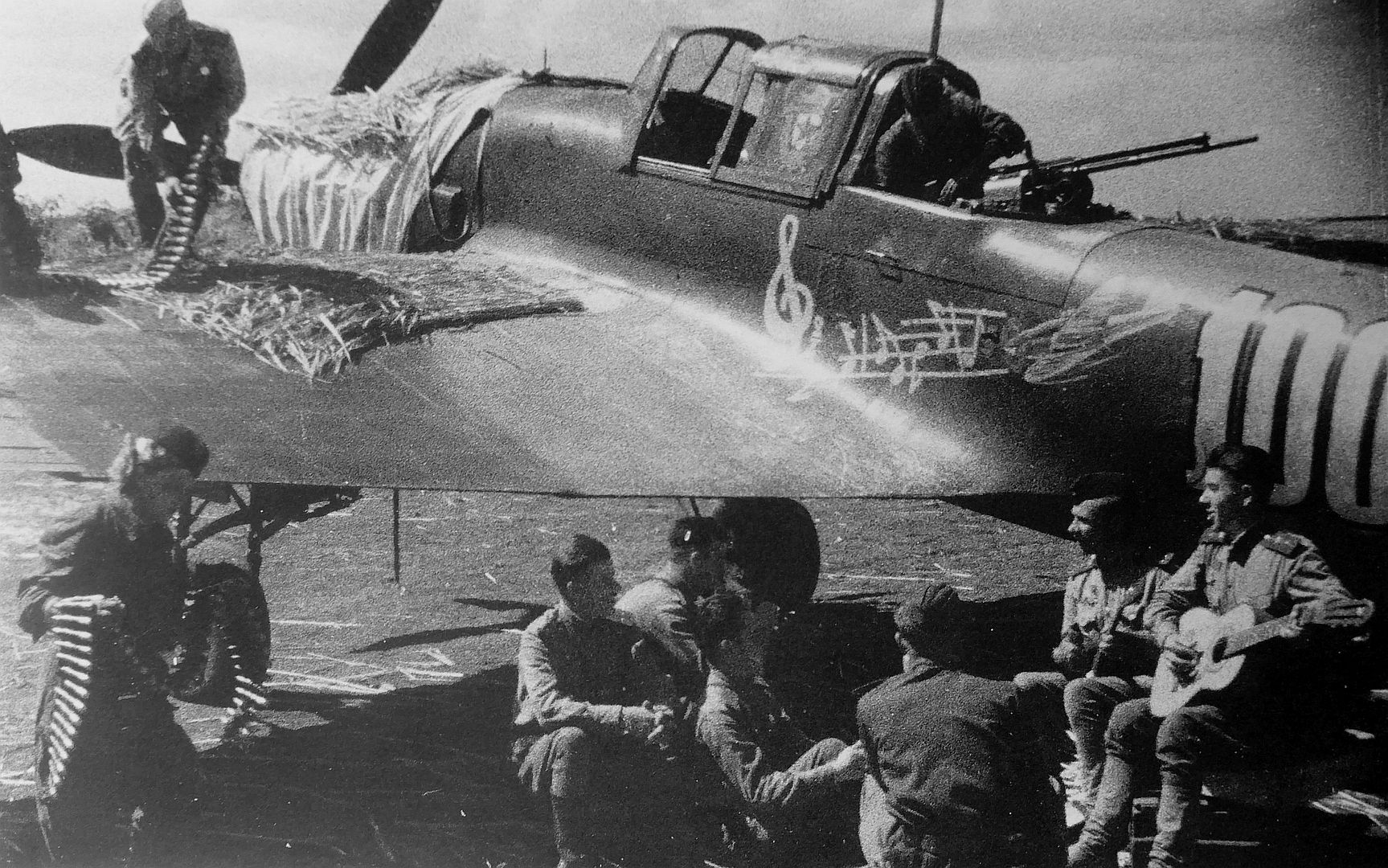
Below 1st air army of the Western Front, corporal Elizaveta Alekseyevna Ushakova prepares a FAB-100 aerial bomb for suspension on an Il-2 attack aircraft.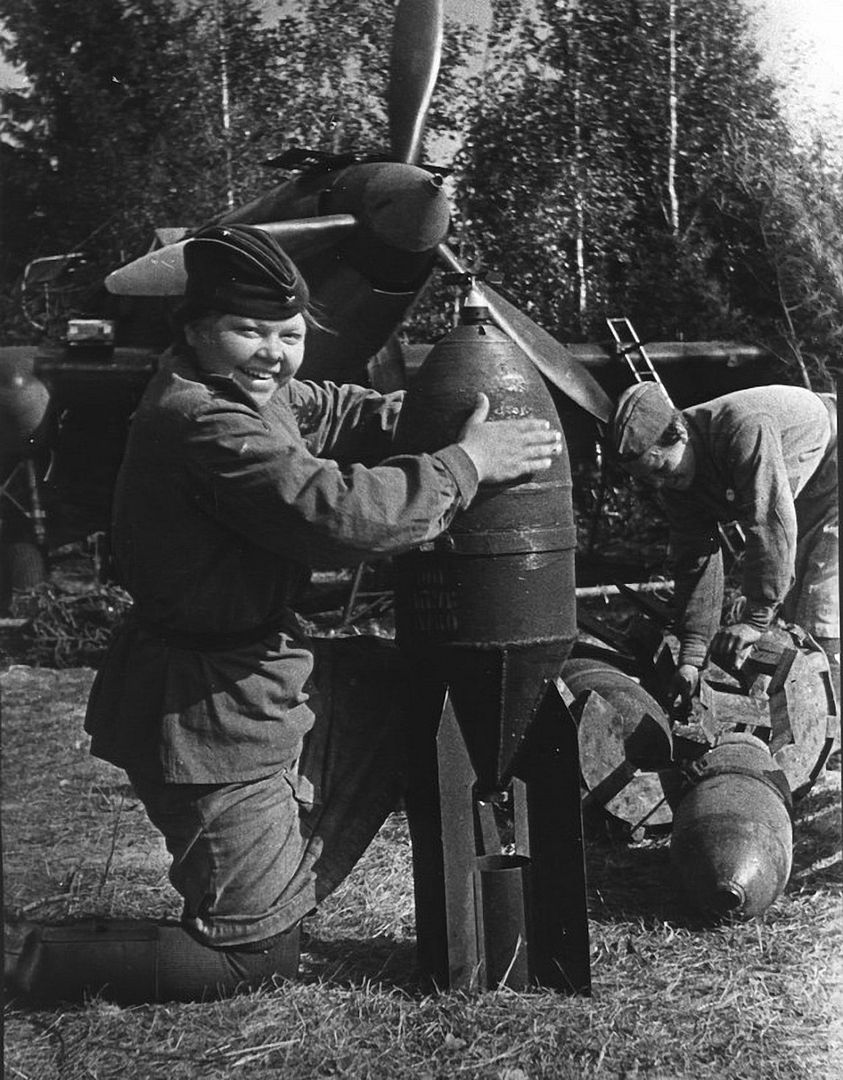
Below The crew of the Il-2 attack aircraft of the 217th assault aviation regiment, Senior Lieutenant Nikolai Andreevich Rozhnov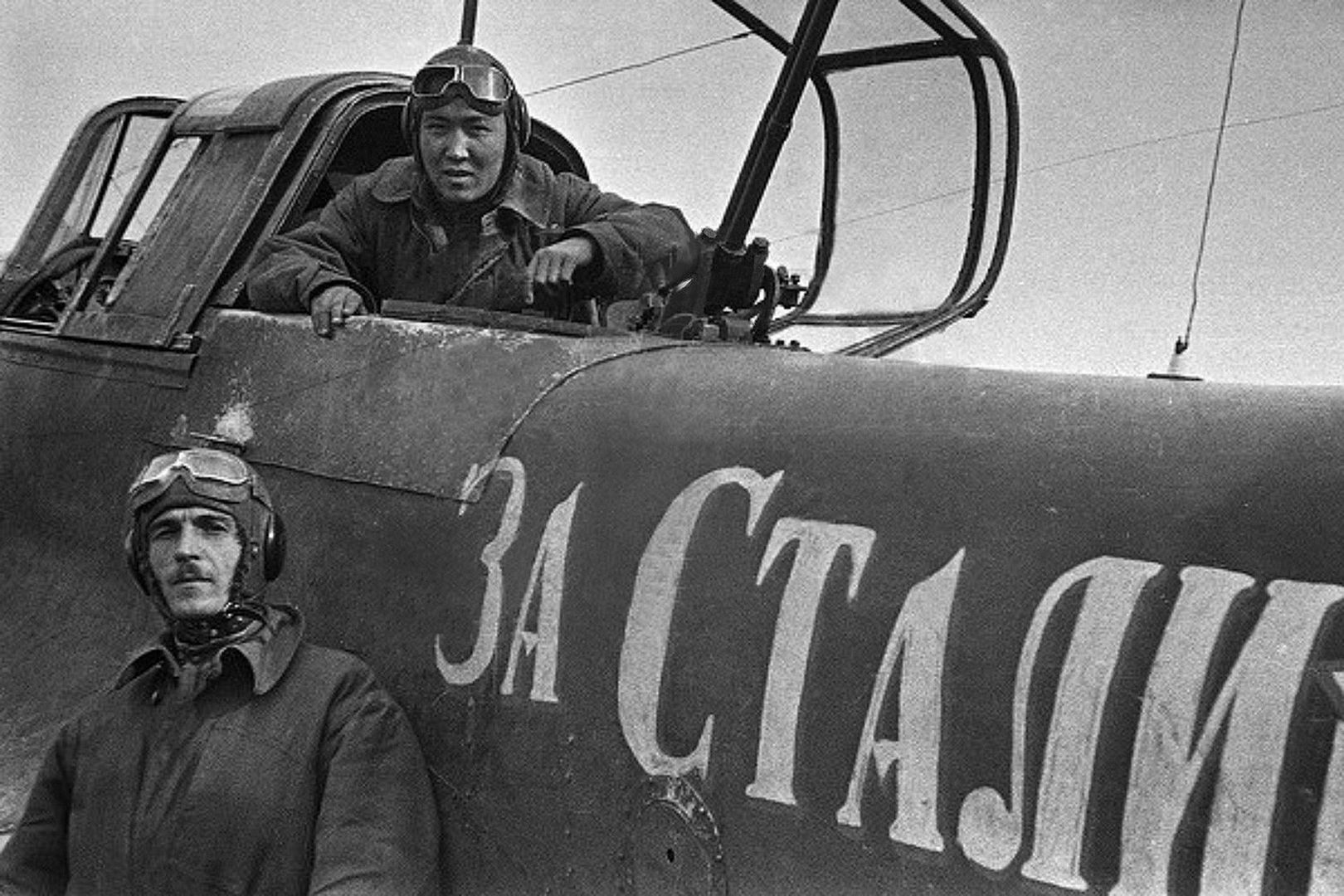
Below Technician of the 6th separate guards assault aviation regiment (3rd Air Army, 1st Baltic Front), Guards technician-lieutenant Mikhail Petrovich Churbanov with an Il-2 attack aircraft.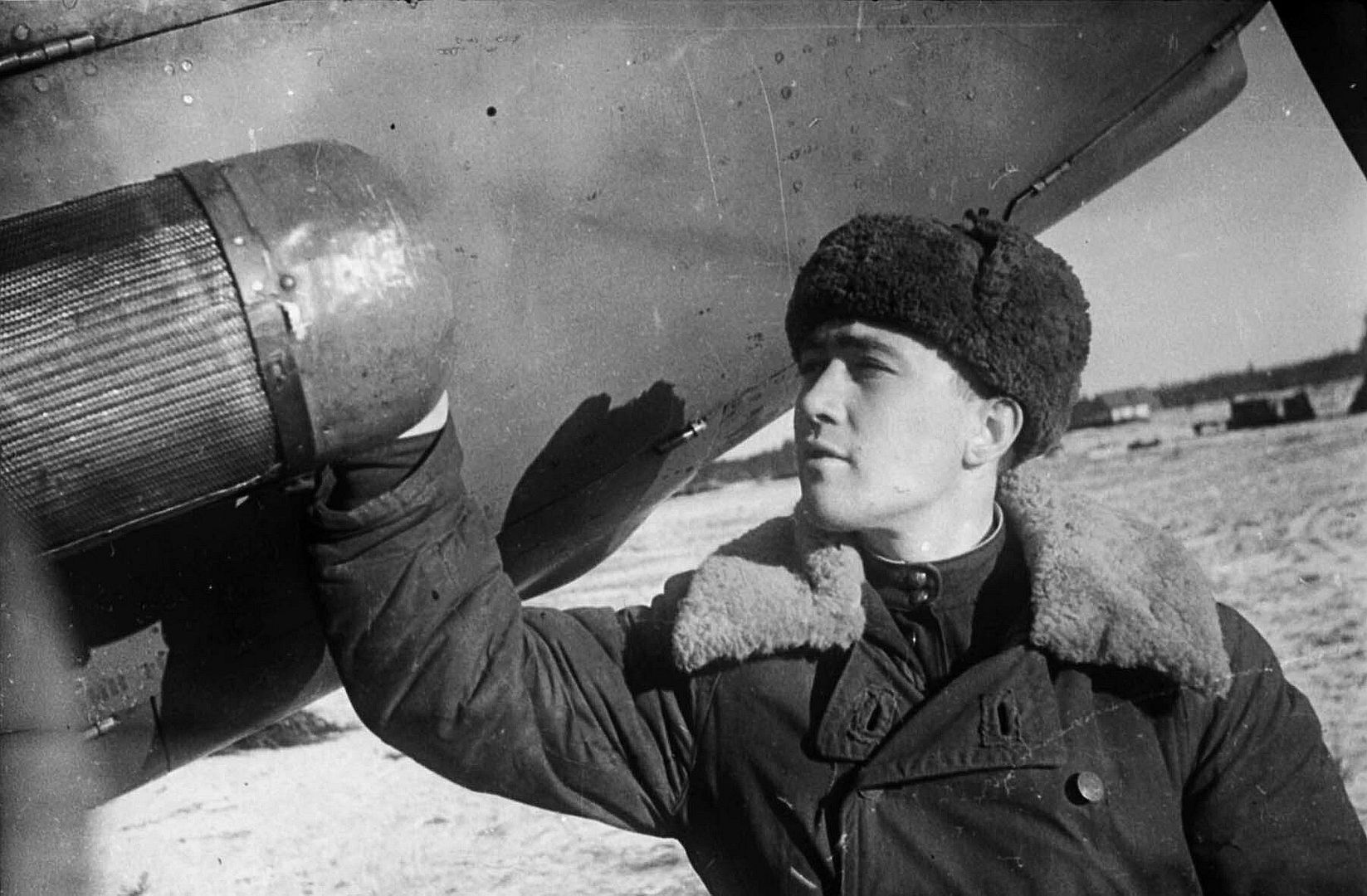
Below 335th Attack Aviation Division of the 3rd Air Army of the 1st Baltic Front, Captain Ivan Fomich Pavlov air gunner Guards Sergeant Major Gennady Sergeevich Mamyrin with their Il-2M3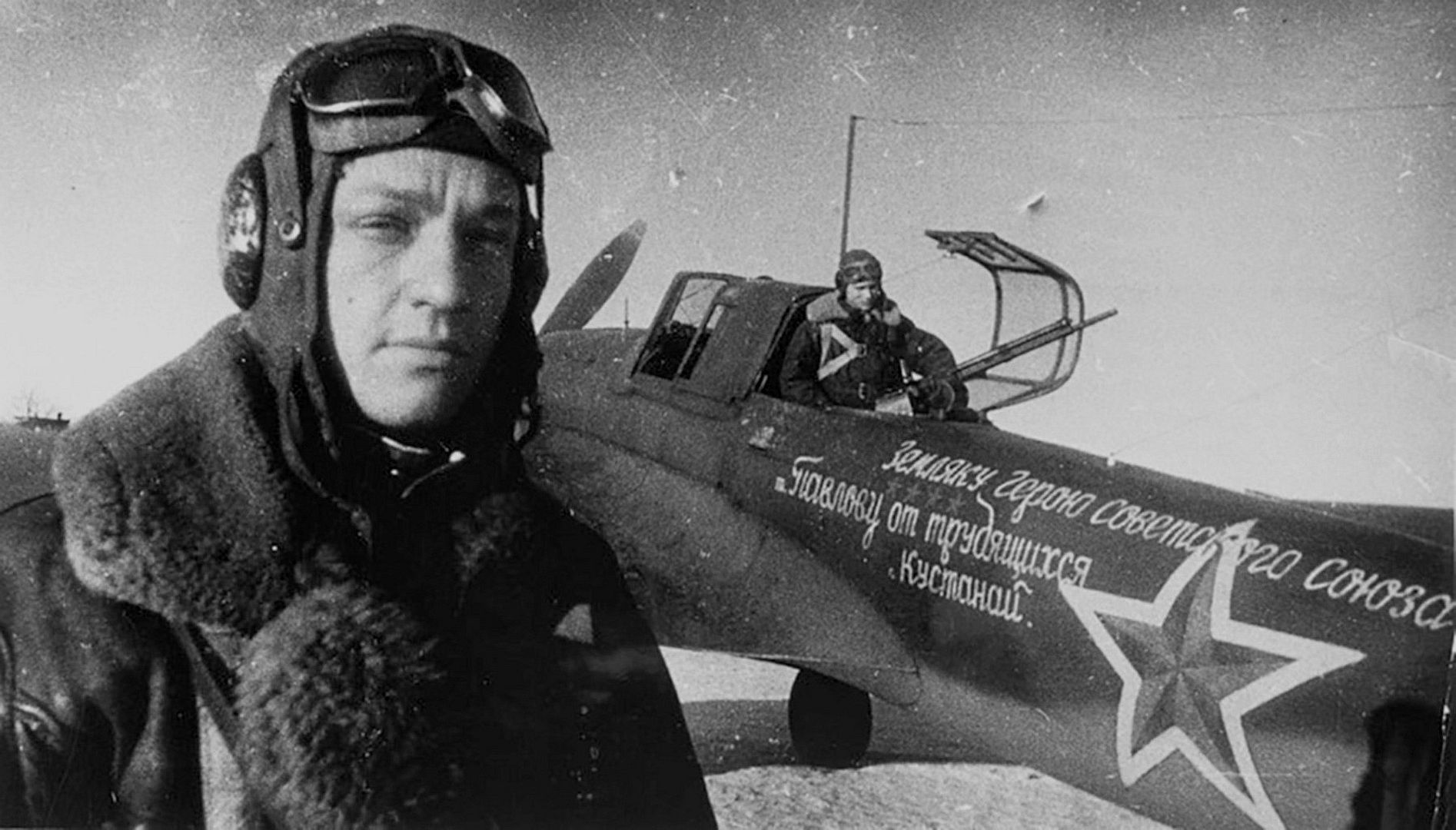
Below Air gunner of the 703rd Assault Aviation Regiment of the 281st Assault Aviation Division of the Leningrad Front, Sergeant Mikhail Nikitovich Sudovsky near an Il-2 at the Krikkovo airfield.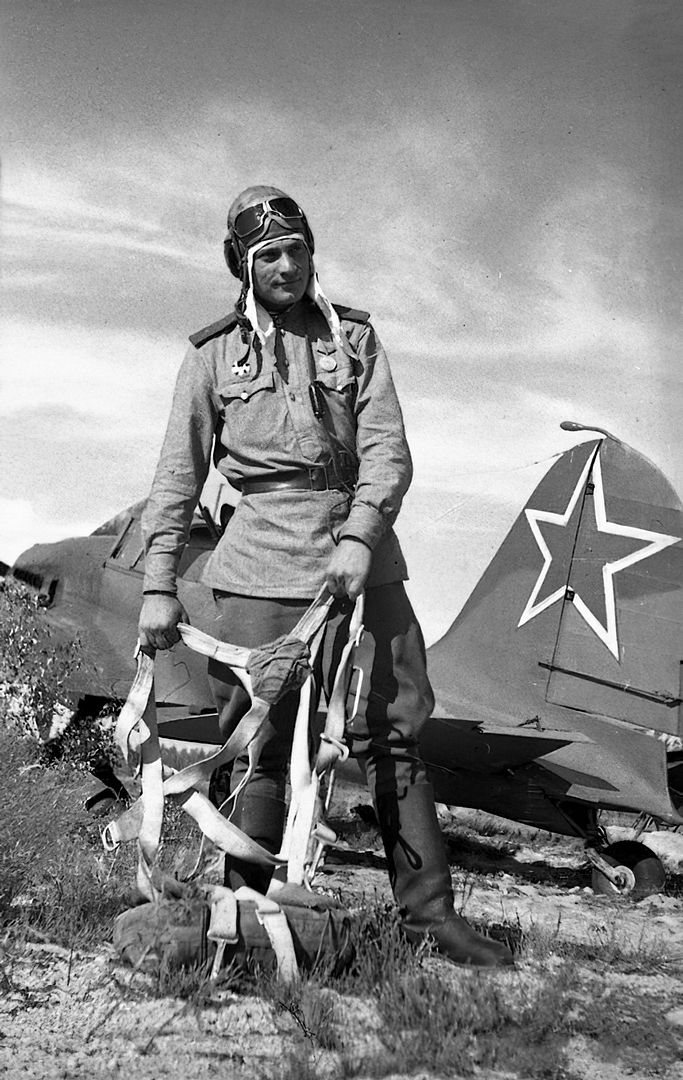
Below Yugoslav civilians examine a wrecked Soviet Il-2 attack aircraft that was shot down or made an emergency landing near the city of Belgrade.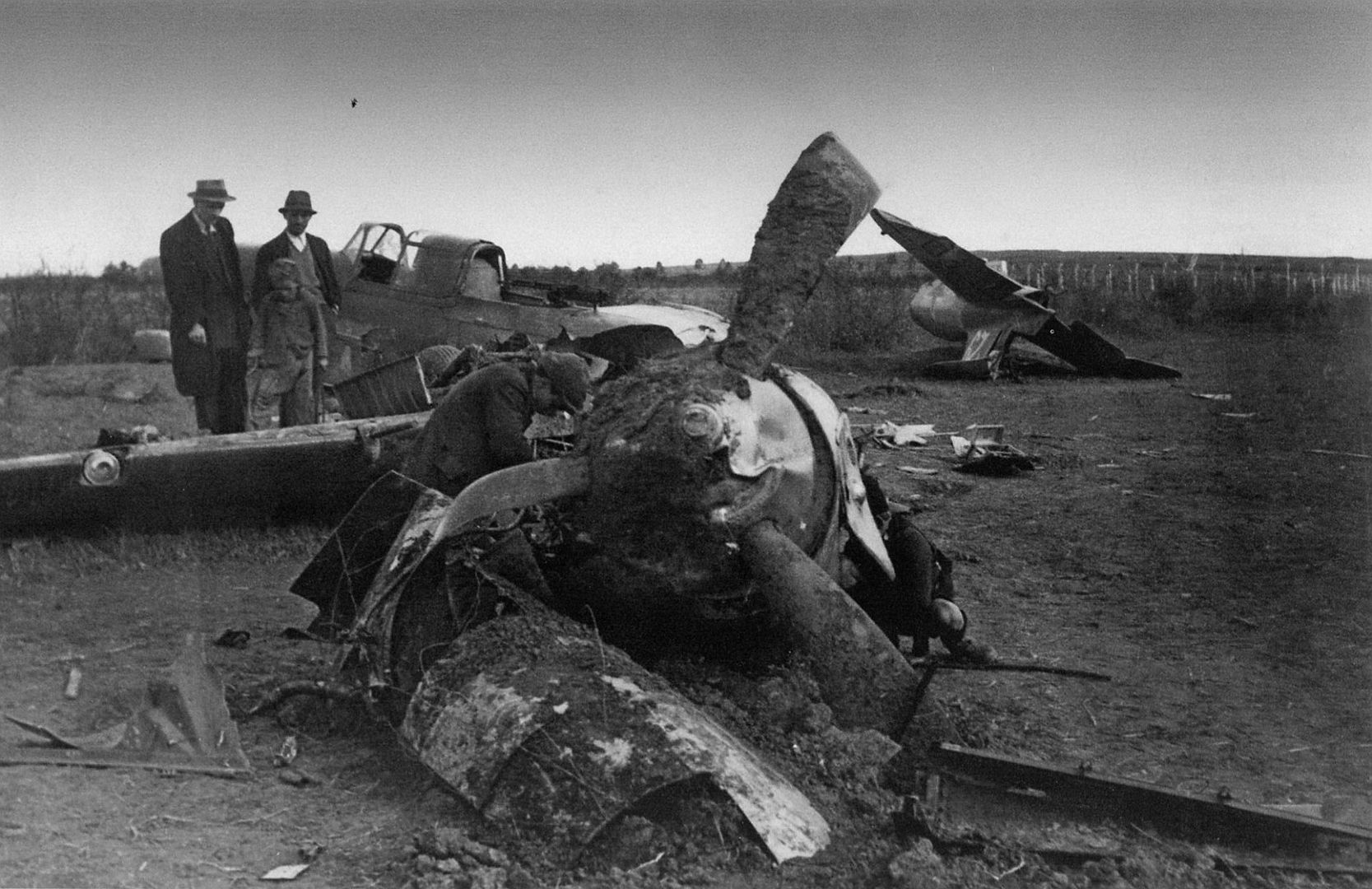
Below The crew of the Il-2 attack aircraft of the 217th assault aviation regiment, Senior Lieutenant Nikolai Andreevich Rozhnov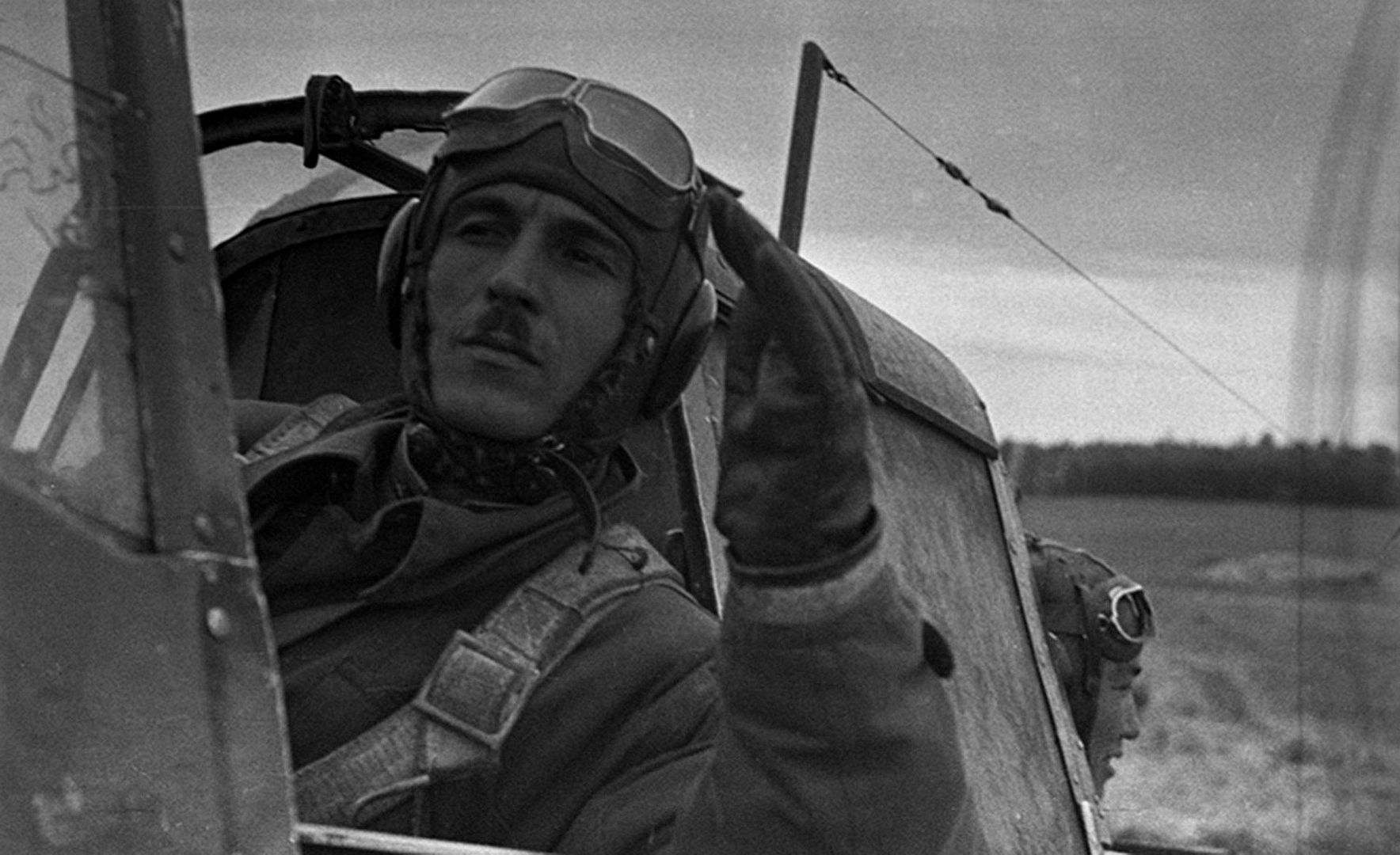
Below The crew of the Il-2 attack aircraft of the 801st attack aviation regiment squadron commander Captain Yemelyan Nazarovich Petrov and air gunner Sergeant Grigory Shlemovich Brodsky. Kalinin Front.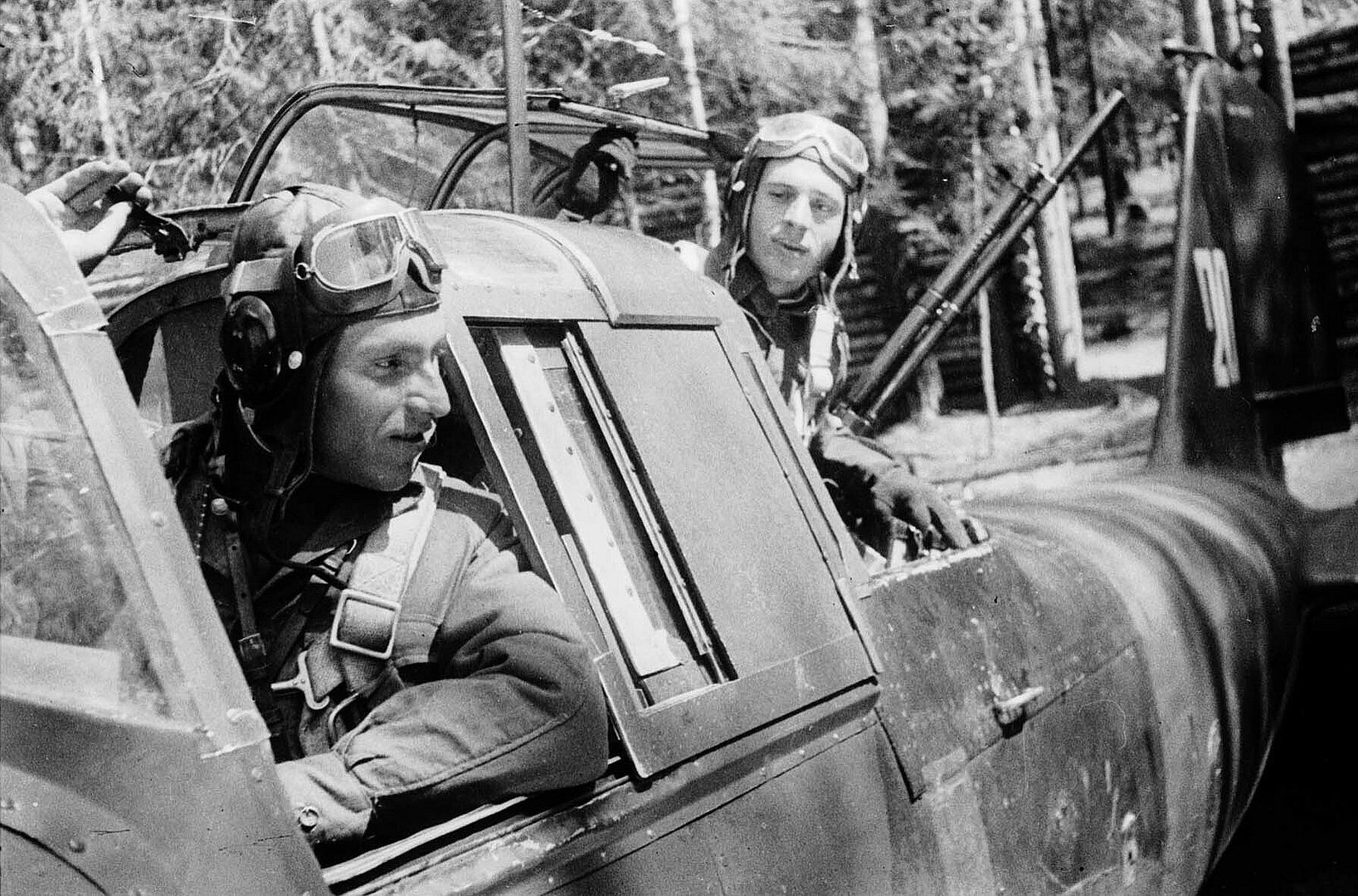
Below The squadron commander demonstrates tactical techniques to the crews of the 6th Assault Aviation Regiment of the Polish Army using a model of the Il-2 attack aircraft.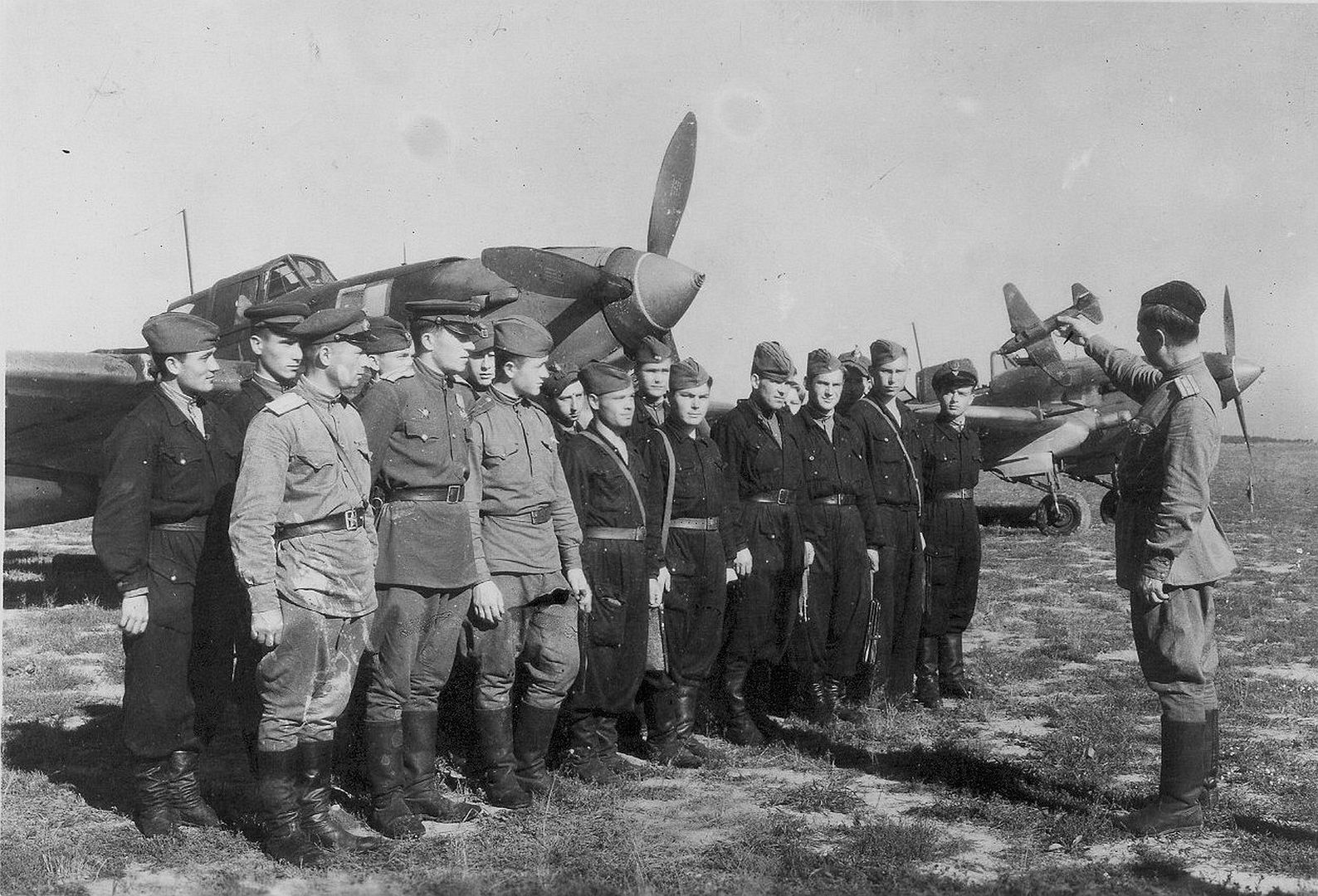
Below The Il-2 Chapayevtsy squadron was built using workers funds - at the beginning of 1944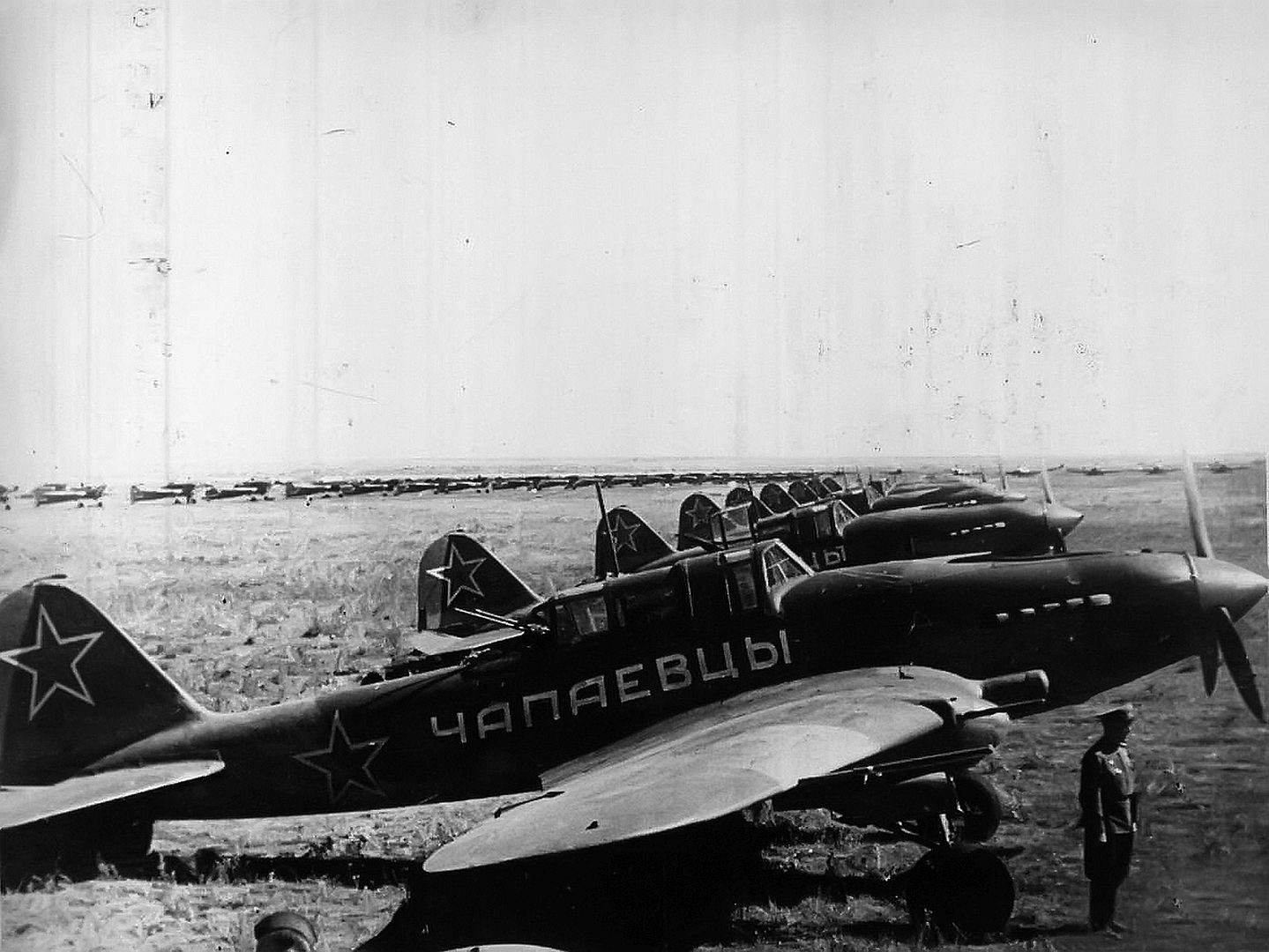
Below Technicians prepare an Il-2 attack aircraft for takeoff at a field airfield. The Il-2 is an early series aircraft, built at Plant No. 381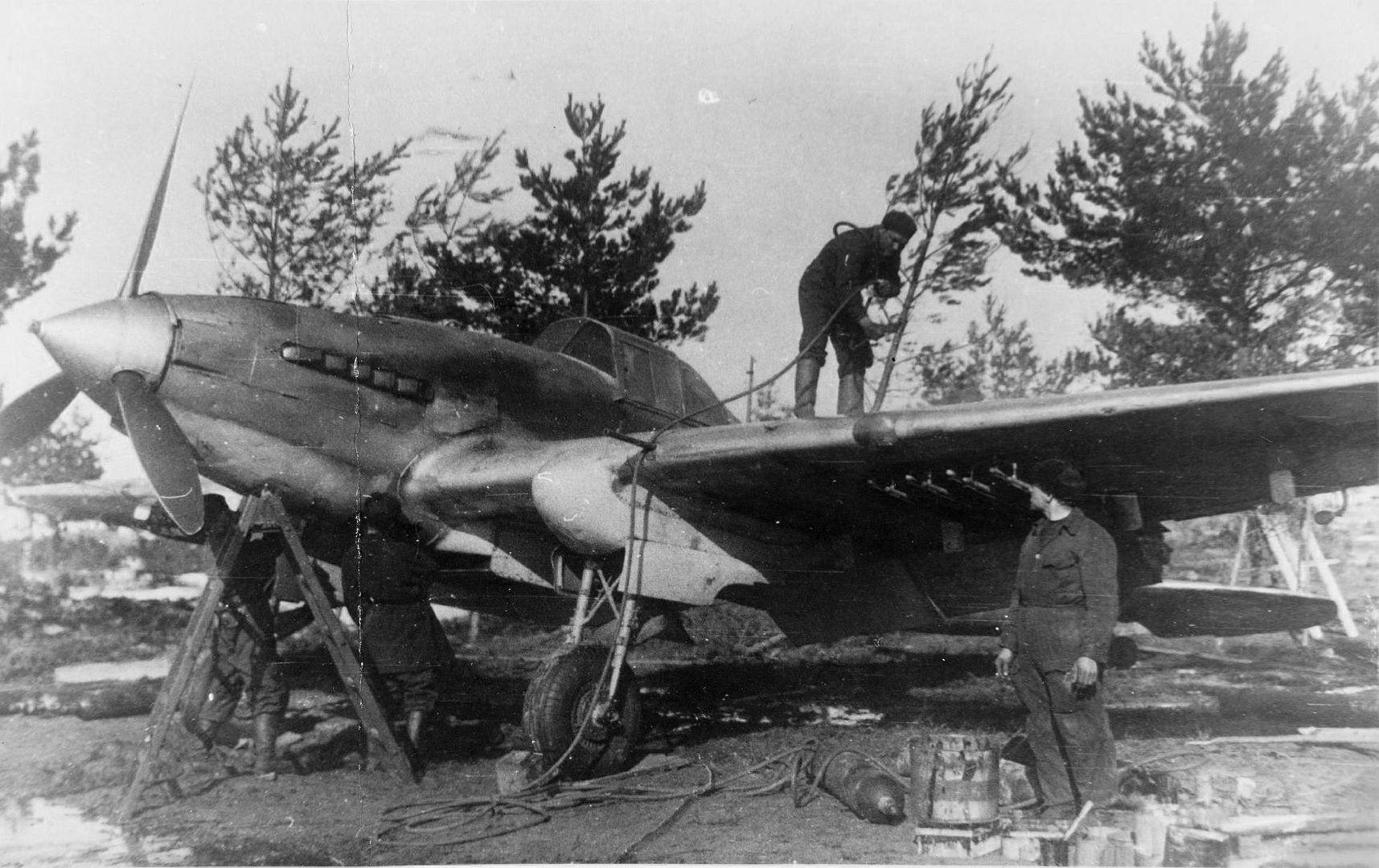
Below The crew of the Il-2 attack aircraft of Junior Lieutenant Vasily Aleksandrovich Tarelkin from the 6th Guards Attack Aviation Regiment before a combat sortie. Kalinin Front.
Below Technicians of the 801st Assault Aviation Regiment of the 232nd Assault Aviation Division service the engine of an Il-2 attack aircraft after a combat sortie.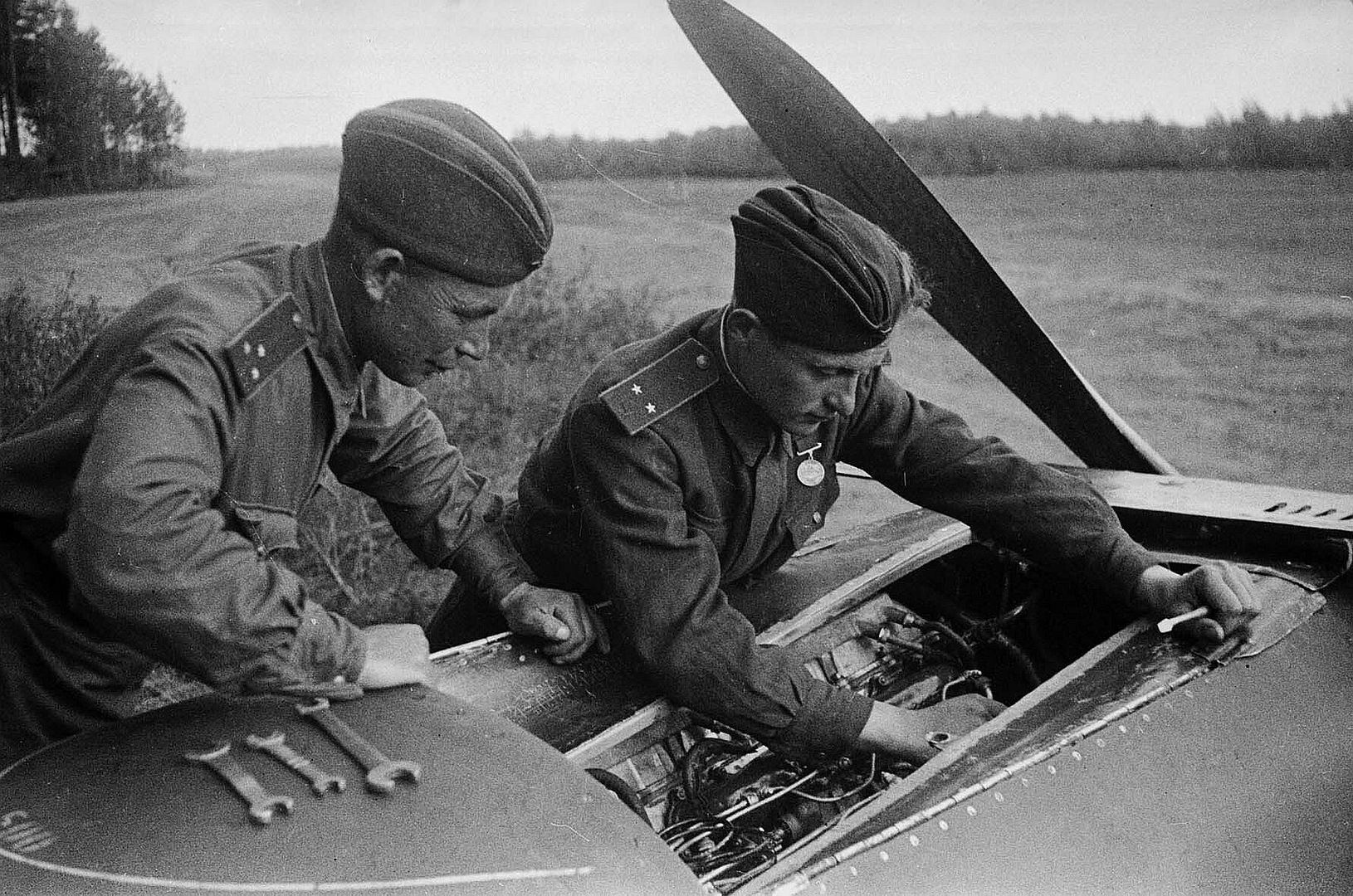
Below Starting the engine of the Il-2 attack aircraft of the 57th dive-attack aviation regiment of the Red Banner Baltic Fleet Air Force using the AS-1 aircraft starter based on the GAZ-AA truck.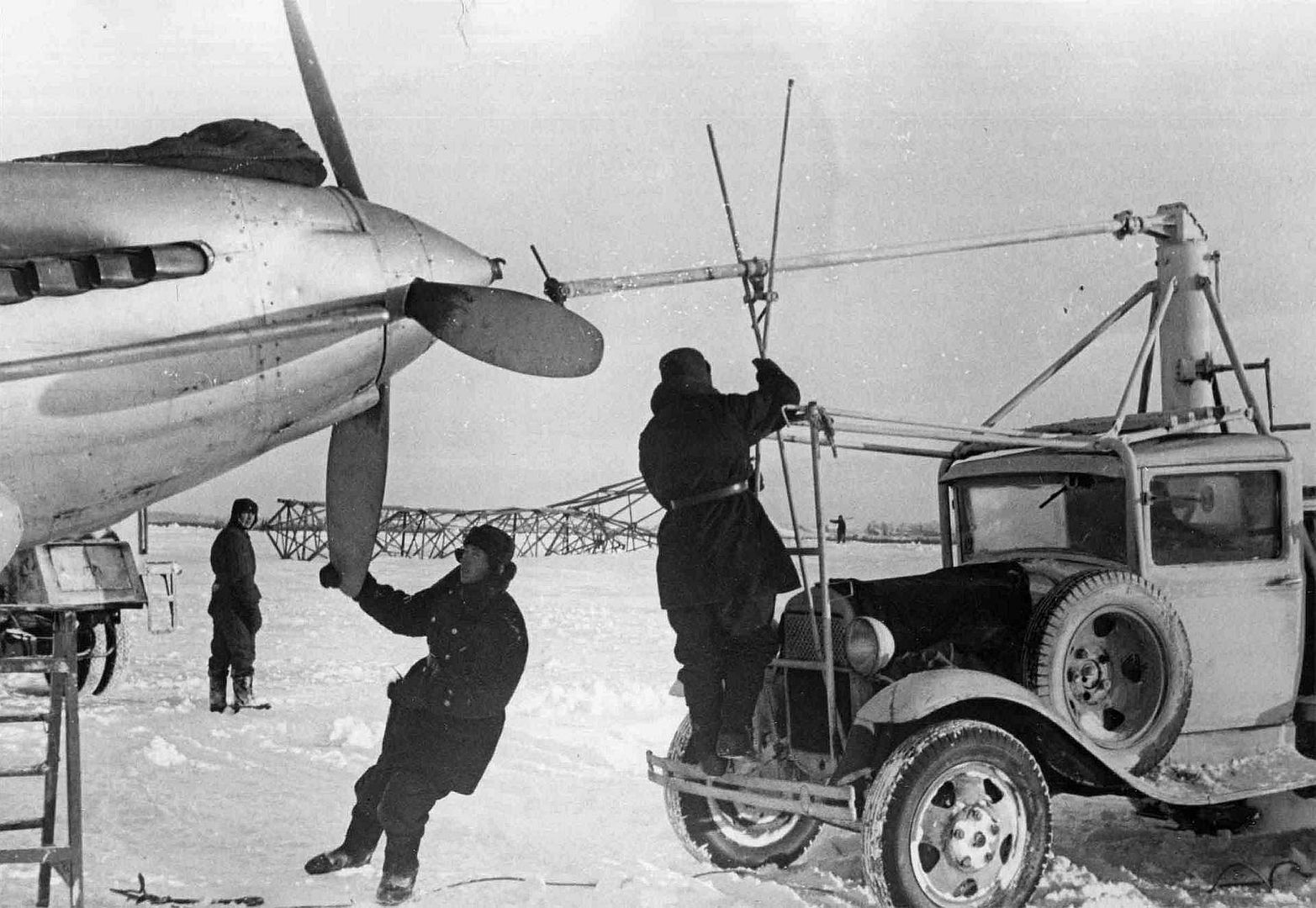
below Soviet single-seat attack aircraft Il-2 of the early series on the airfield 1941-1942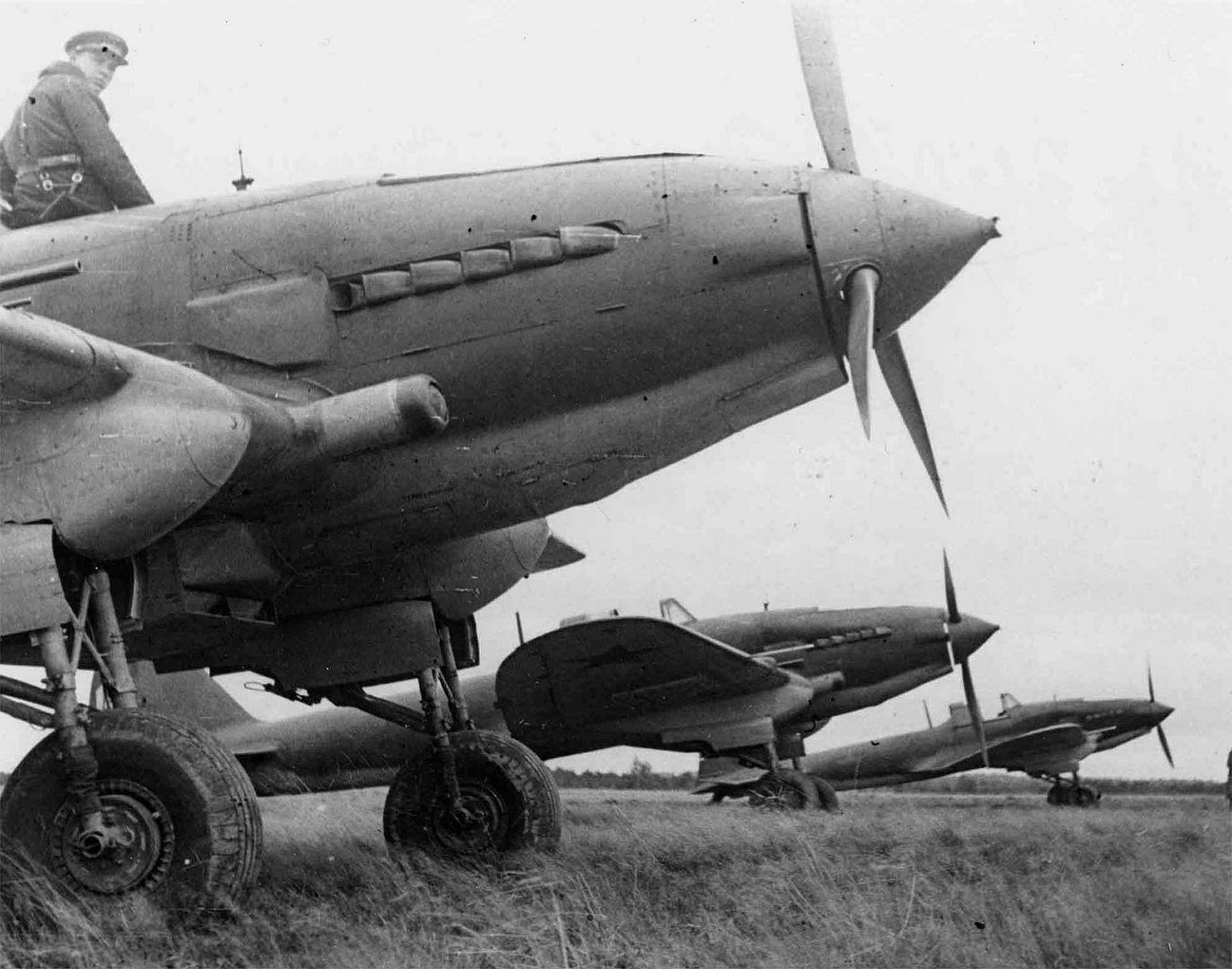
Below Soviet pilots near an Il-2 attack aircraft discuss a combat mission.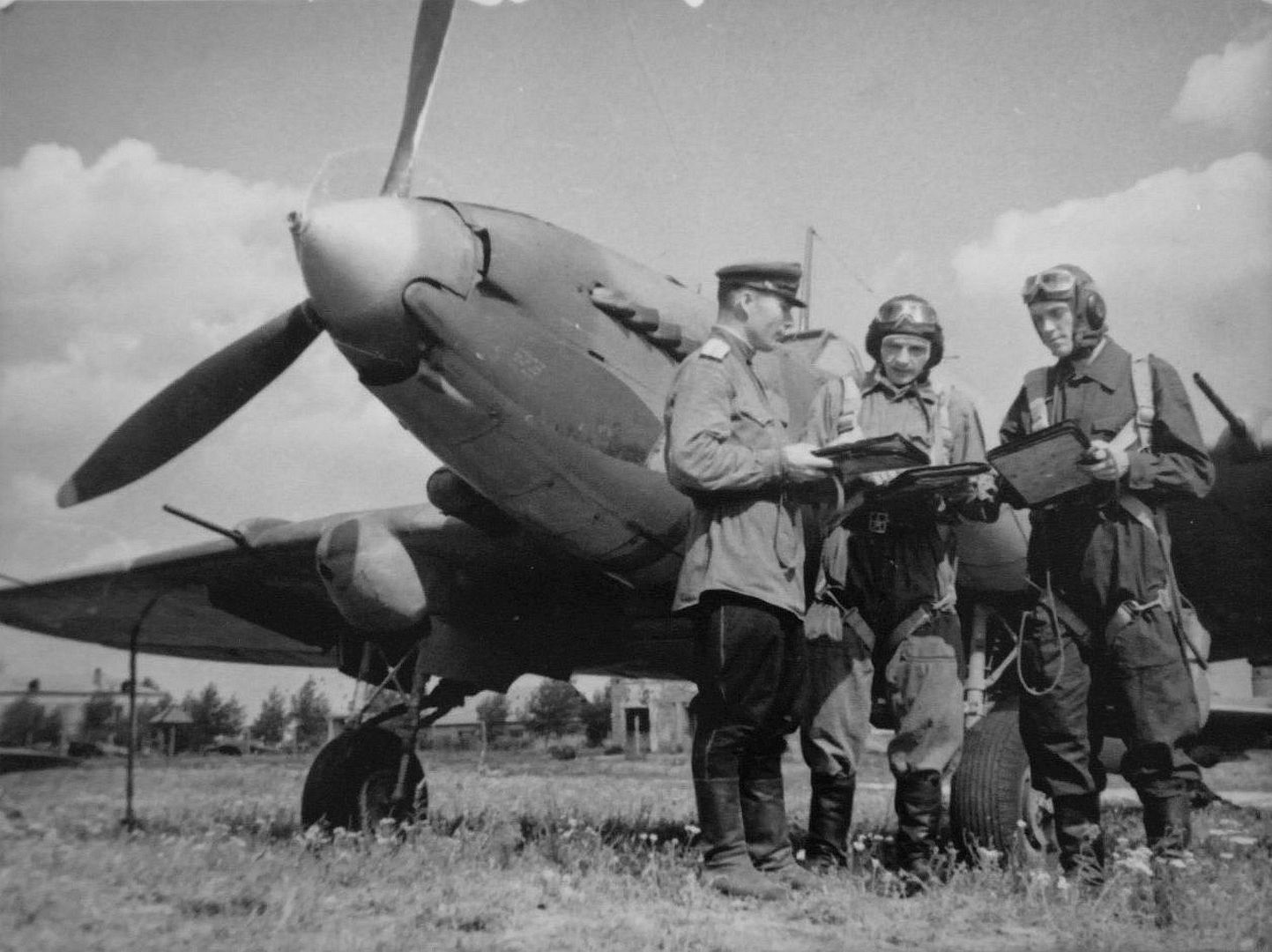
Below Technical personnel of the 820th Kyiv Assault Aviation Regiment by an Il-2 attack aircraft.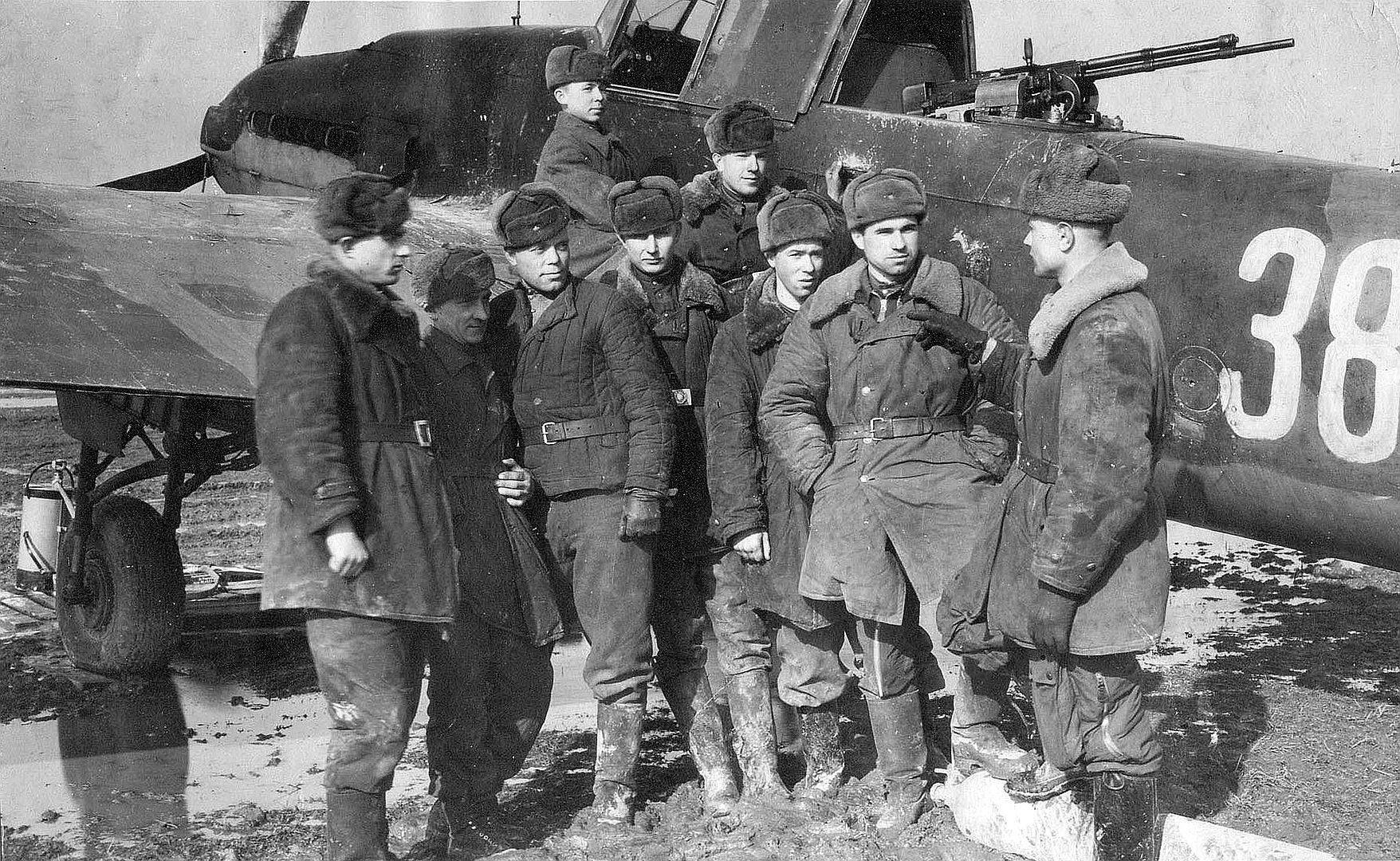
Below Squadron Commander of the 617th Assault Aviation Regiment of the 281st Aviation Division of the 2nd Air Army of the Voronezh Front, Senior Lieutenant Andrei Fedorovich Proshkin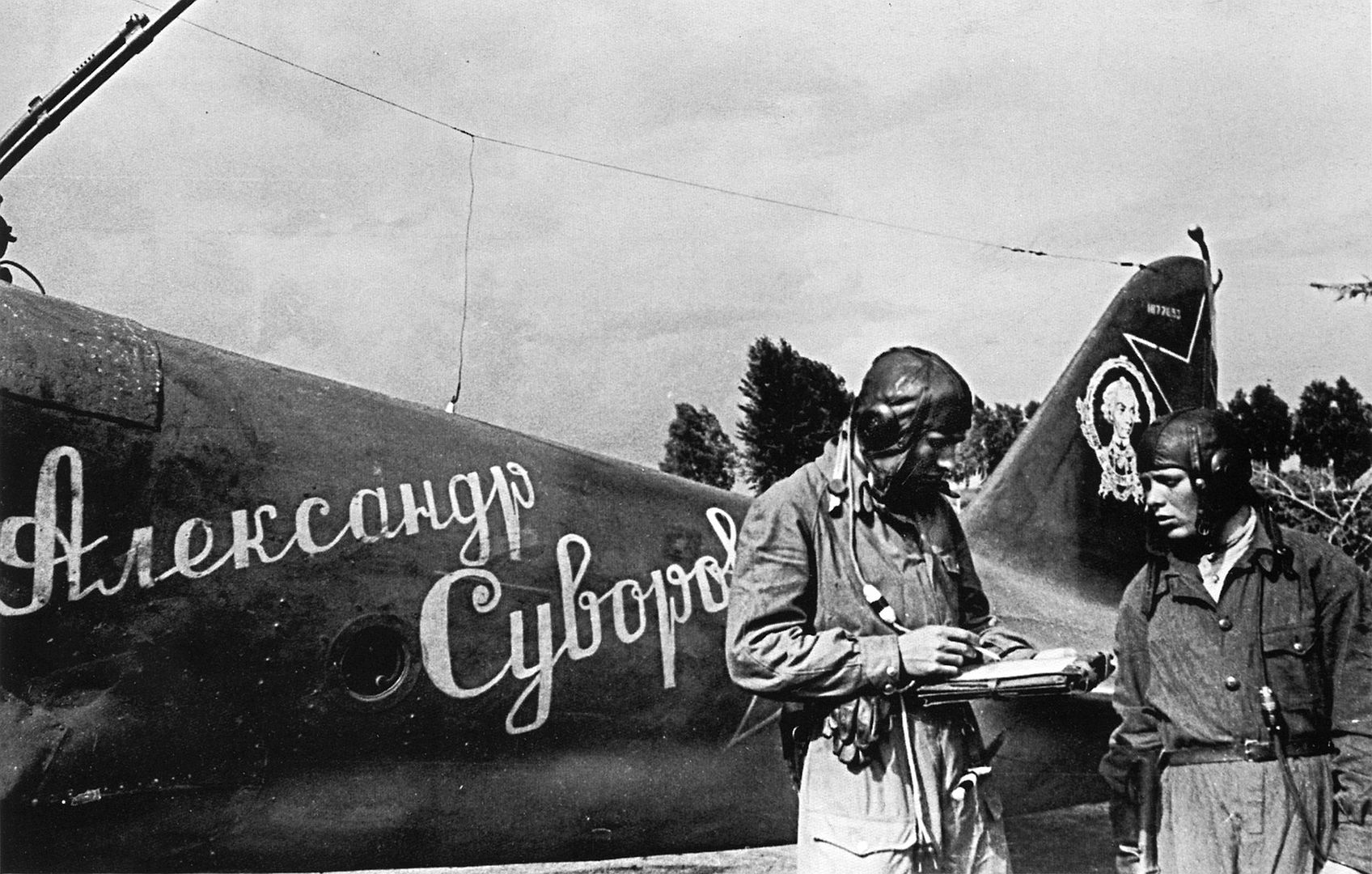
Below Soviet Il-2 attack aircraft on ski chassis. RS-132 rockets are suspended under the wings of the attack aircraft. Winter 1941-1942.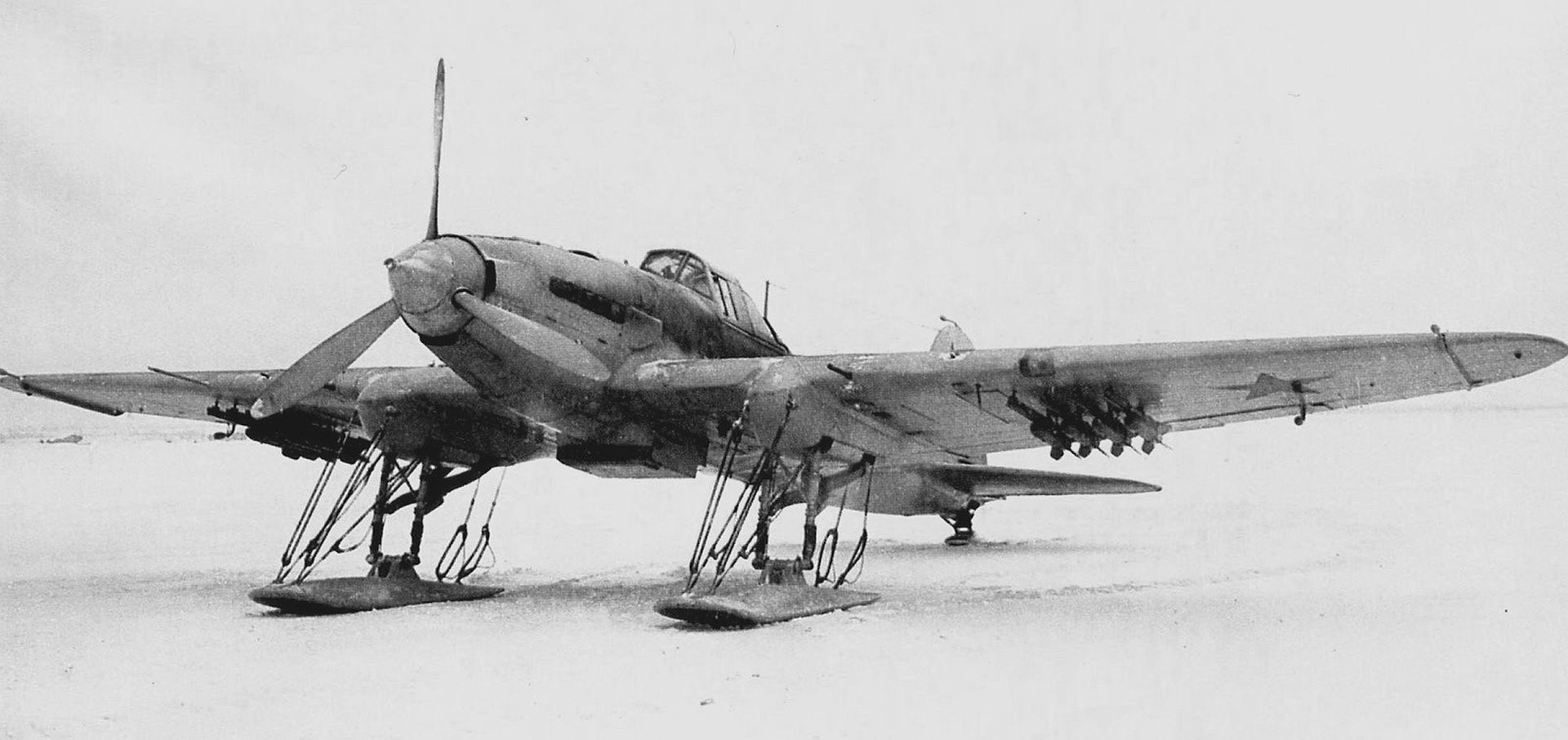
Below Soviet pilots at the airfield pass by their Il-2 attack aircraft.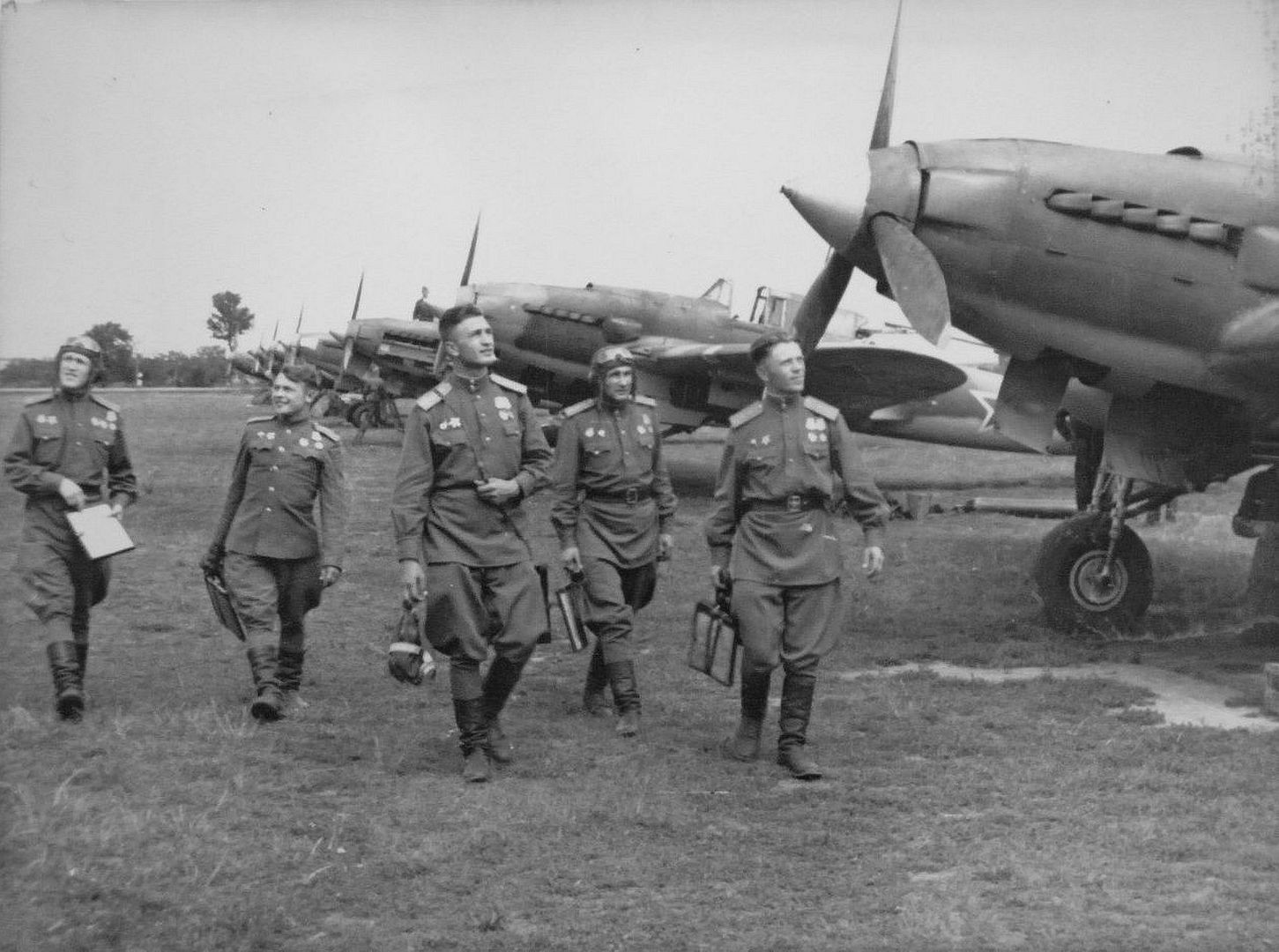
Below Soviet Il-2KR spotter-reconnaissance aircraft from the 151st separate spotter-reconnaissance aviation regiment and its crew members at the airfield.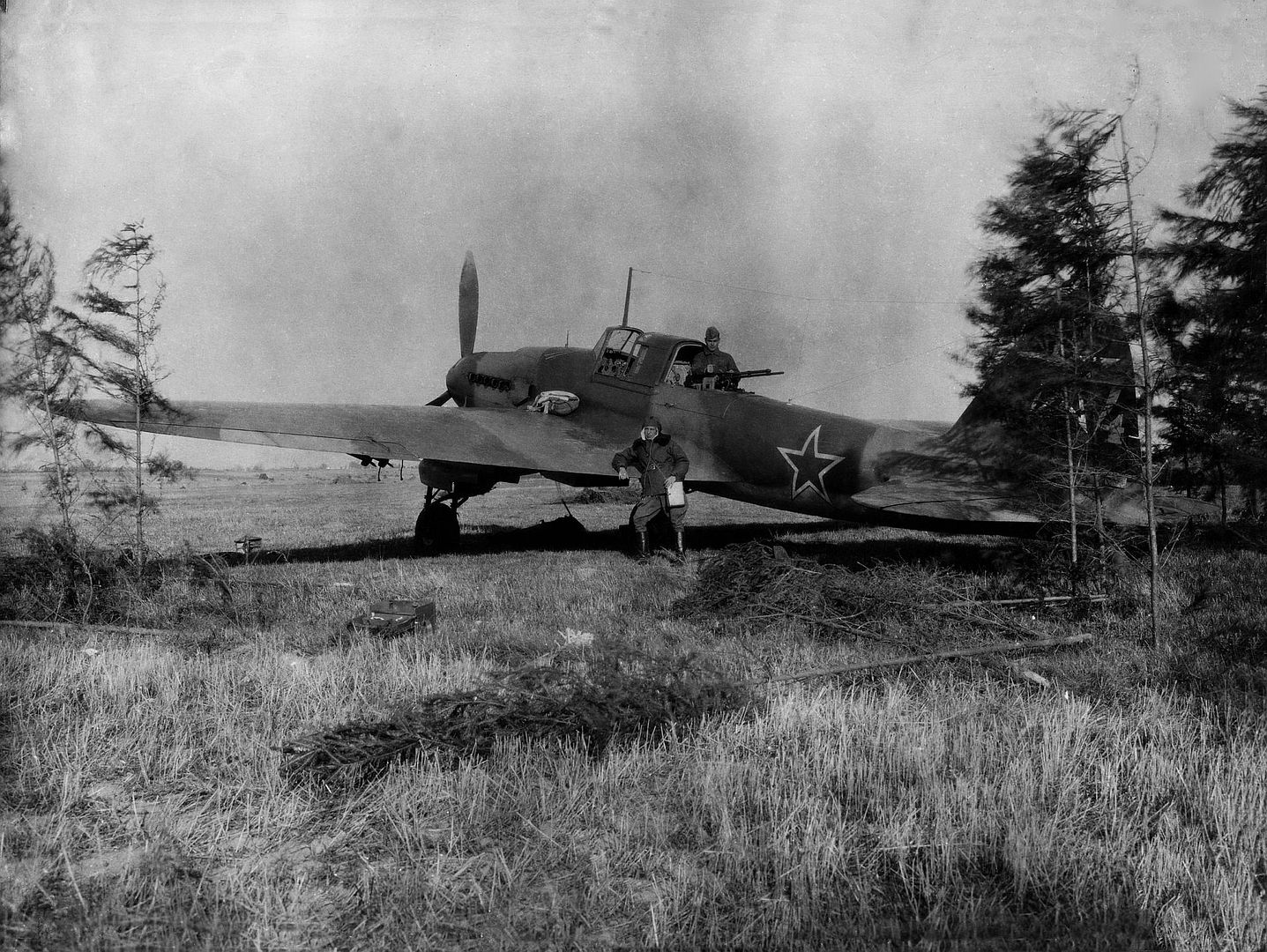
Below Soviet Il-2 attack aircraft take off from a field airfield near Stalingrad.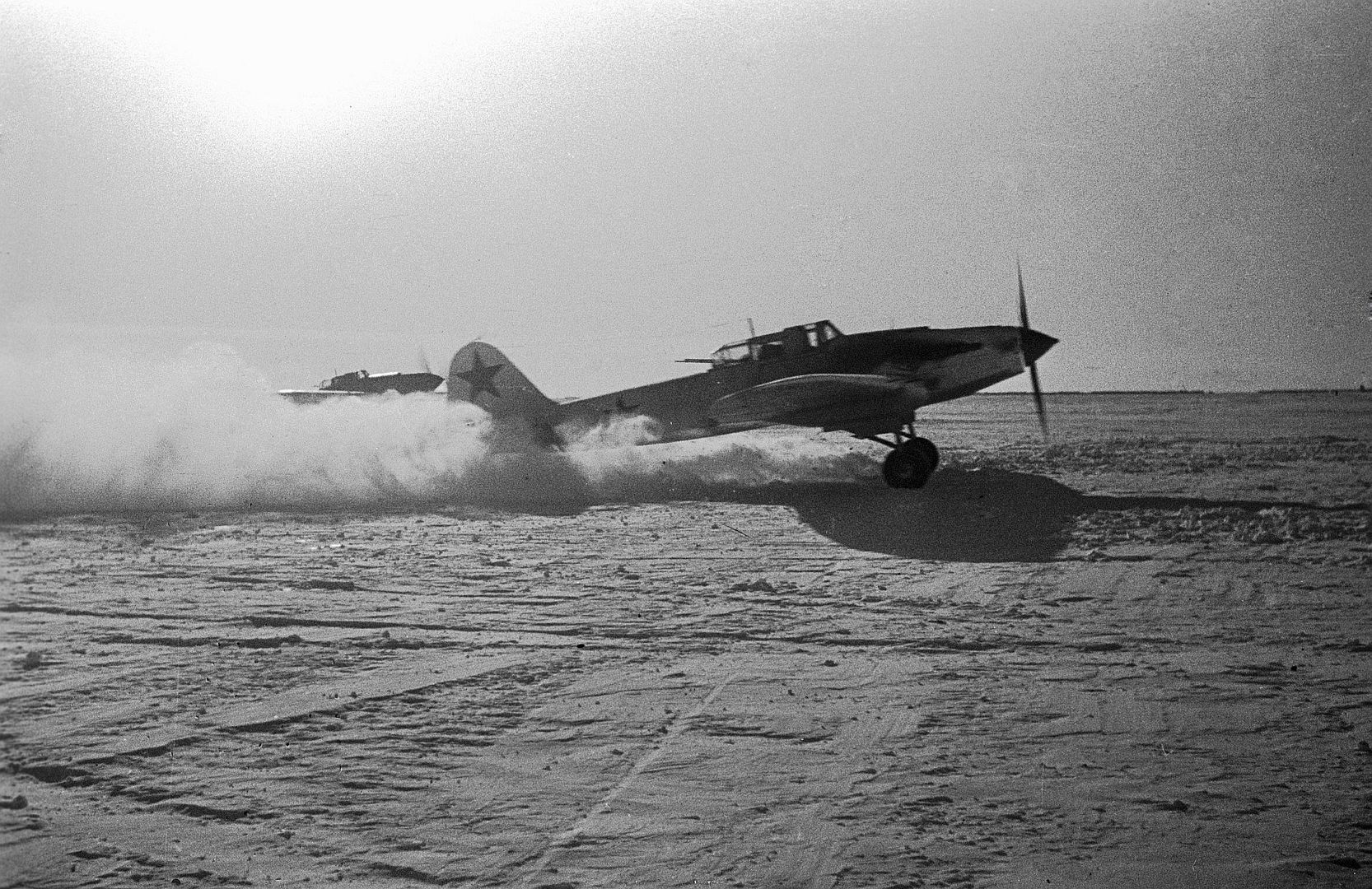
Below Soviet Il-2 attack aircraft warm up their engines before taking off from a field airfield. 1943-1944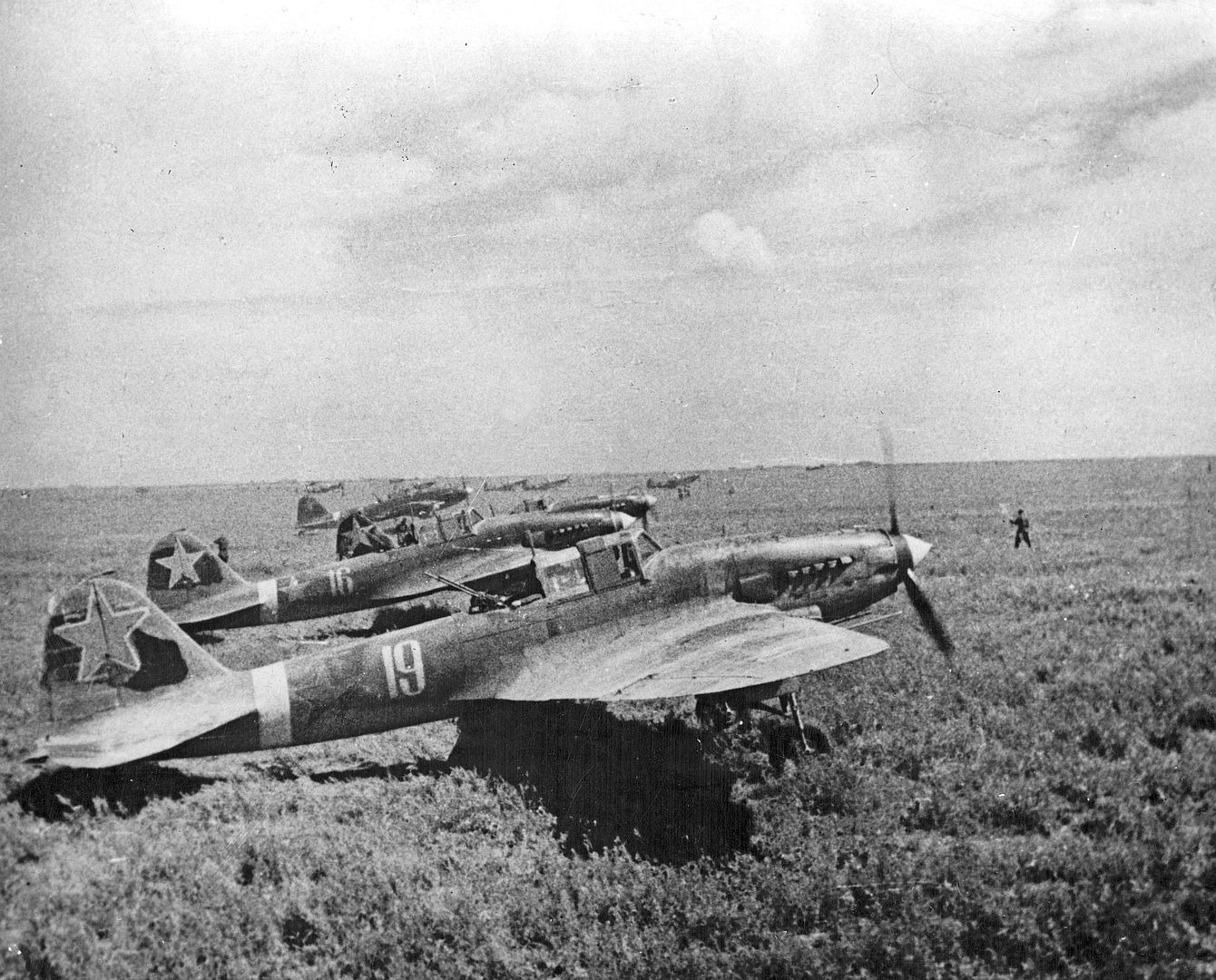
Below Soviet Il-2 attack aircraft abandoned in a field. Presumably, it made an emergency landing. The plane's red star was cut off along with the skin. 1941-1942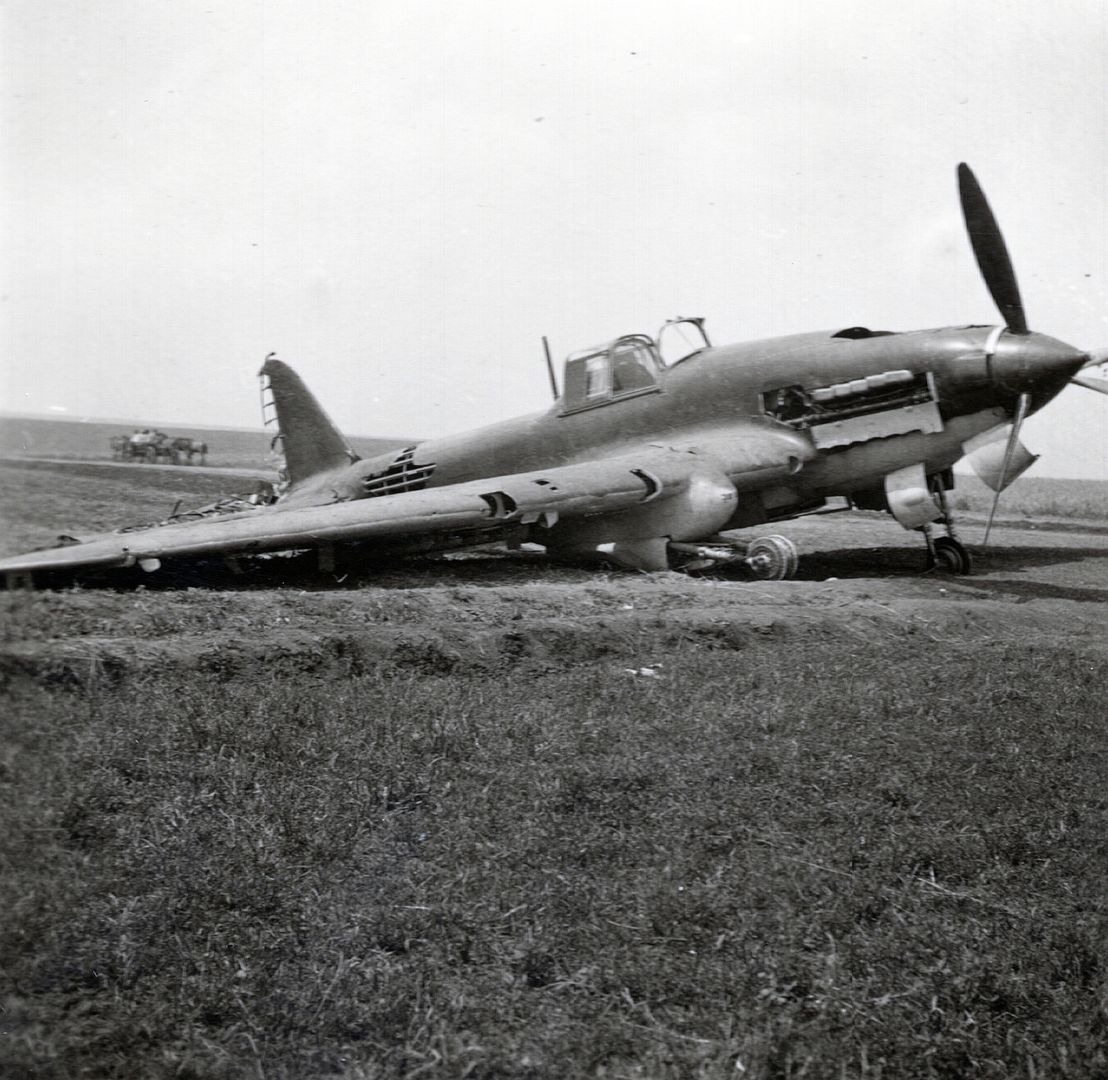
Below Servicemen of the 820th Assault Aviation Regiment of the 292nd Assault Aviation Division of the 1st Assault Aviation Corps near an Il-2 attack aircraft.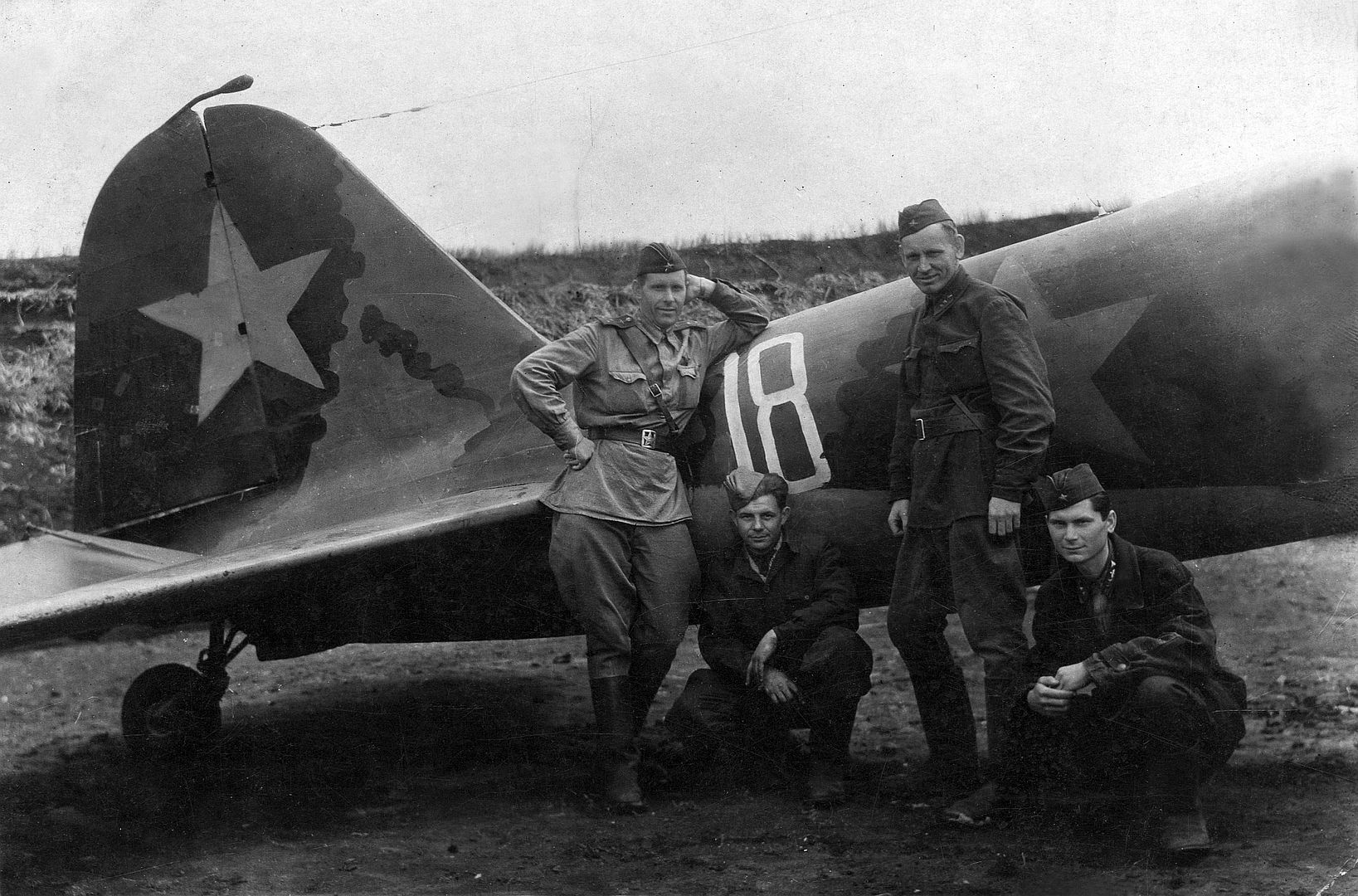
Below Replacing the engine of a Soviet Il-2 attack aircraft at an airfield.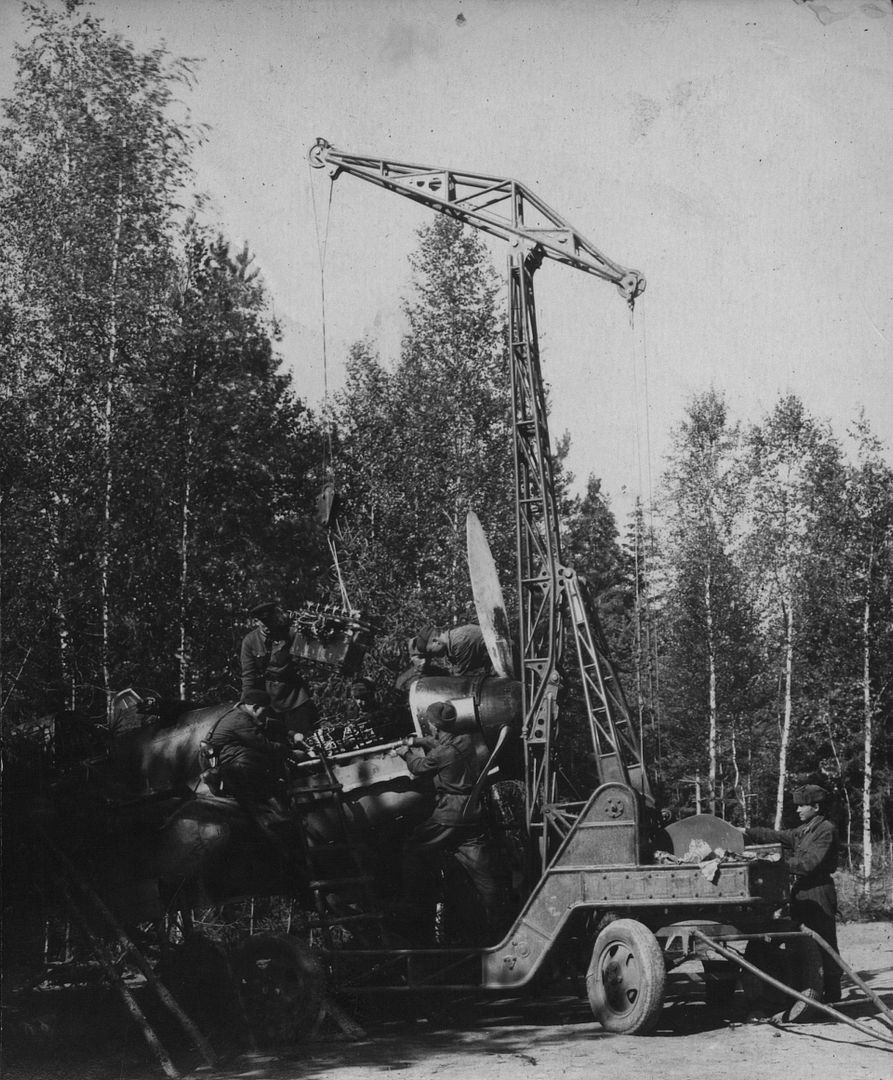
Below Soviet aircraft mechanics refuel an Il-2 attack aircraft at a winter airfield.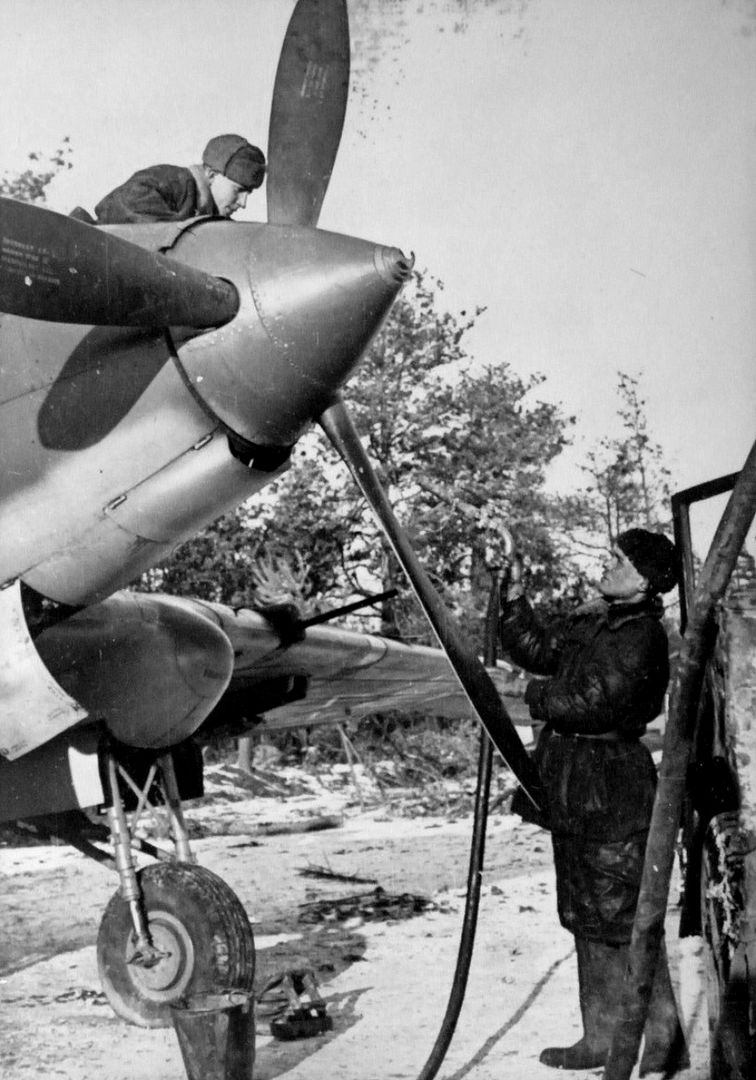
Below Refueling of a Soviet Il-2 attack aircraft on the Northwestern Front. Presumably, the aircraft is from the 33rd Guards Attack Aviation Regiment of the 243rd ShAD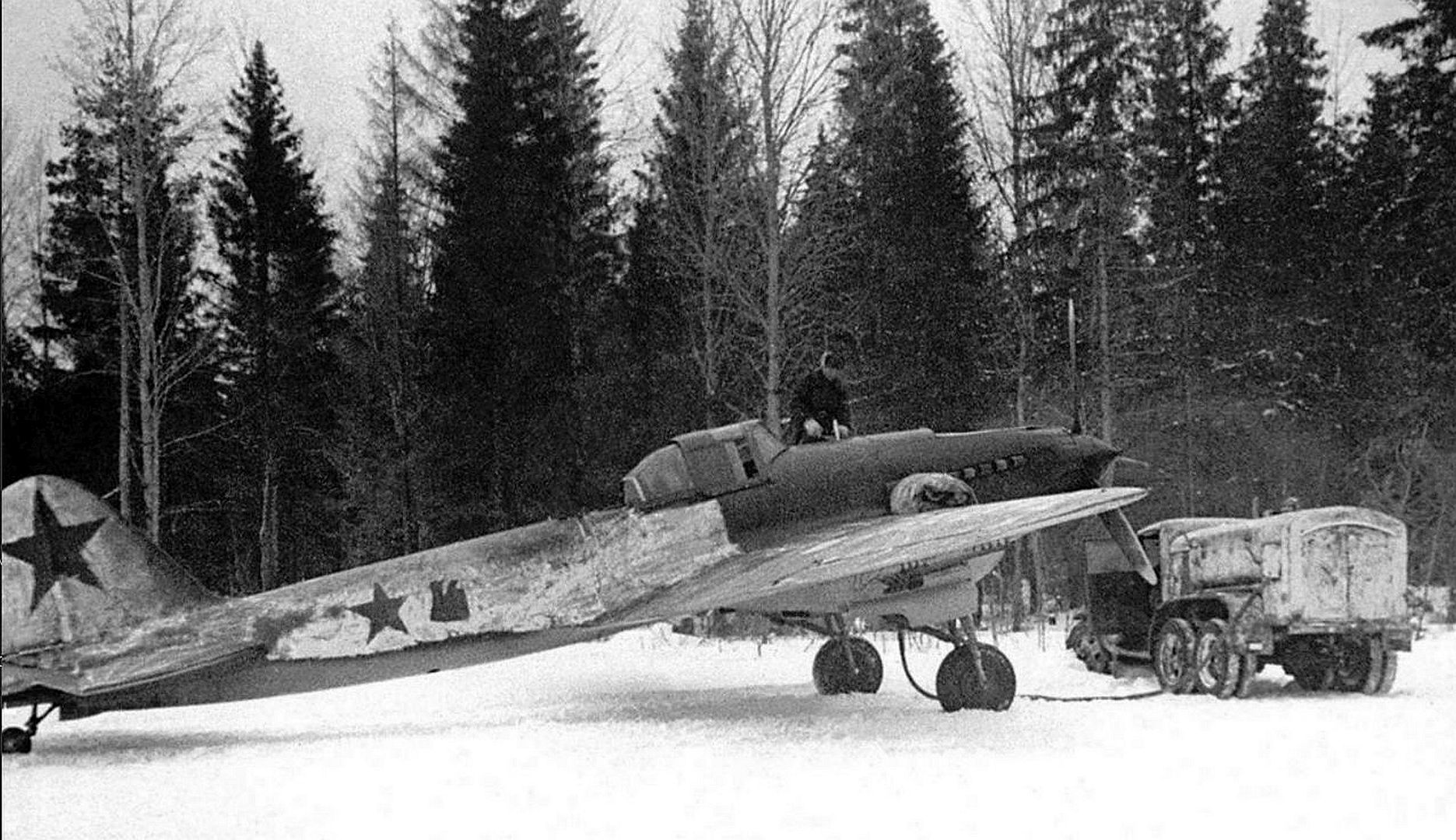
Below Refueling of an Il-2 attack aircraft from the 44th separate correction air squadron. Refueling is carried out using a VMZ water-oil tanker based on a ZIS-6 truck.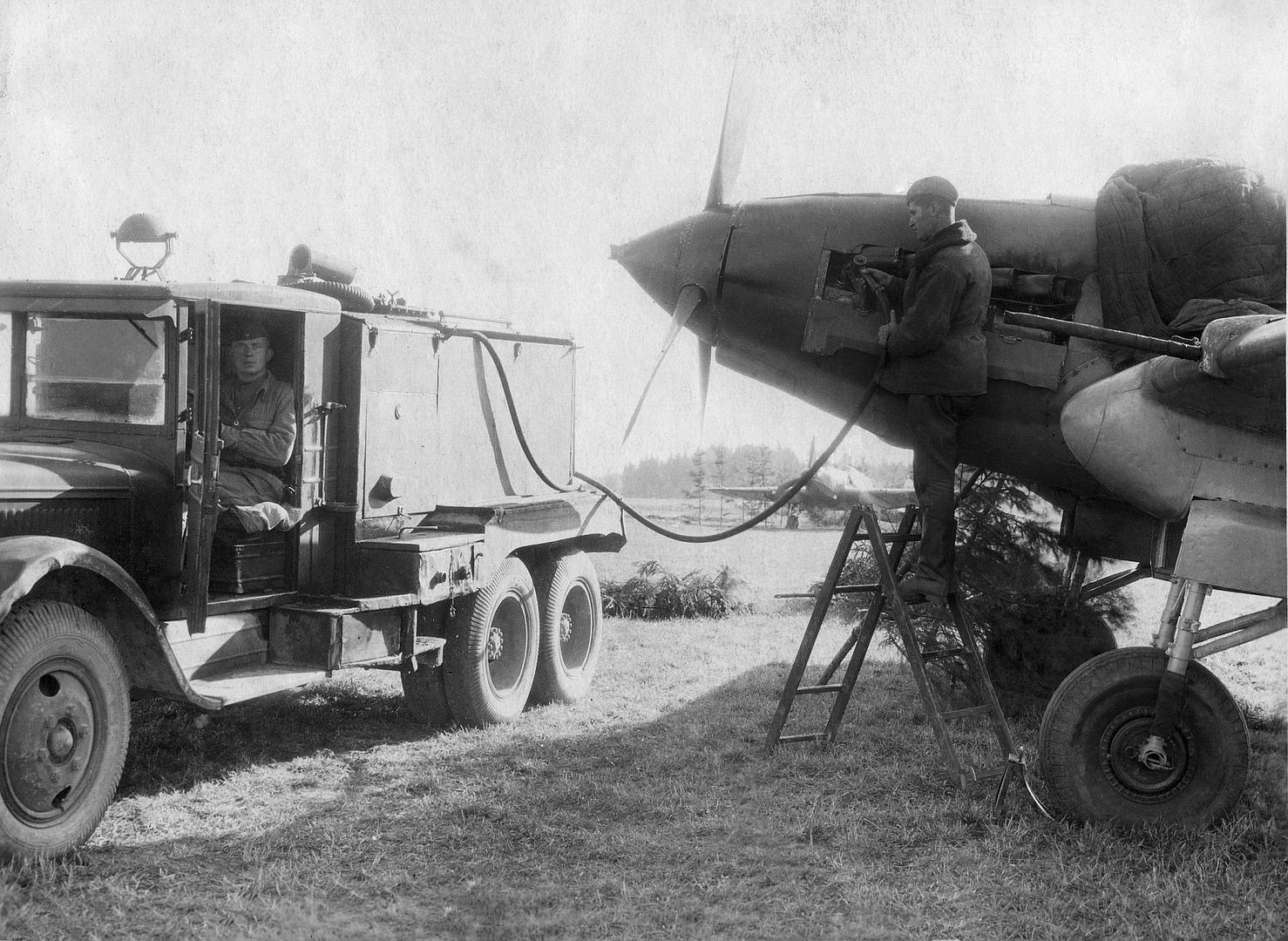
Below Reloading the 23-mm VYa-23 aircraft cannon of the Il-2 attack aircraft of the 6th Guards Attack Aviation Regiment.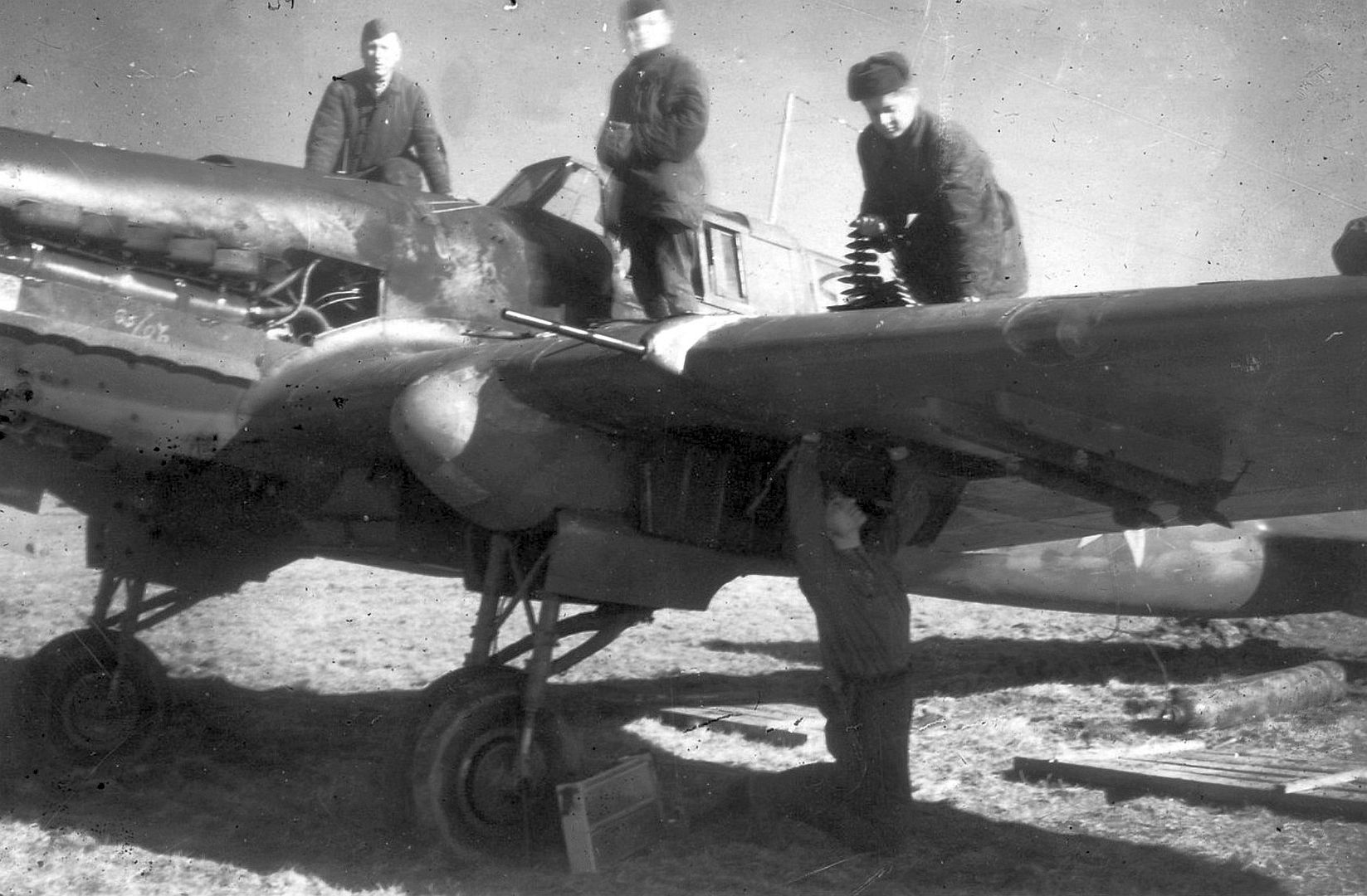
Below Replacing the damaged wing of the Il-2 attack aircraft of Guards Senior Lieutenant S.I. Kuznetsov after returning from a combat mission.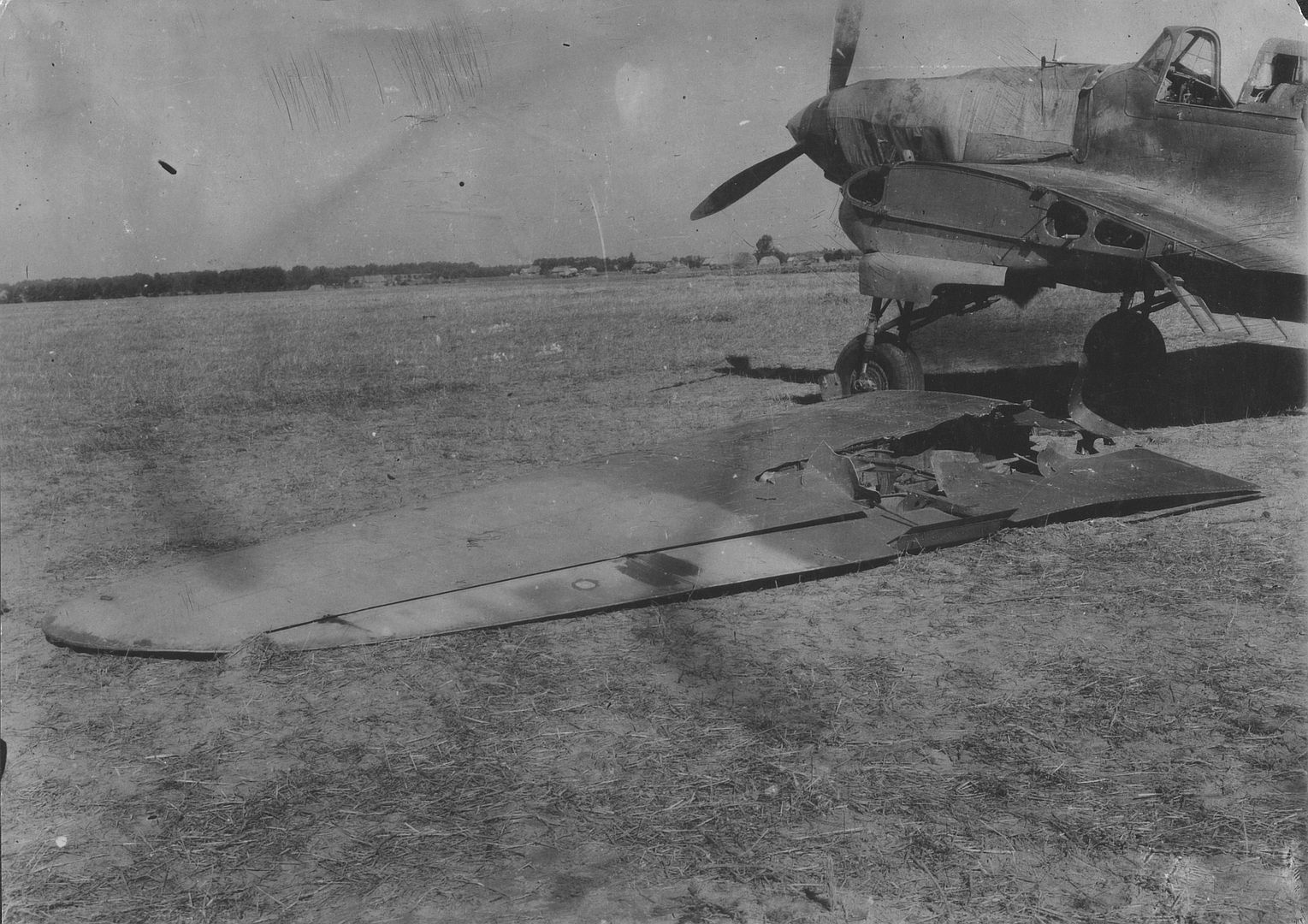
Below Pilots of the 57th Bomber Aviation Regiment of the Baltic Fleet Air Force (later the 7th Guards Dive-Assault Aviation Tallinn Regiment of the Naval Air Force) with an early series Il-2 attack aircraft.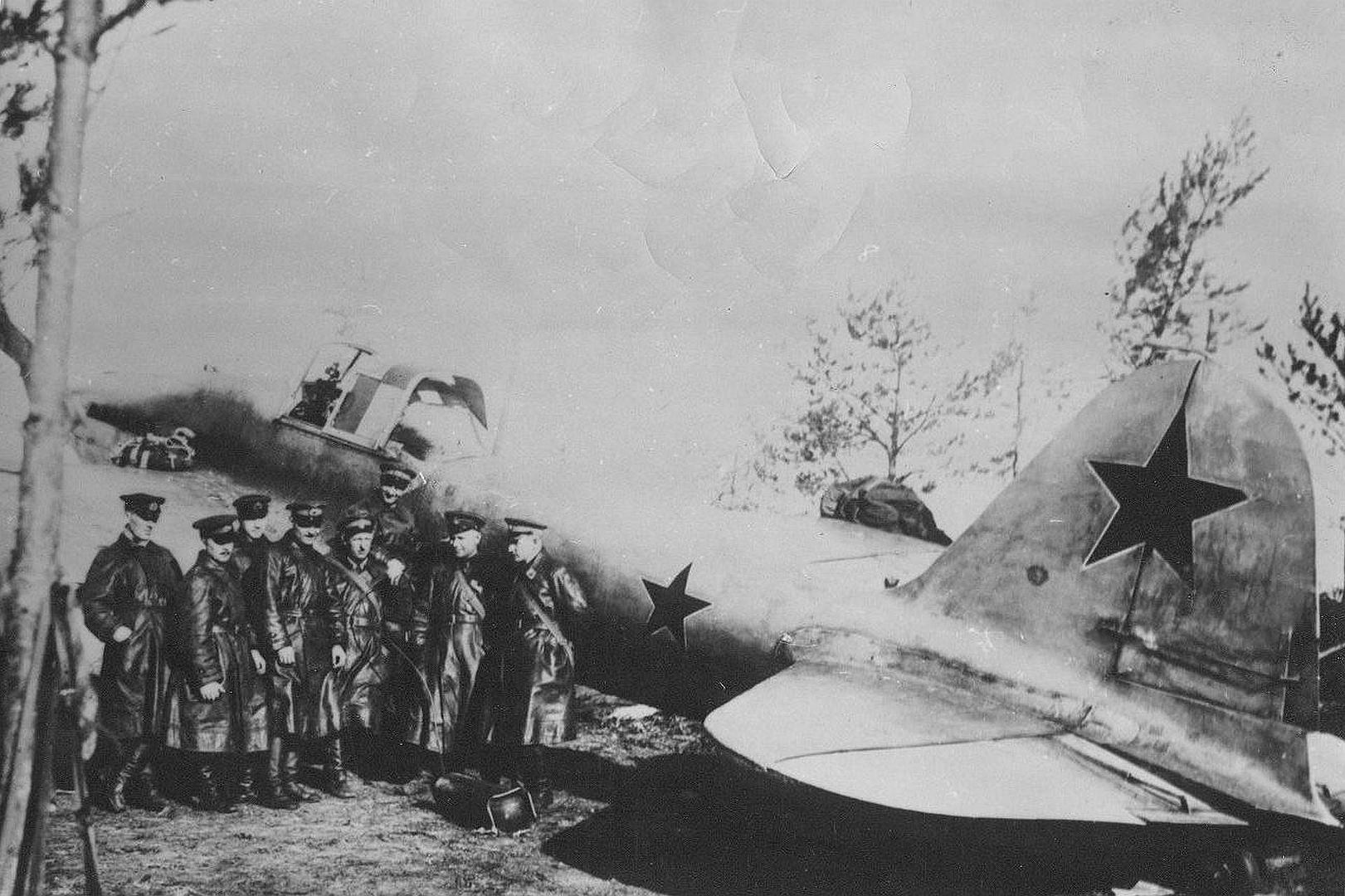
Below Pilots and technicians of the 687th Assault Aviation Regiment near an IL-2 attack aircraft.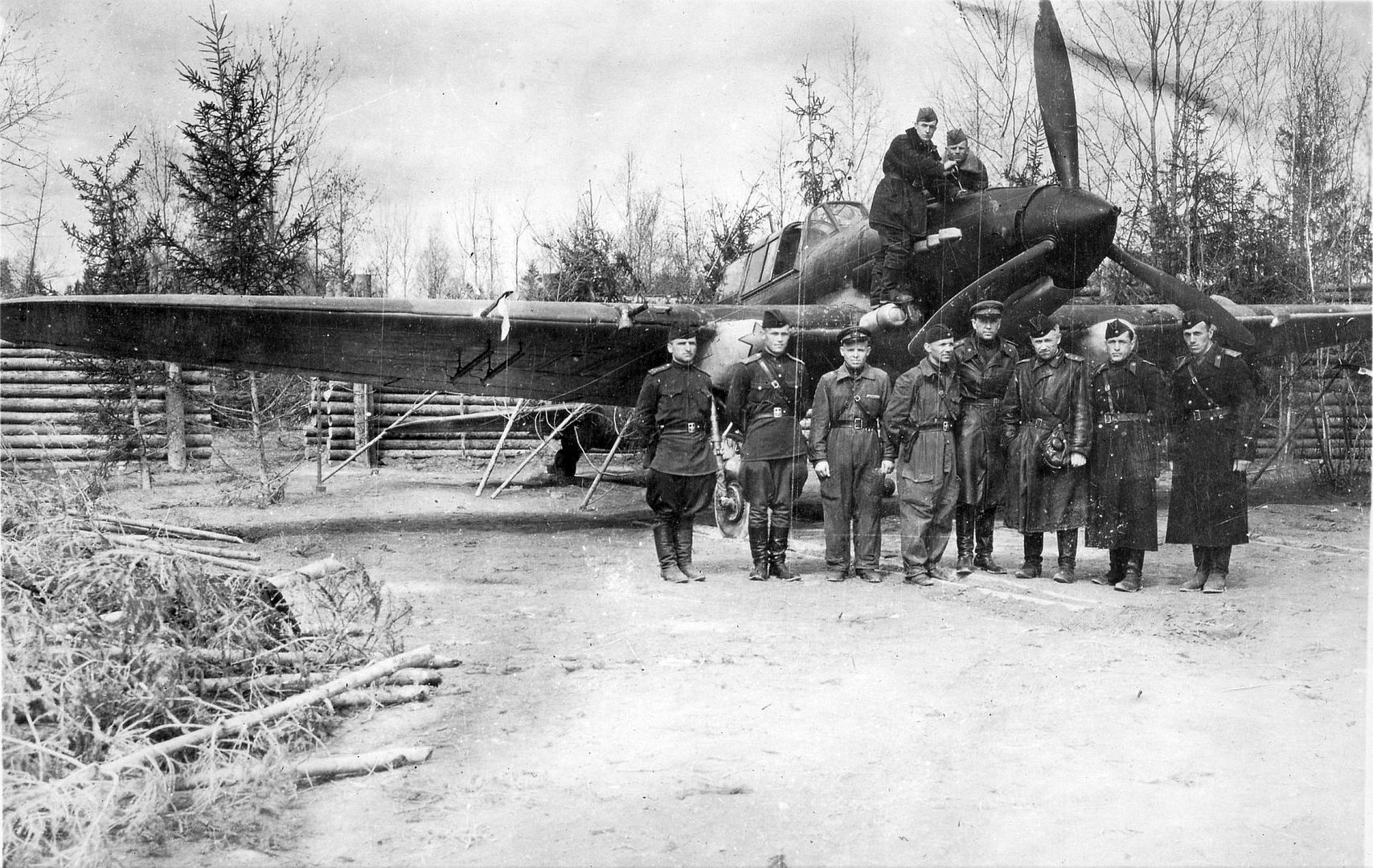
Below Pilots of the 198th Assault Aviation Regiment receive an assignment for an upcoming combat sortie from an Il-2 aircraft.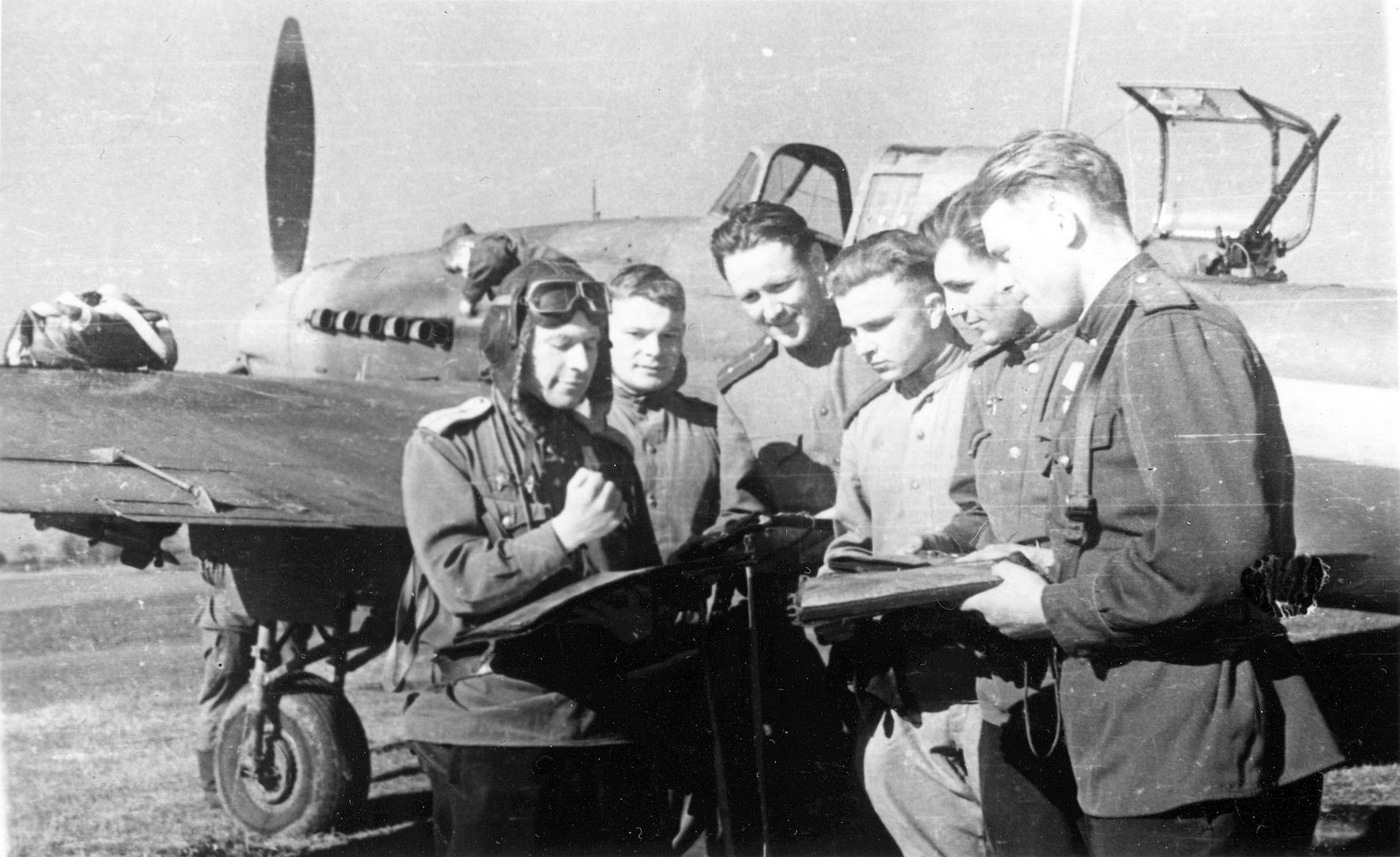
Below Pilot of the 59th Guards Assault Aviation Regiment, flight commander Guards Senior Lieutenant Georgy Ivanovich Tvauri in the cockpit of an Il-2 aircraft.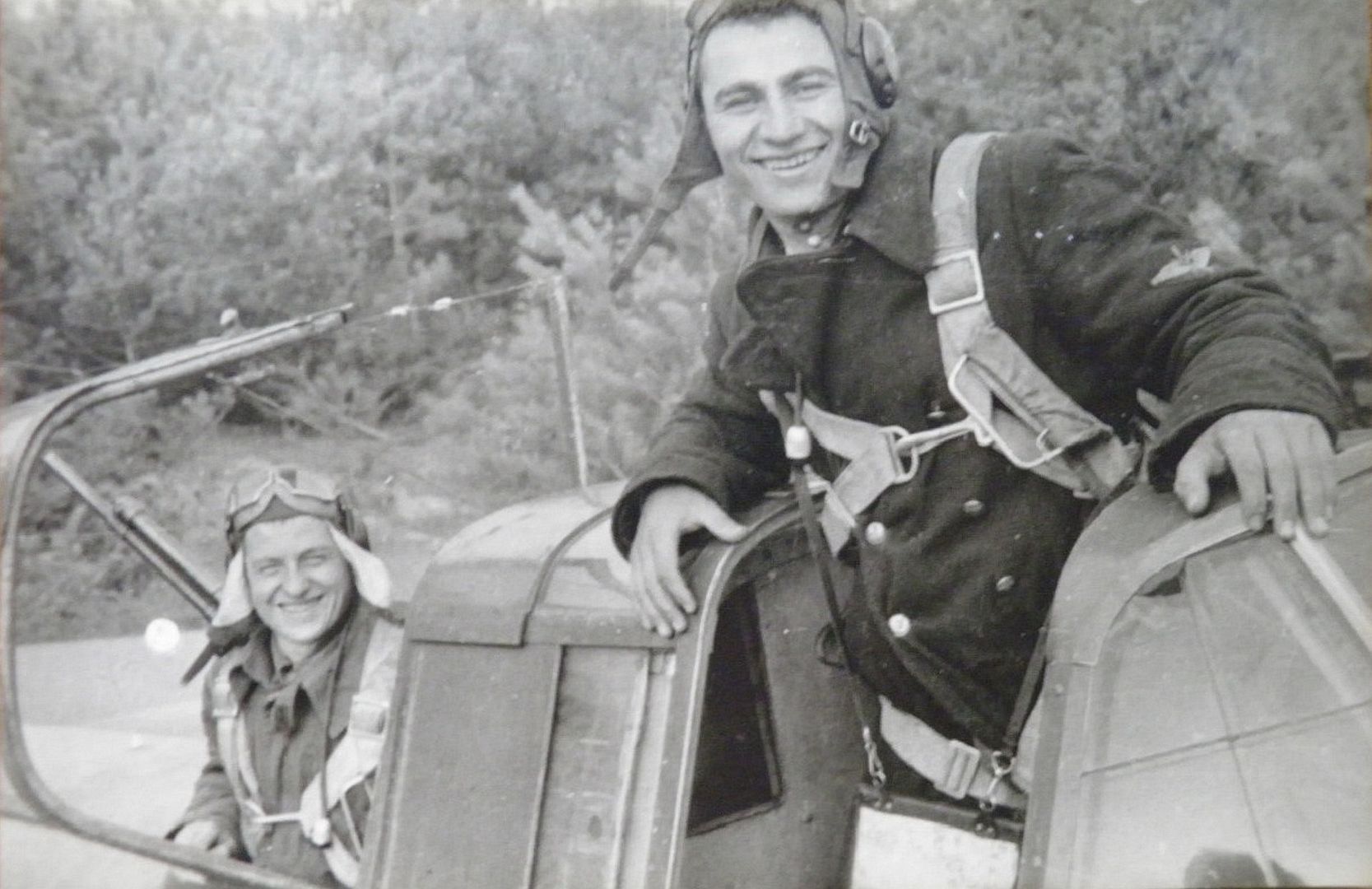
Below Loading a bomb into the bomb bay of a Soviet Il-2 attack aircraft.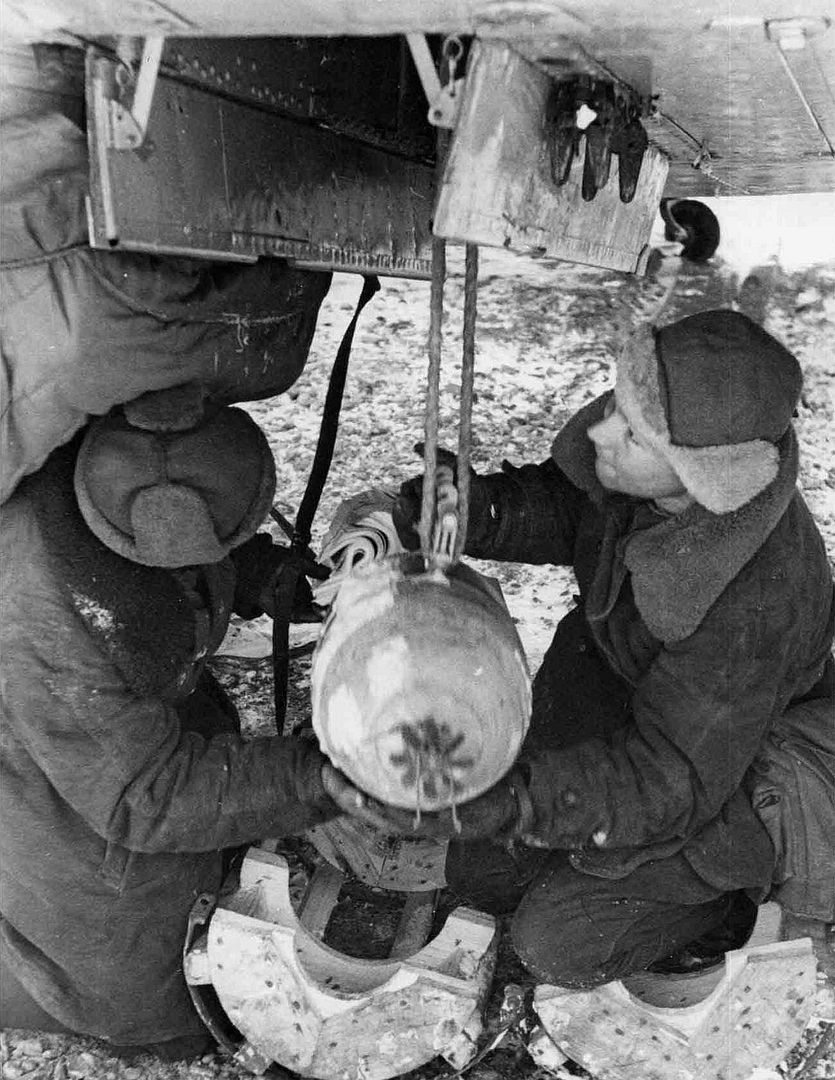
Below Pilot of the 958th Assault Aviation Regiment, future Hero of the Soviet Union Ivan Ignatyevich Meylus on the wing of his Il-2 aircraft after completing a combat mission. 1944.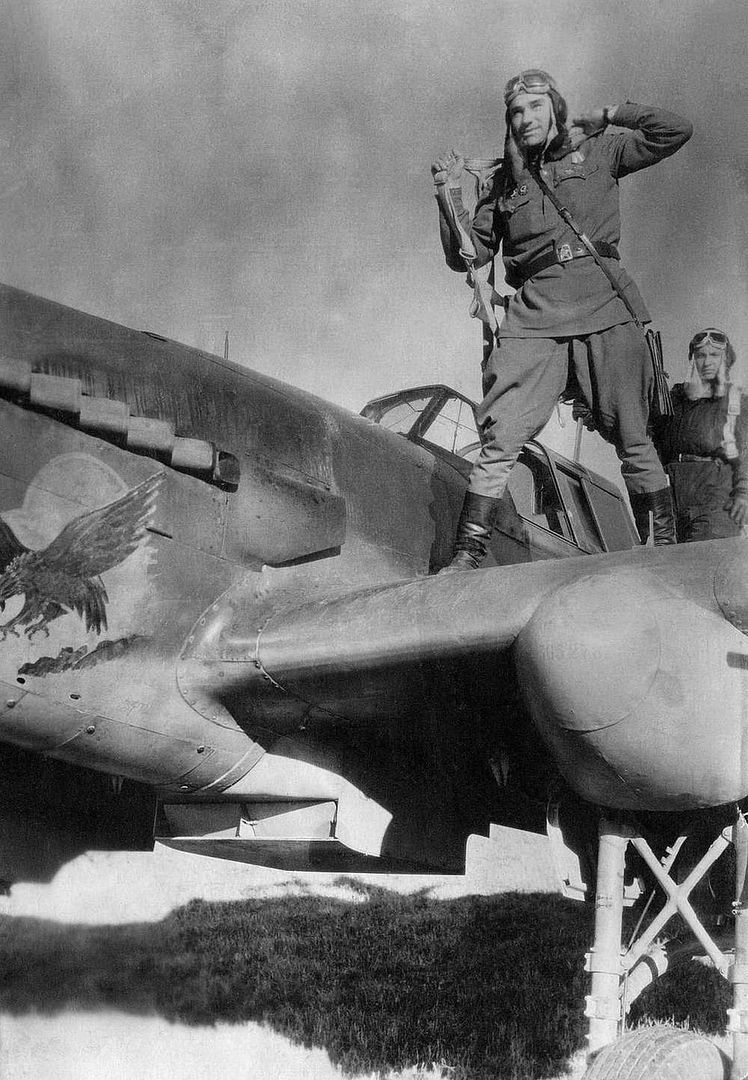
Below Pilots and air gunners of the 566th Assault Aviation Regiment in front of an Il-2 attack aircraft.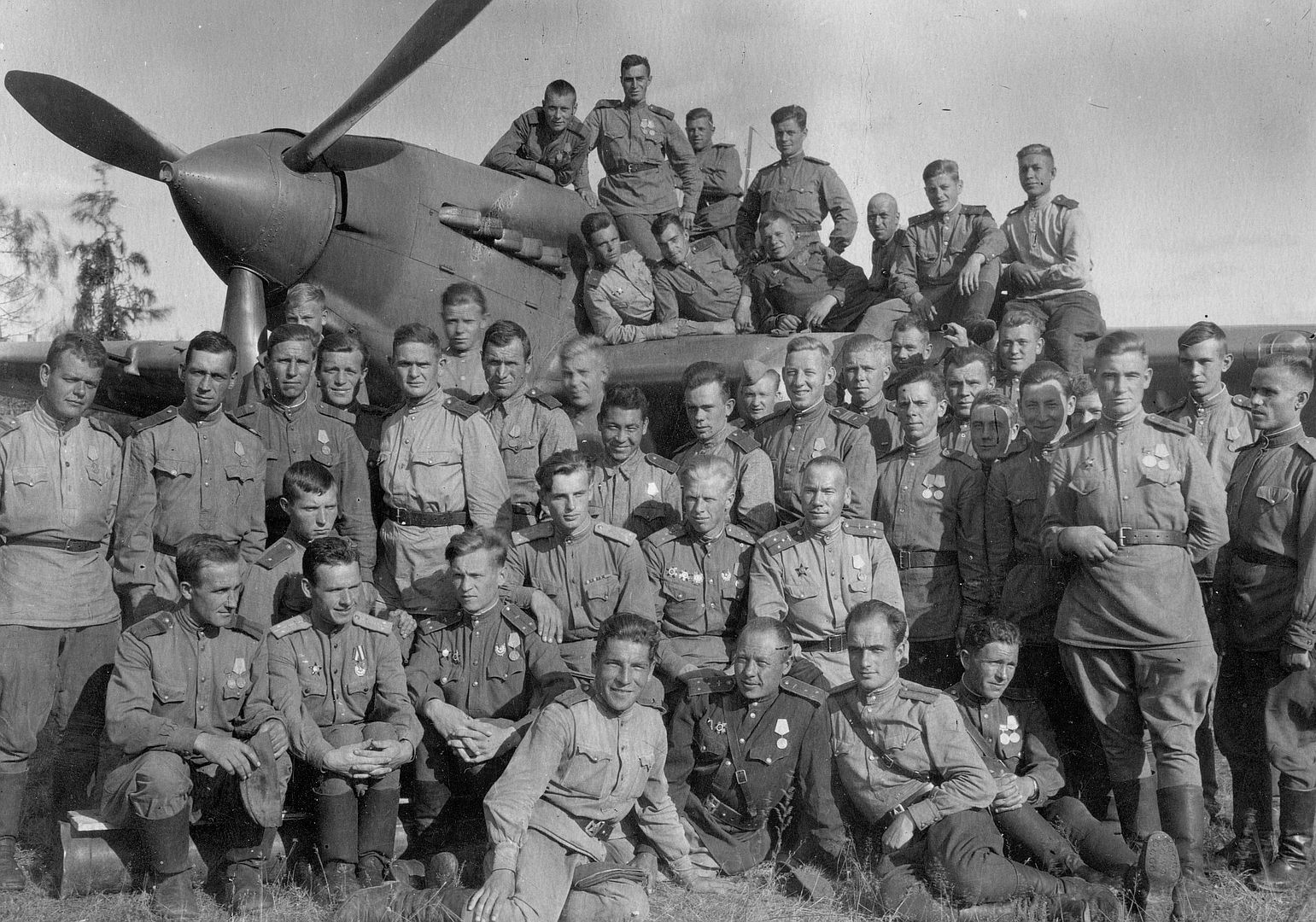
Below Oberleutnant and Knight's Cross recipient Georg Schentke from the fighter squadron JG 3 Udet inspects the Soviet Il-2 attack aircraft he shot down (his 69th victory). Stalingrad area.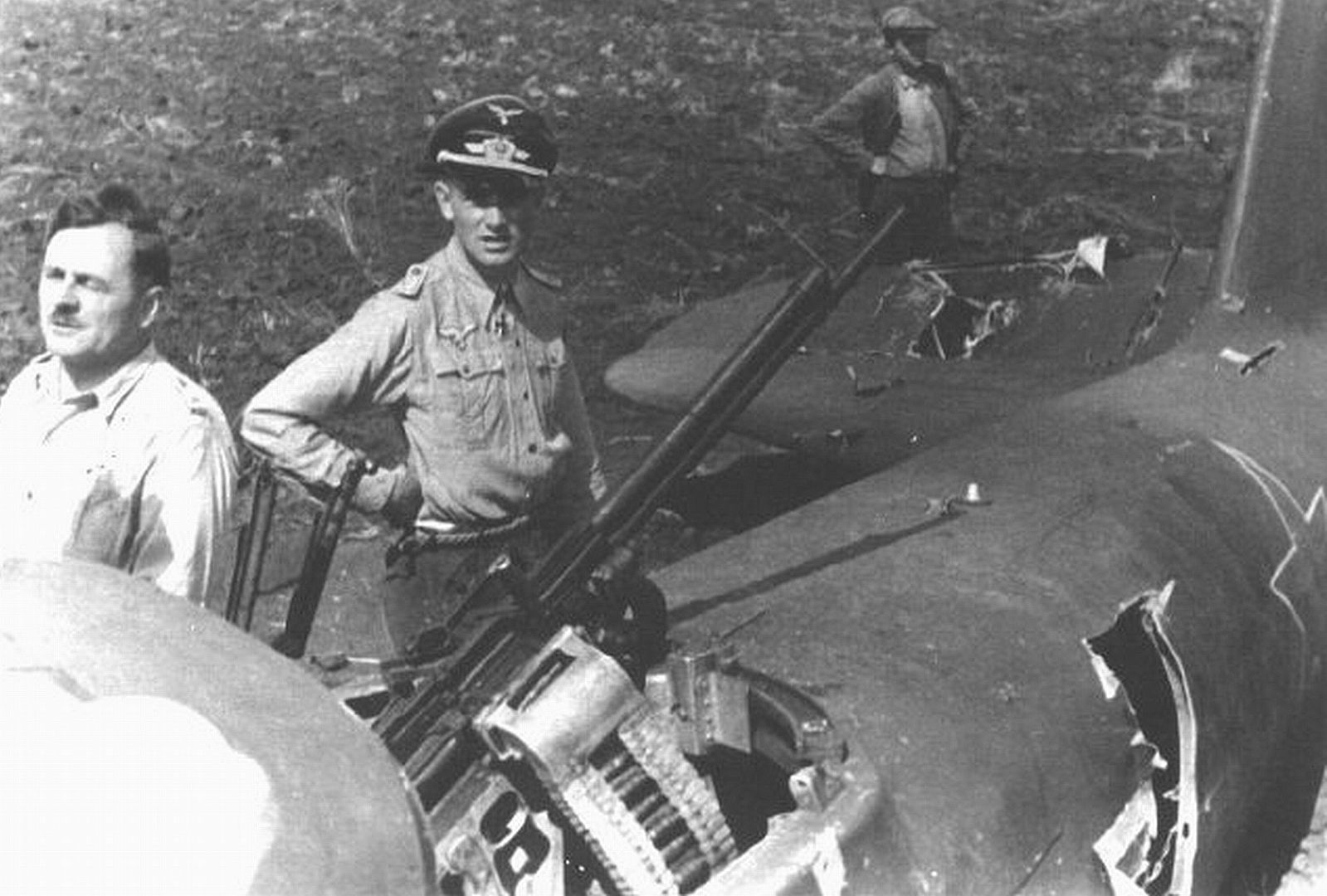
Below an Il-2 shot down over Finland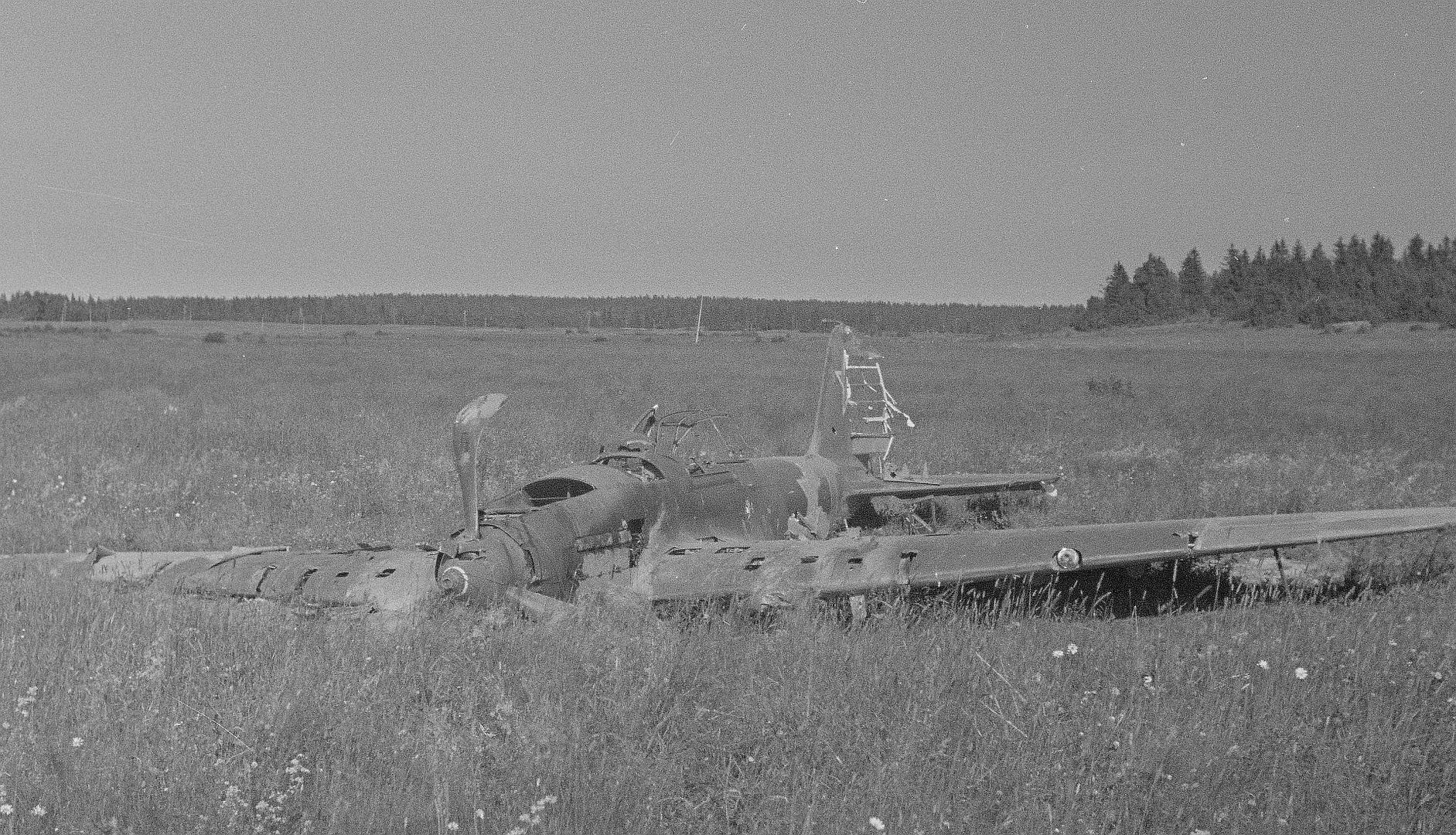
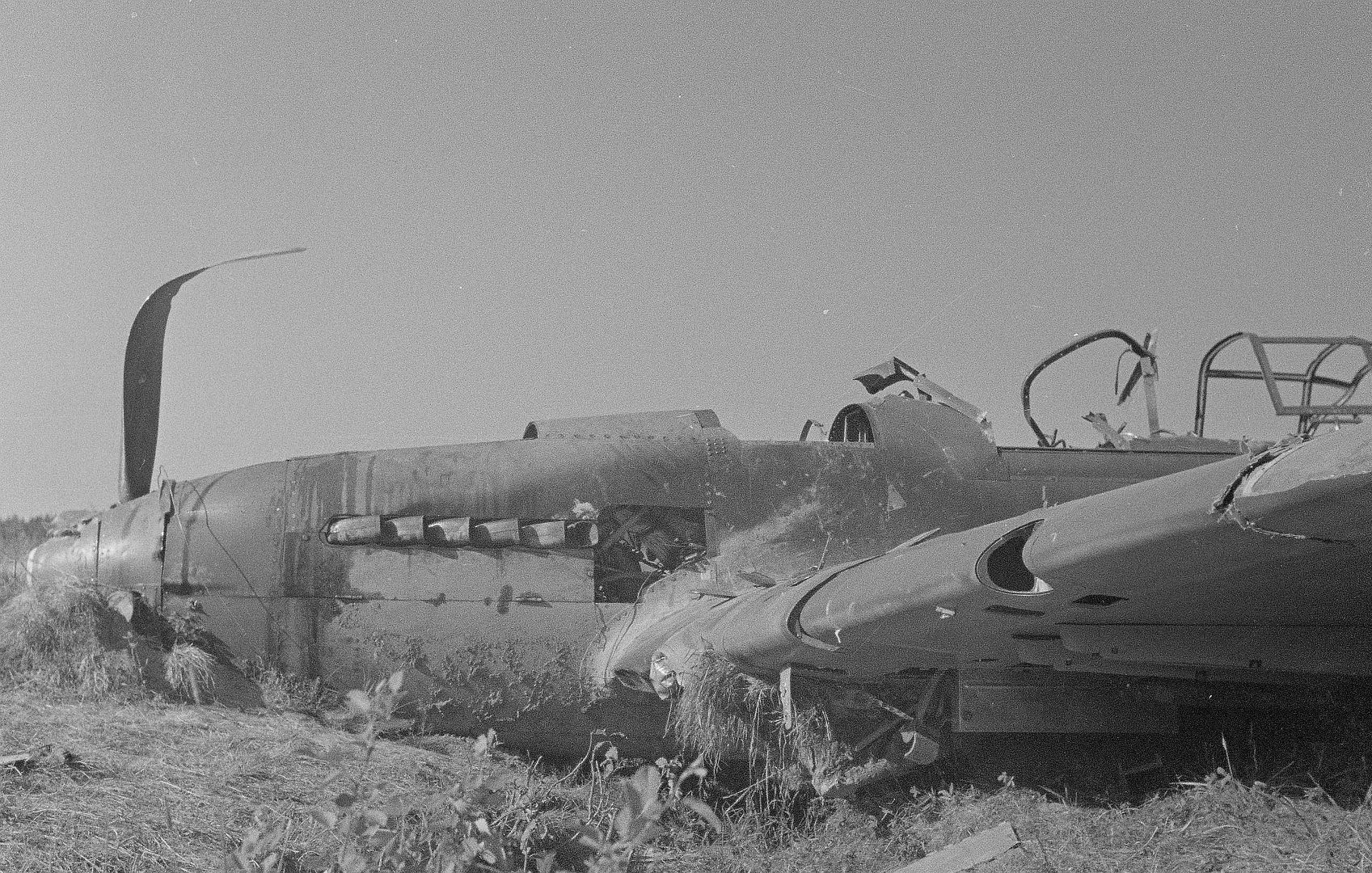
Below Il-2M3 attack aircraft from the 2nd squadron of the 566th assault aviation regiment at the airfield. In the cockpit is squadron commander Senior Lieutenant Vasily Ilyich Mykhlik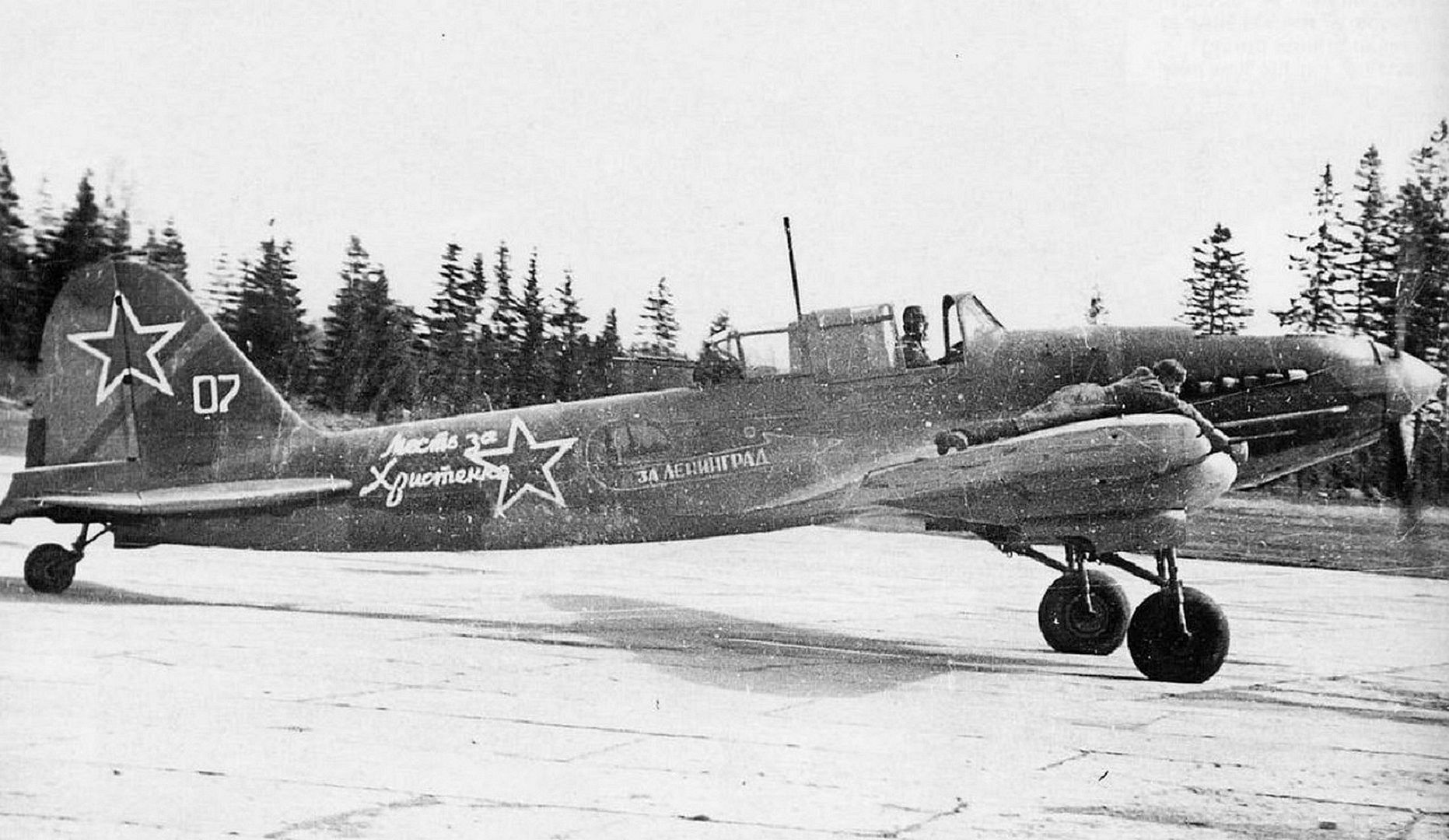
Below another Il-2 shot down over Finland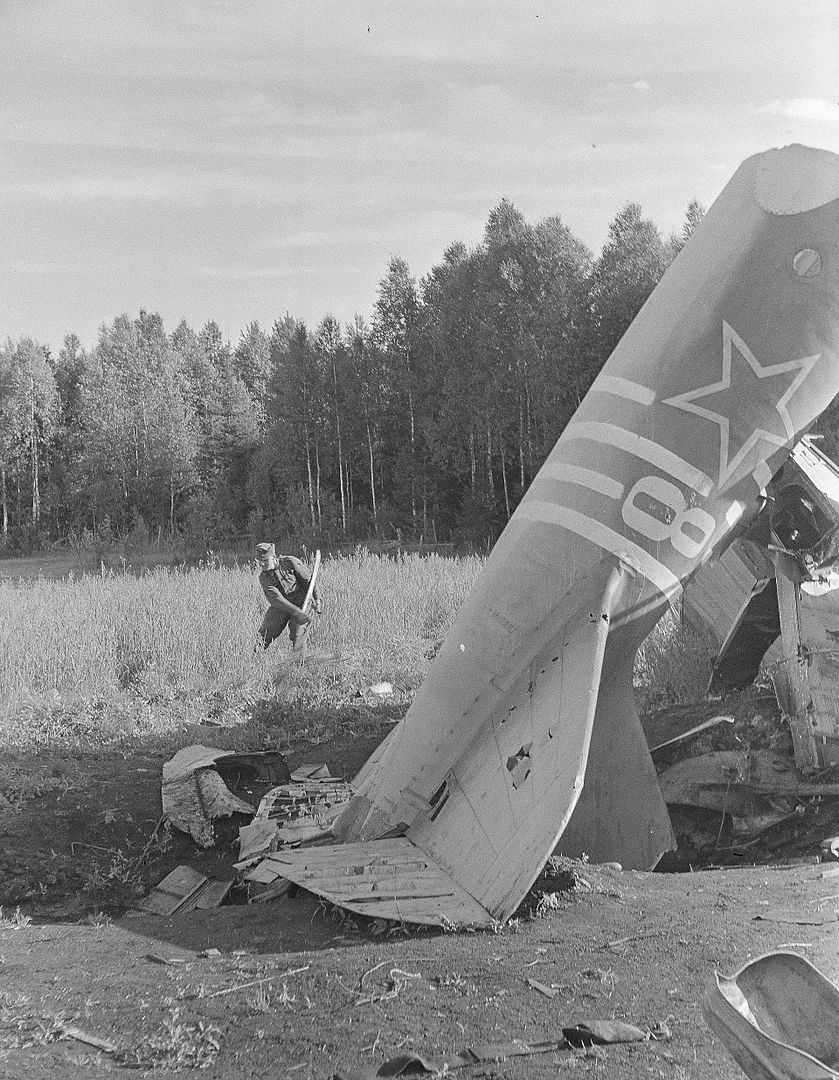
Below Il-2 attack aircraft returning from a mission. The fuselage of the nearest aircraft has the inscription Avenger.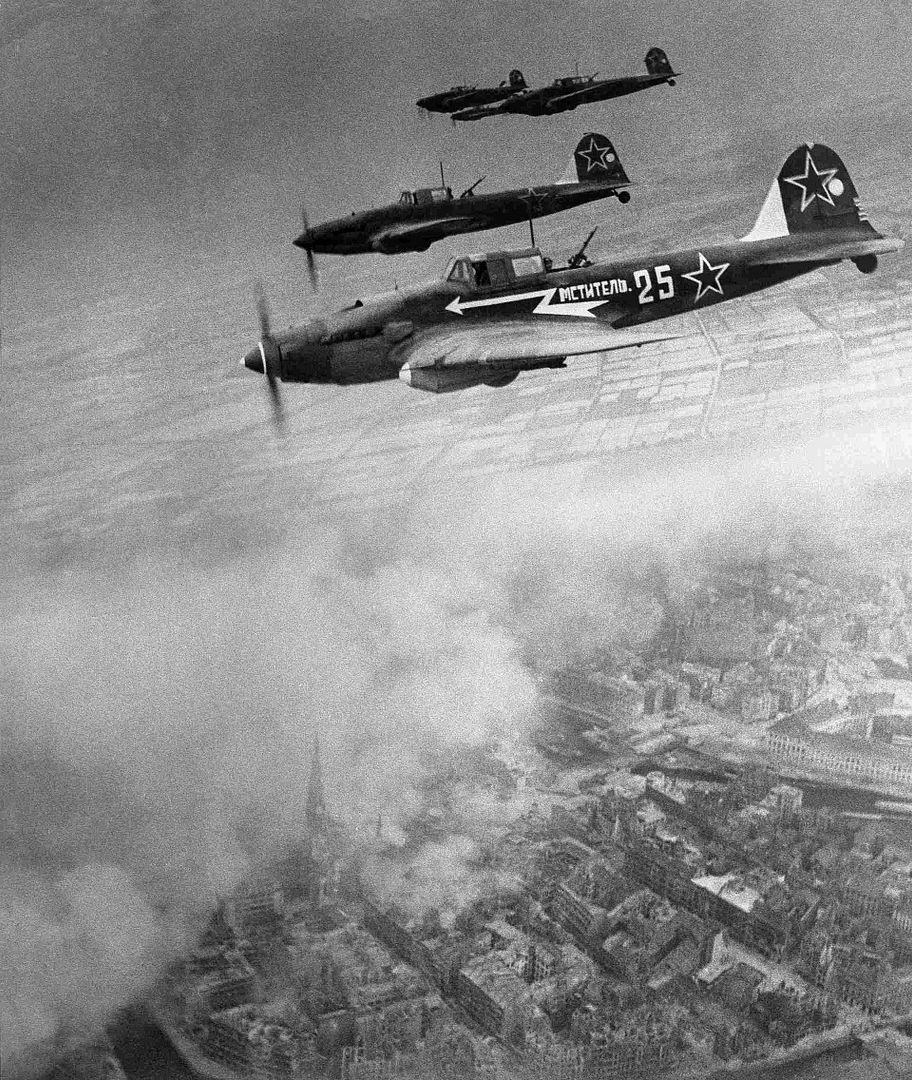
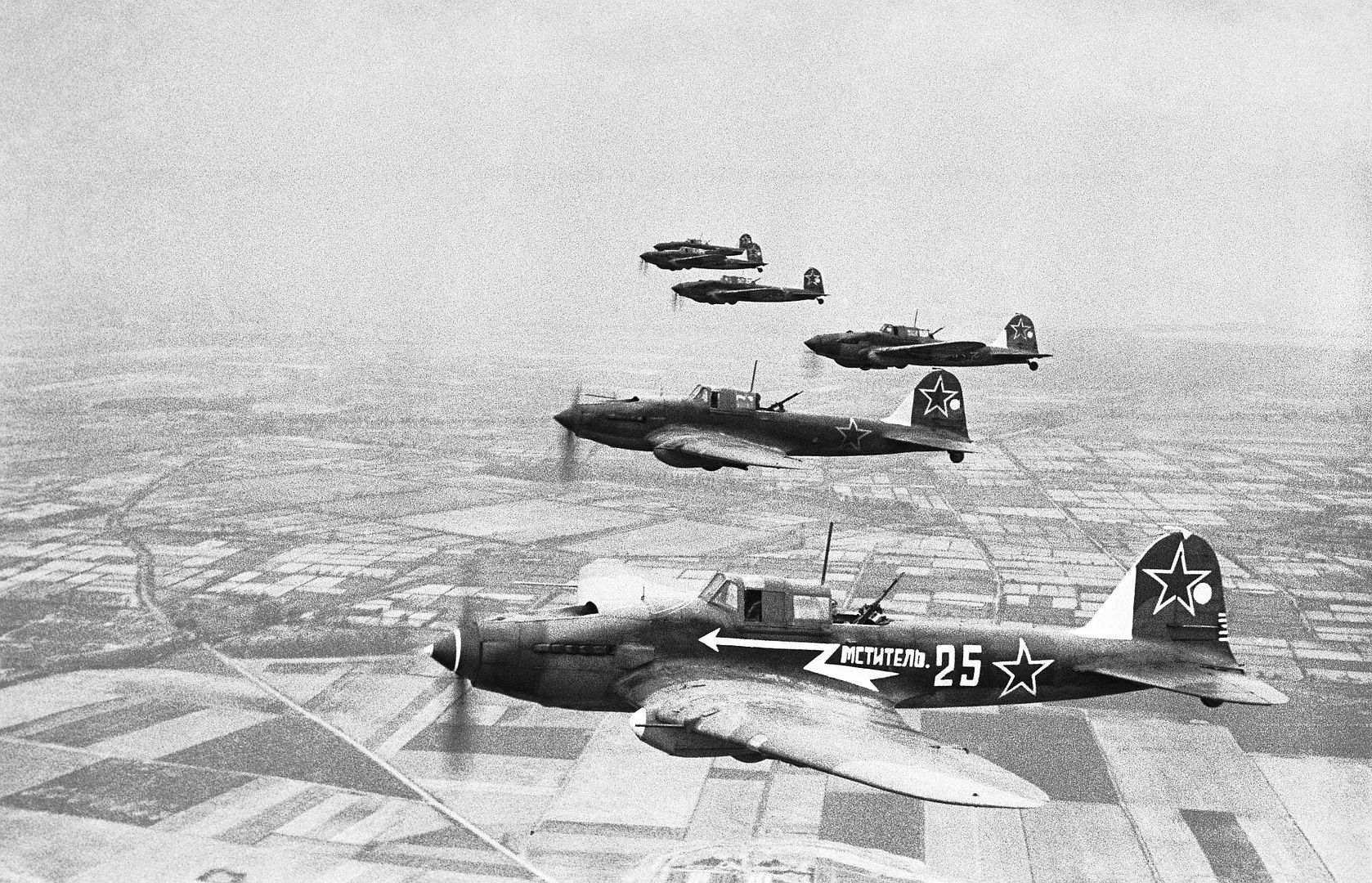
Below Il-2 attack aircraft of the 995th Assault Aviation Regiment of the 306th Assault Aviation Division landed near the Yugoslav village of Neradovac.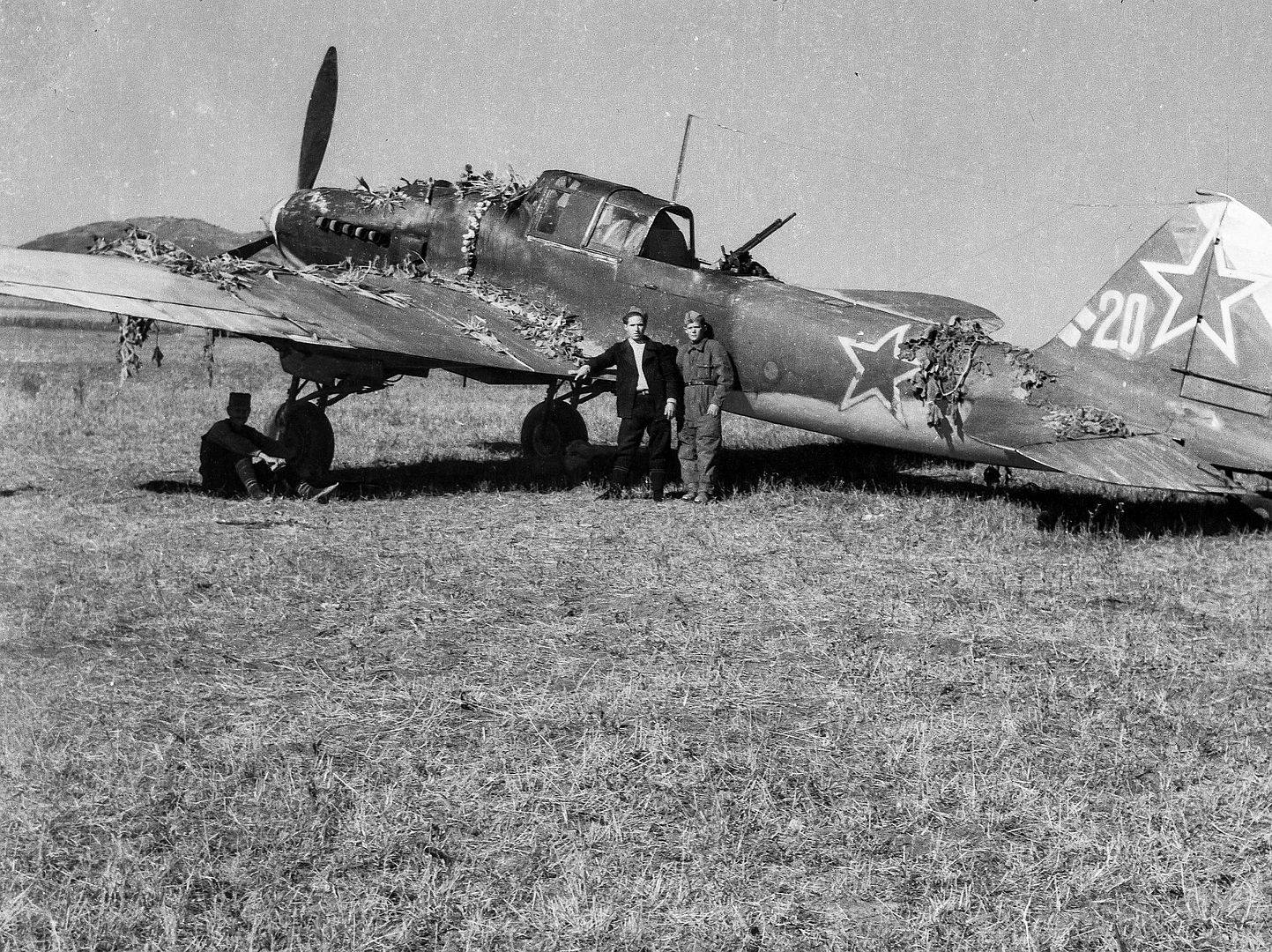
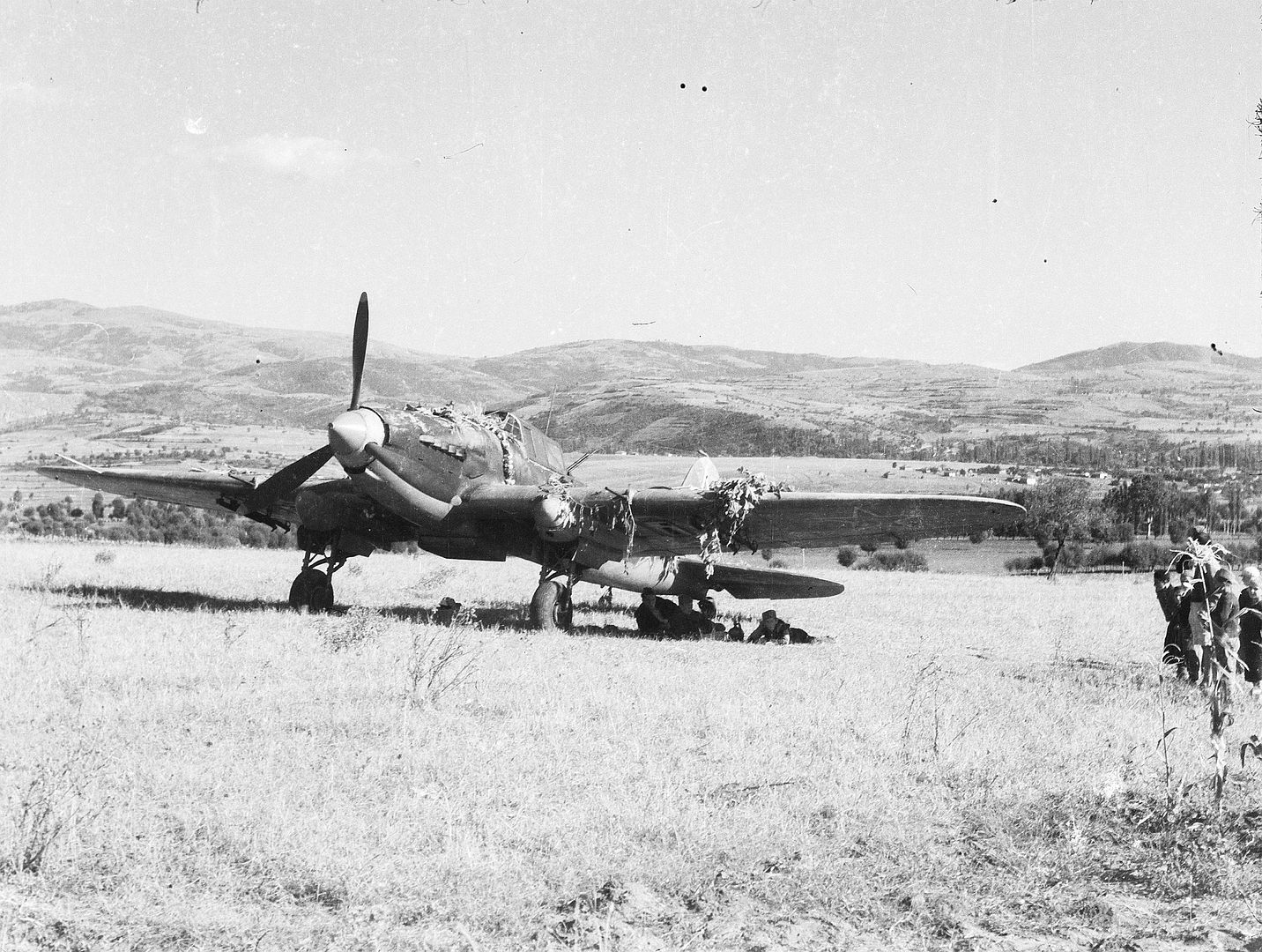
Below Il-2 attack aircraft of the 989th Assault Aviation Regiment before taking off on a combat mission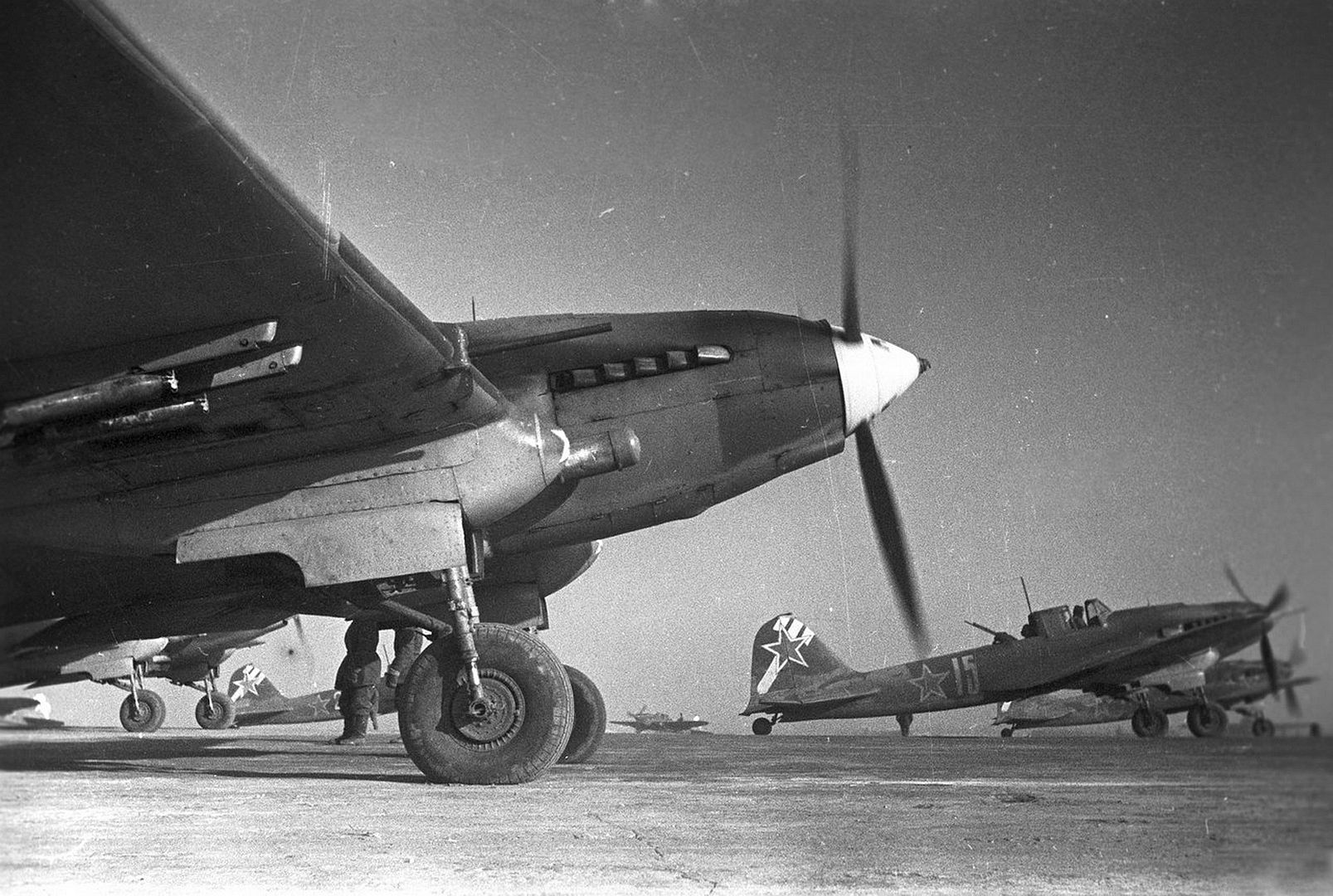

Below Il-2 attack aircraft of the 144th Guards Attack Aviation Regiment at the airfield.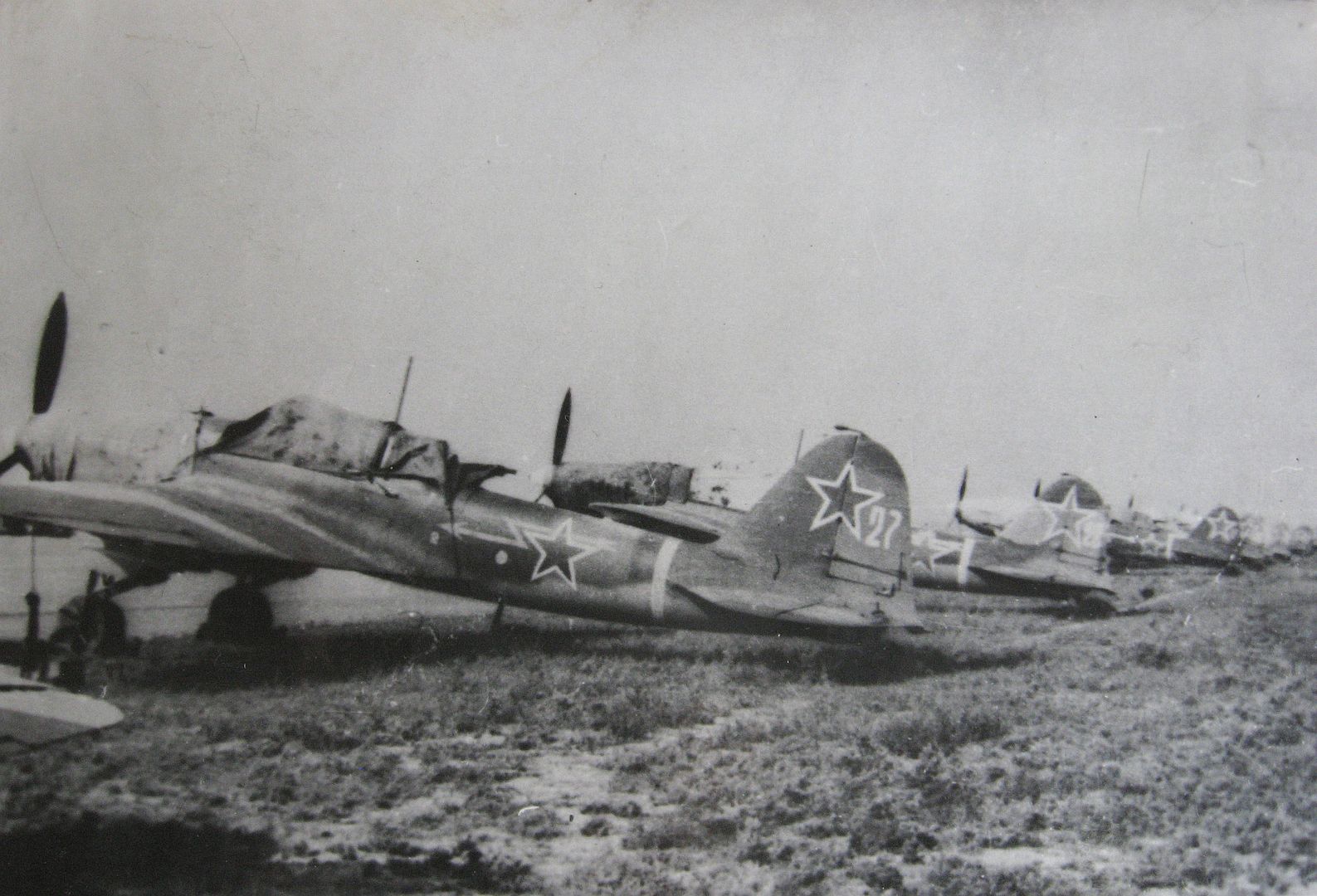
Below Il-2 attack aircraft of the 567th Assault Aviation Regiment of the 197th Assault Aviation Division of the 16th Air Army in the skies over Berlin.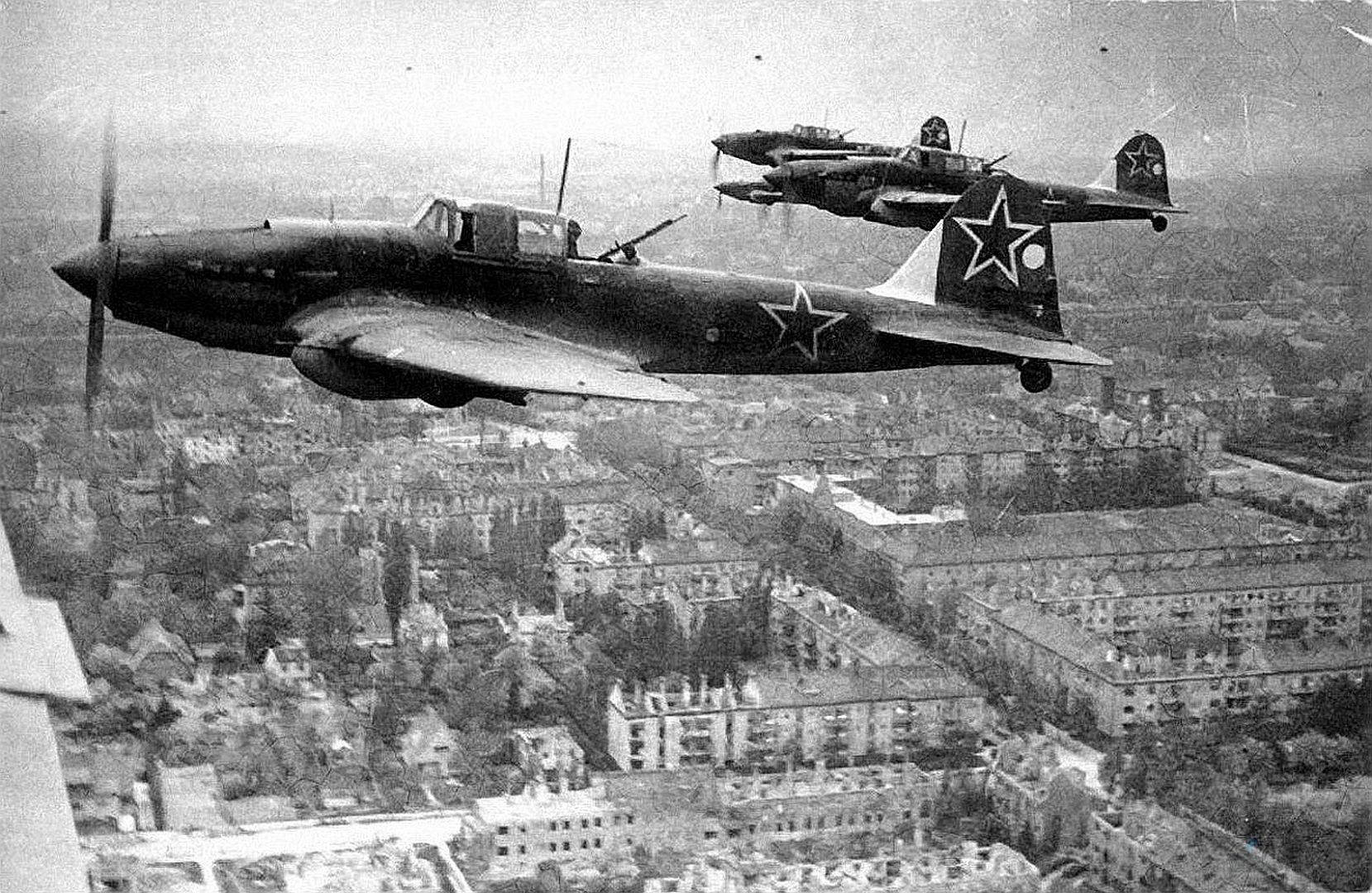
Below Hero of the Soviet Union Senior Lieutenant Sergei Fedyakov climbs out of the cockpit of an Il-2 attack aircraft after his 150th combat sortie.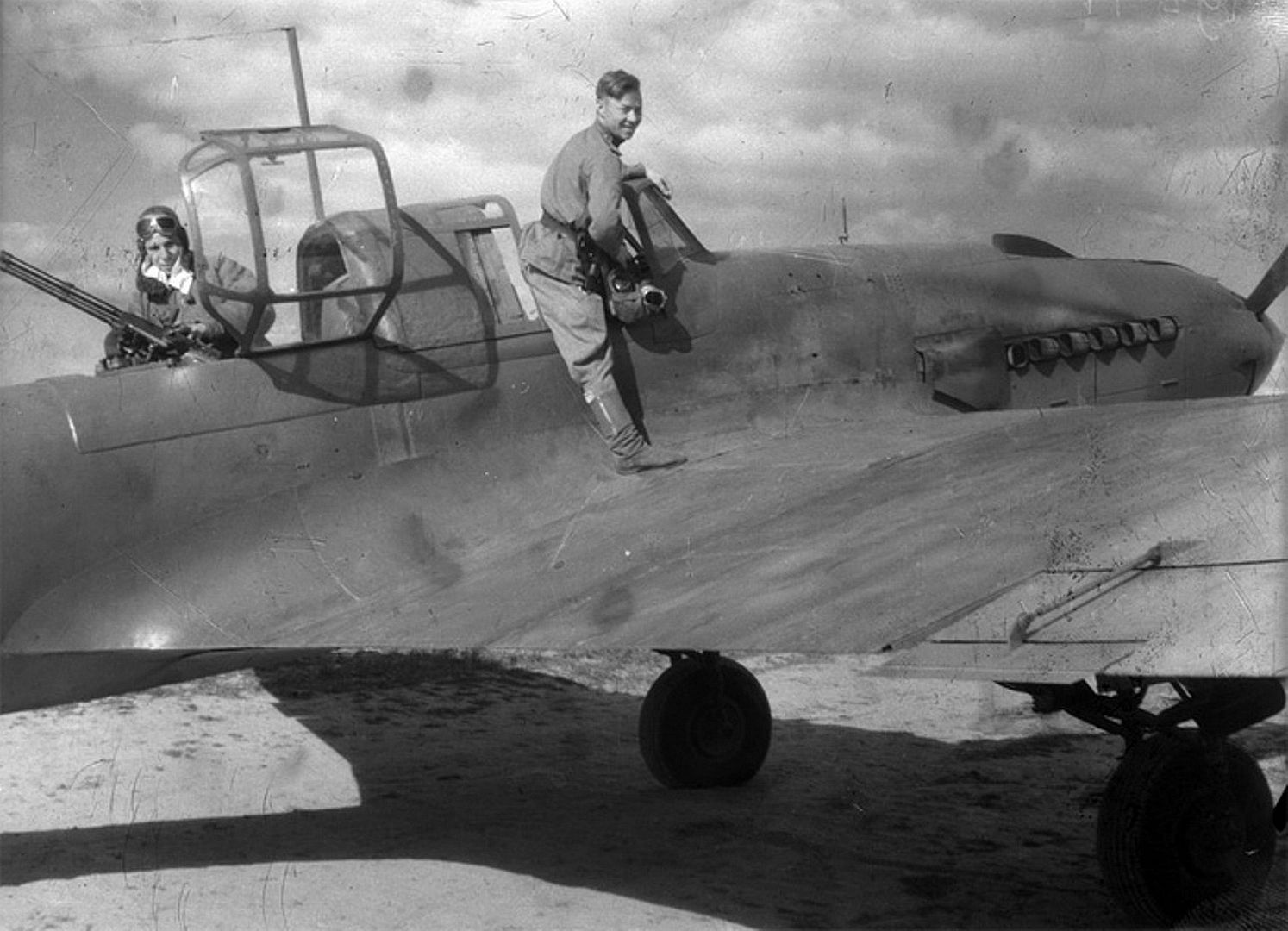
Below Il-2 attack aircraft from the 140th Guards Assault Aviation Regiment of the 1st Guards Assault Aviation Corps warm up their engines before takeoff from the airfield. 1944-1945.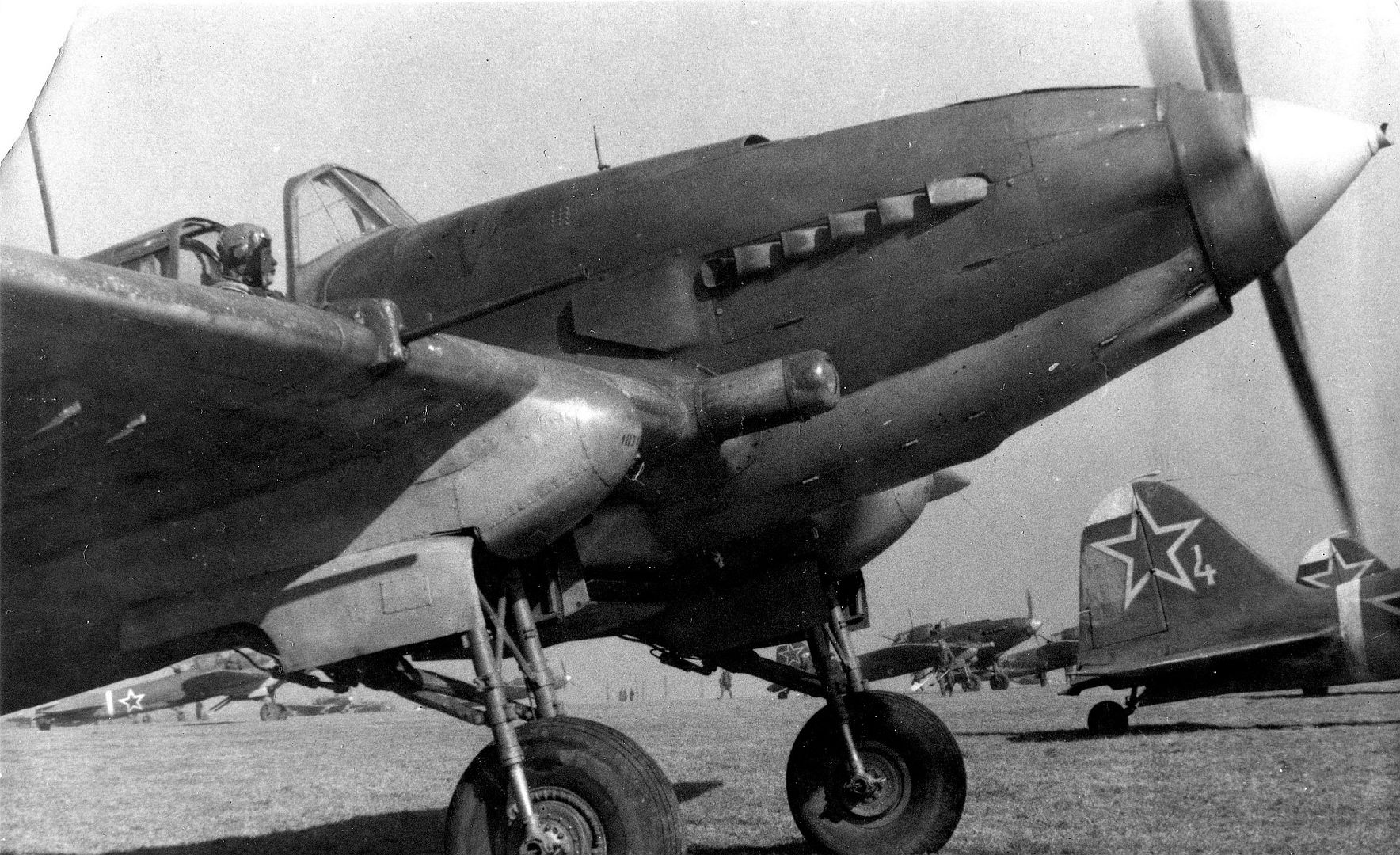
Below Il-2 aircraft of the 235th Assault Aviation Regiment of the 264th Aviation Division of the 5th Air Corps of the 2nd Ukrainian Front squadron navigator Senior Lieutenant Georgy Kirillovich Denisenko
Below Il-2 attack aircraft Hero of the Soviet Union Oleg Koshevoy near the airfield shop of the State Aviation Plant No. 1 named after Stalin.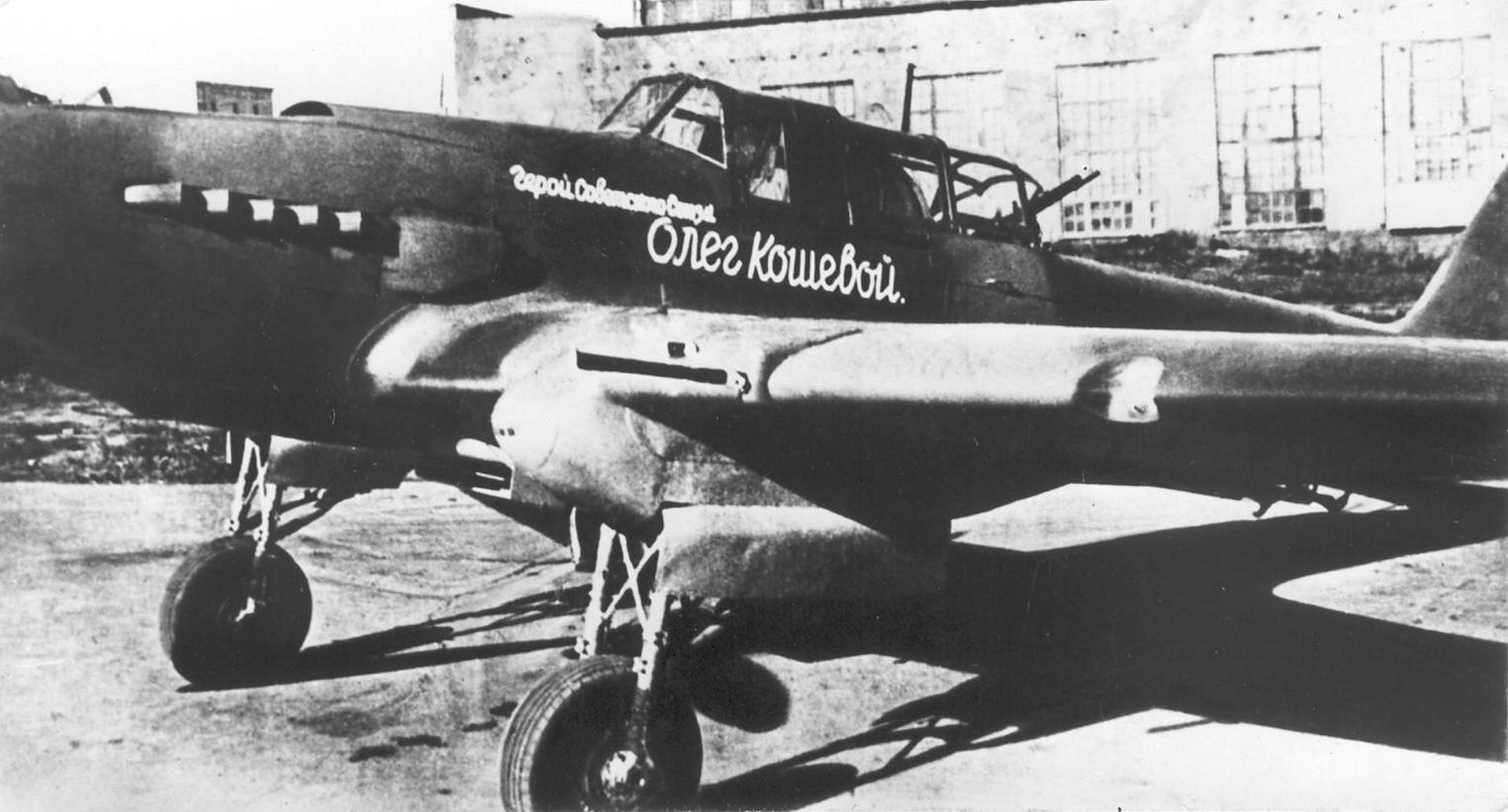
Below IL-2 attack aircraft is preparing for a combat sortie. On the back of the photograph is the inscription Cherich. 502nd Assault Aviation Regiment, Northwestern Front.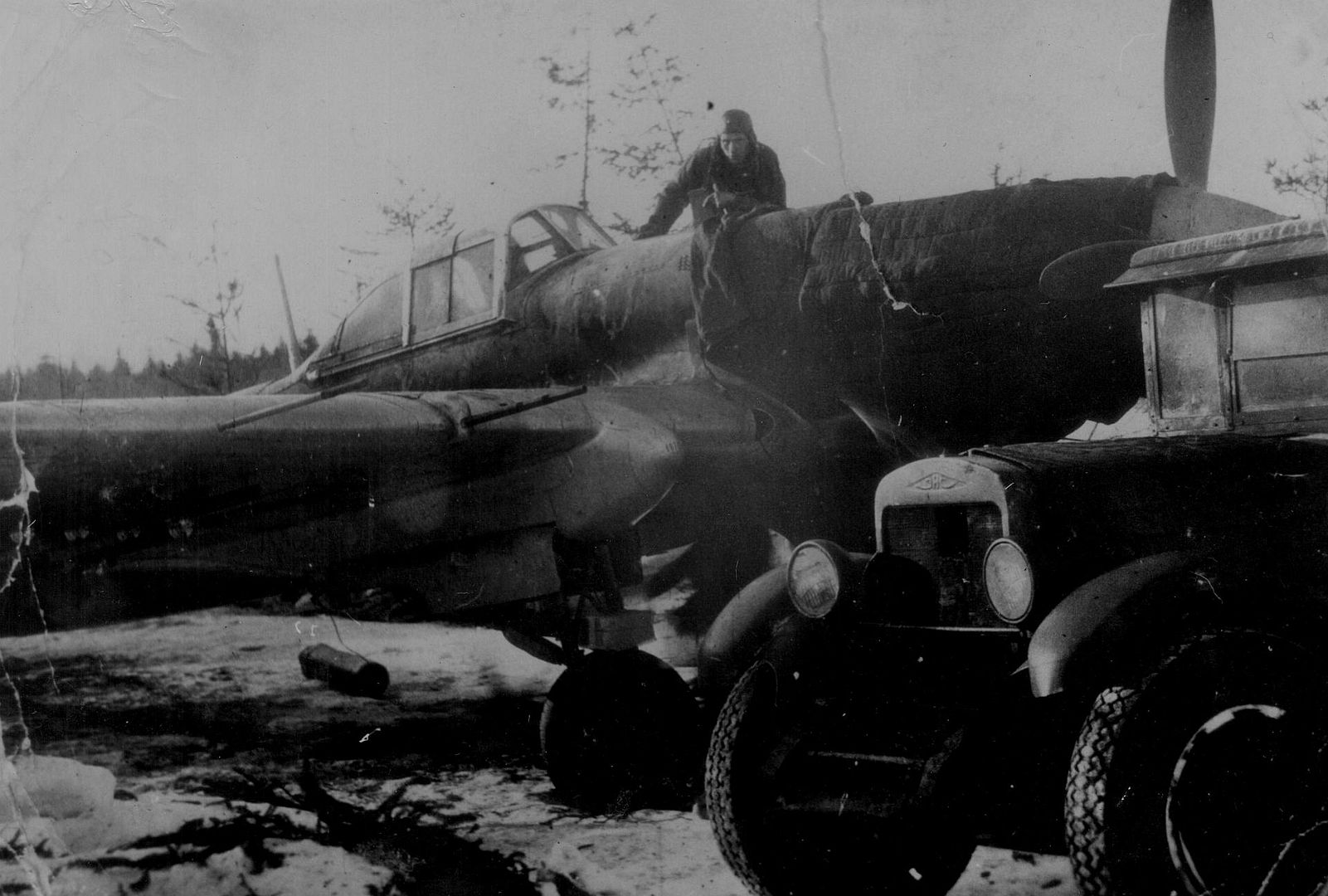
Below Finnish technicians and pilots examine a downed Soviet Il-2 attack aircraft.
Below Flight and technical personnel of the 568th Assault Aviation Regiment (since 27.10.1944 - 187th Guards Assault Aviation Regiment) at the Il-2 attack aircraft, built with funds from the workers of Smolensk.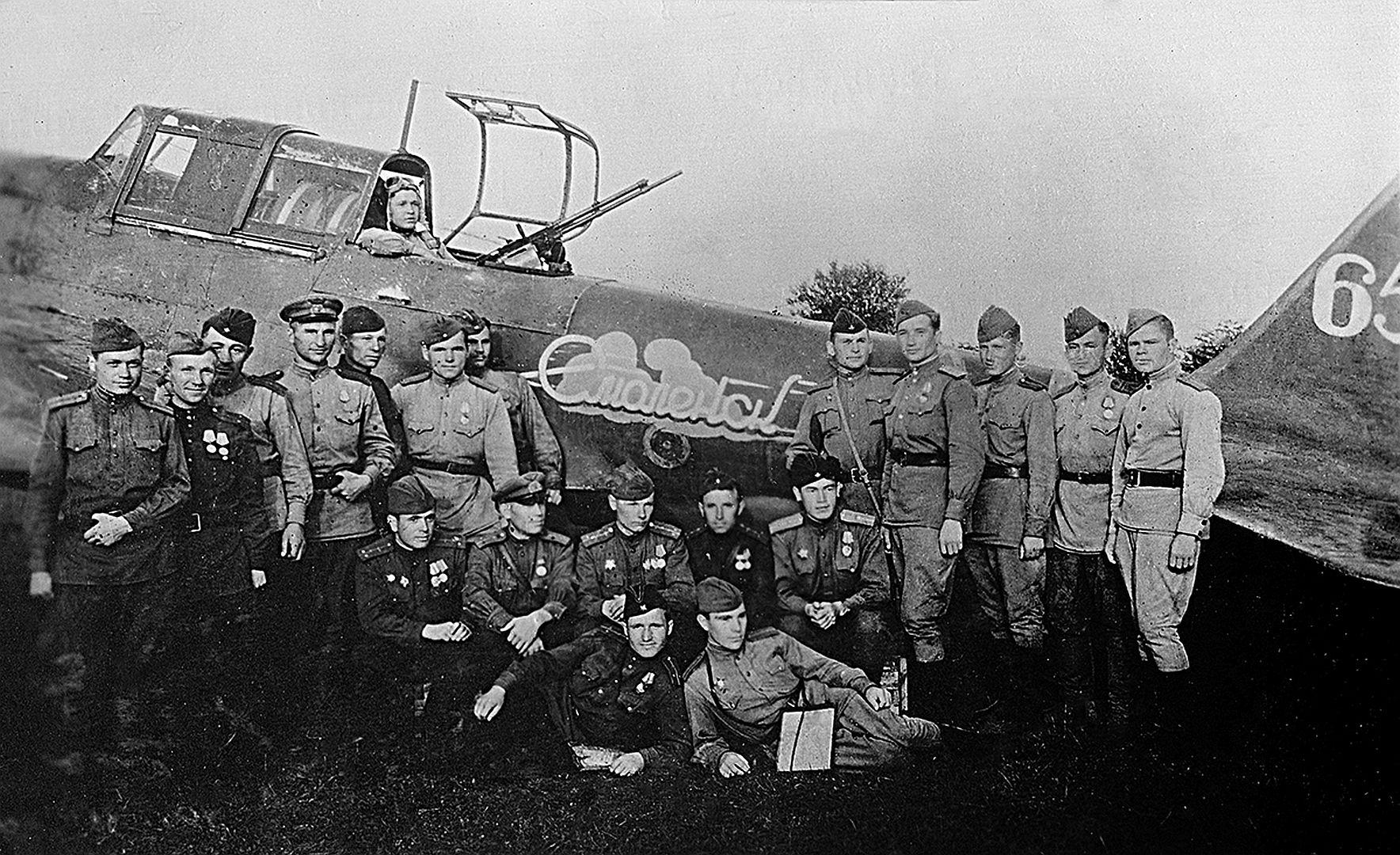
Below German airfield ground personnel remove 37mm NS-37 aircraft cannon shells from a downed Soviet Il-2M3 attack aircraft. Presumably, 1944.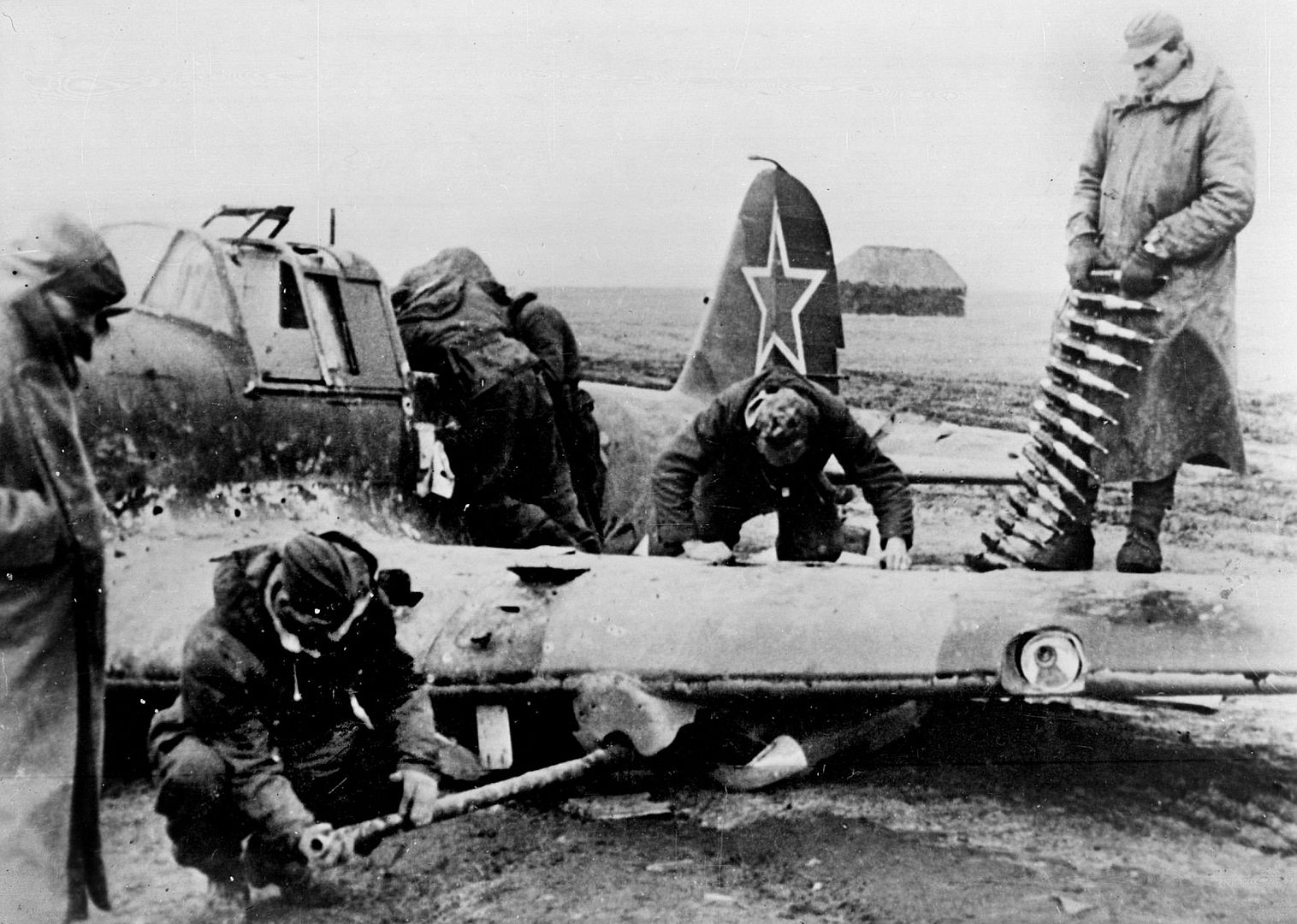
Below Guards Corporal Maria Georgievna Doronina , an aircraft weapons gunner of the 33rd Guards Assault Aviation Regiment, hangs 82-mm M-8 rockets on an Il-2 attack aircraft.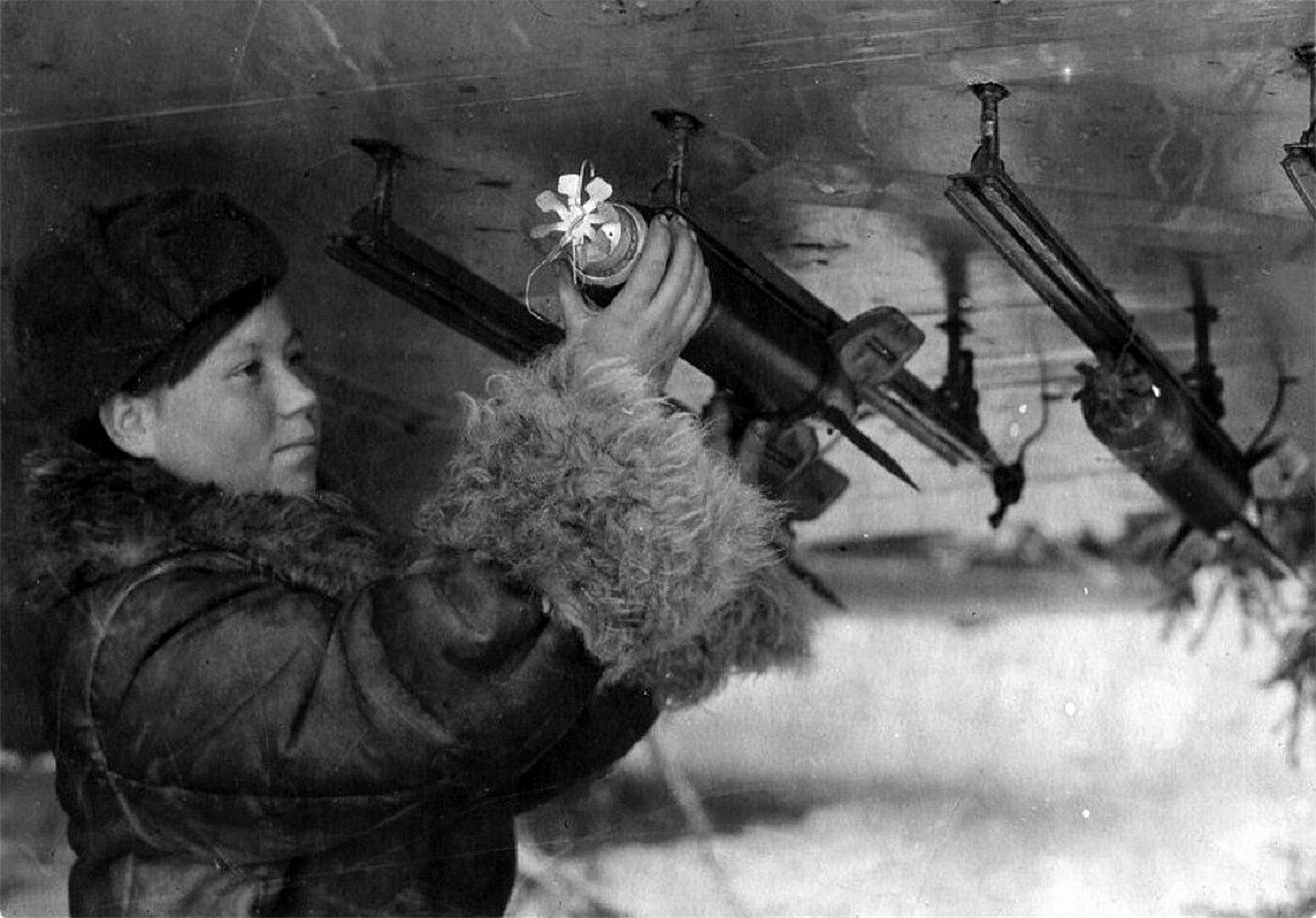
Below Briefing of flight crews at the airfield where Soviet Il-2 attack aircraft are based.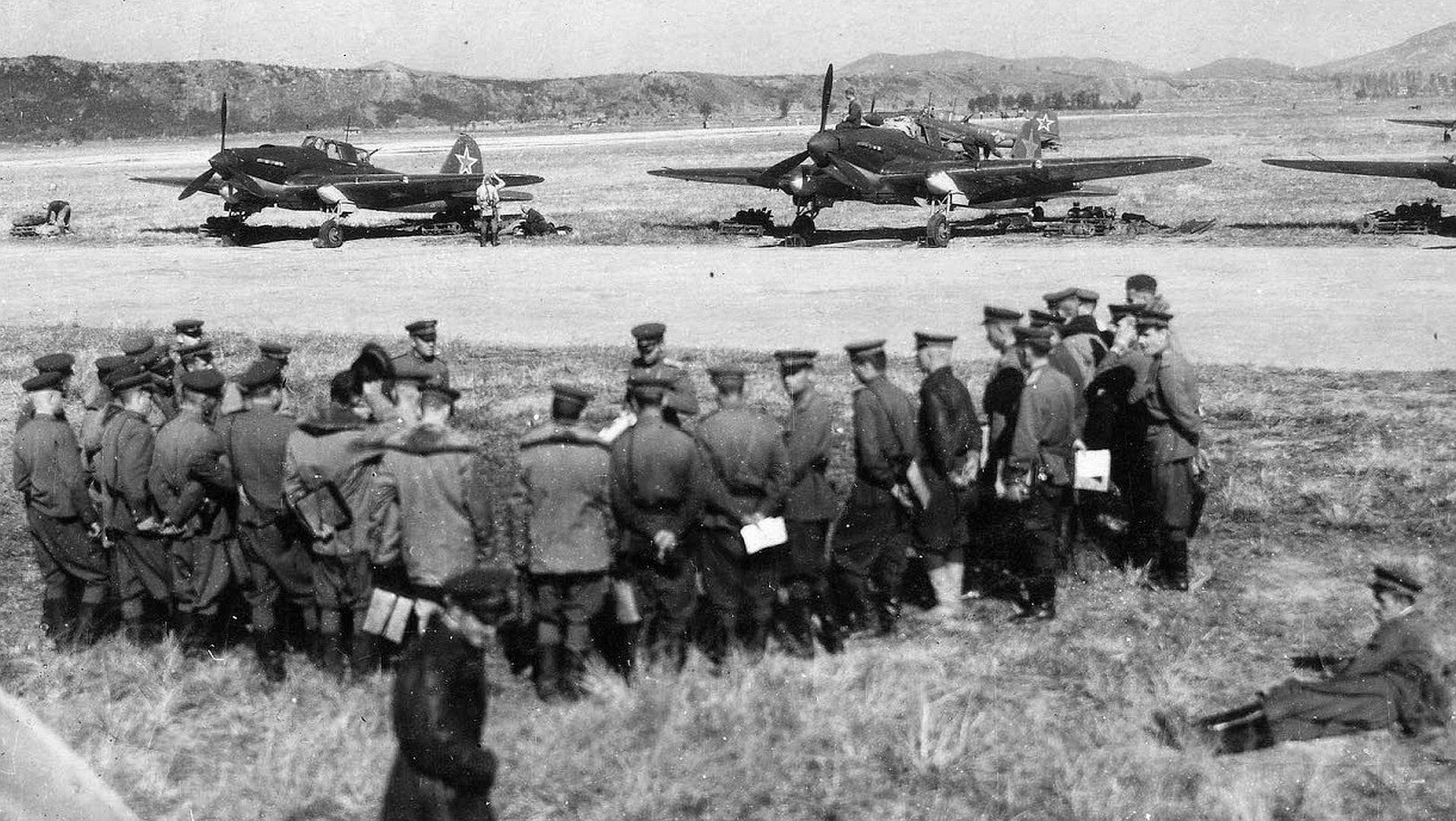
-
1 day agoSun Apr 06 2025, 01:14pmDuggy
 Main AdminBelow Captain G.M. Parshin, who flew the Il-2 airplane given to him by the Barinovs. In the cockpit of the attack aircraft is air gunner Senior Sergeant I.G. Skripnikov.
Main AdminBelow Captain G.M. Parshin, who flew the Il-2 airplane given to him by the Barinovs. In the cockpit of the attack aircraft is air gunner Senior Sergeant I.G. Skripnikov.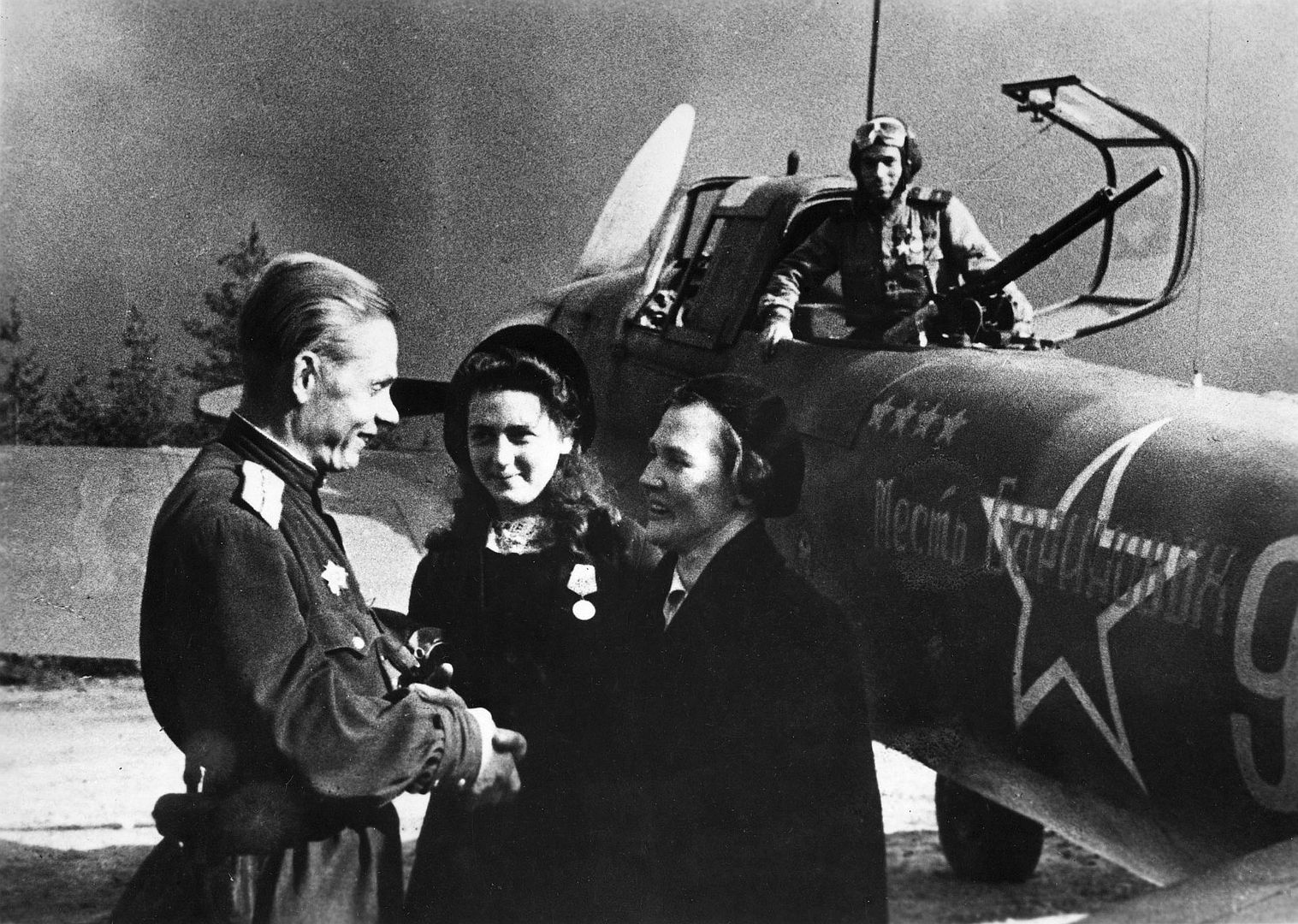
Below Cavalier of the Order of Suvorov, 3rd degree, commander of the 617th assault aviation regiment of the 291st assault aviation division of the 2nd Air Army of the Voronezh Front, Major Dmitry Leontyevich Lomovtsev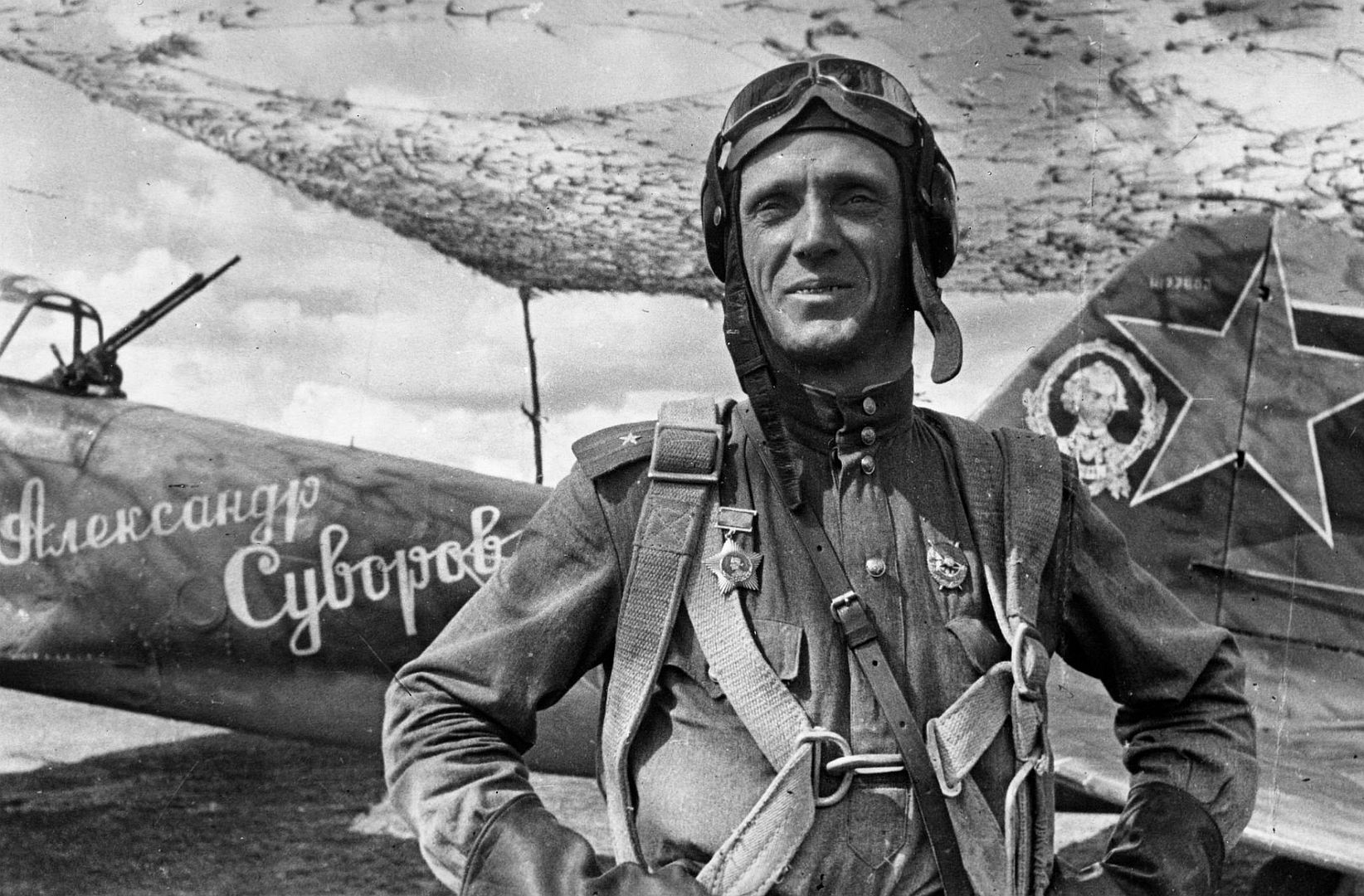
Below Deputy Commander of the 3rd Squadron of the 118th Guards Assault Aviation Regiment, future Hero of the Soviet Union, Guards Senior Lieutenant Petr Maksimovich Odnobokov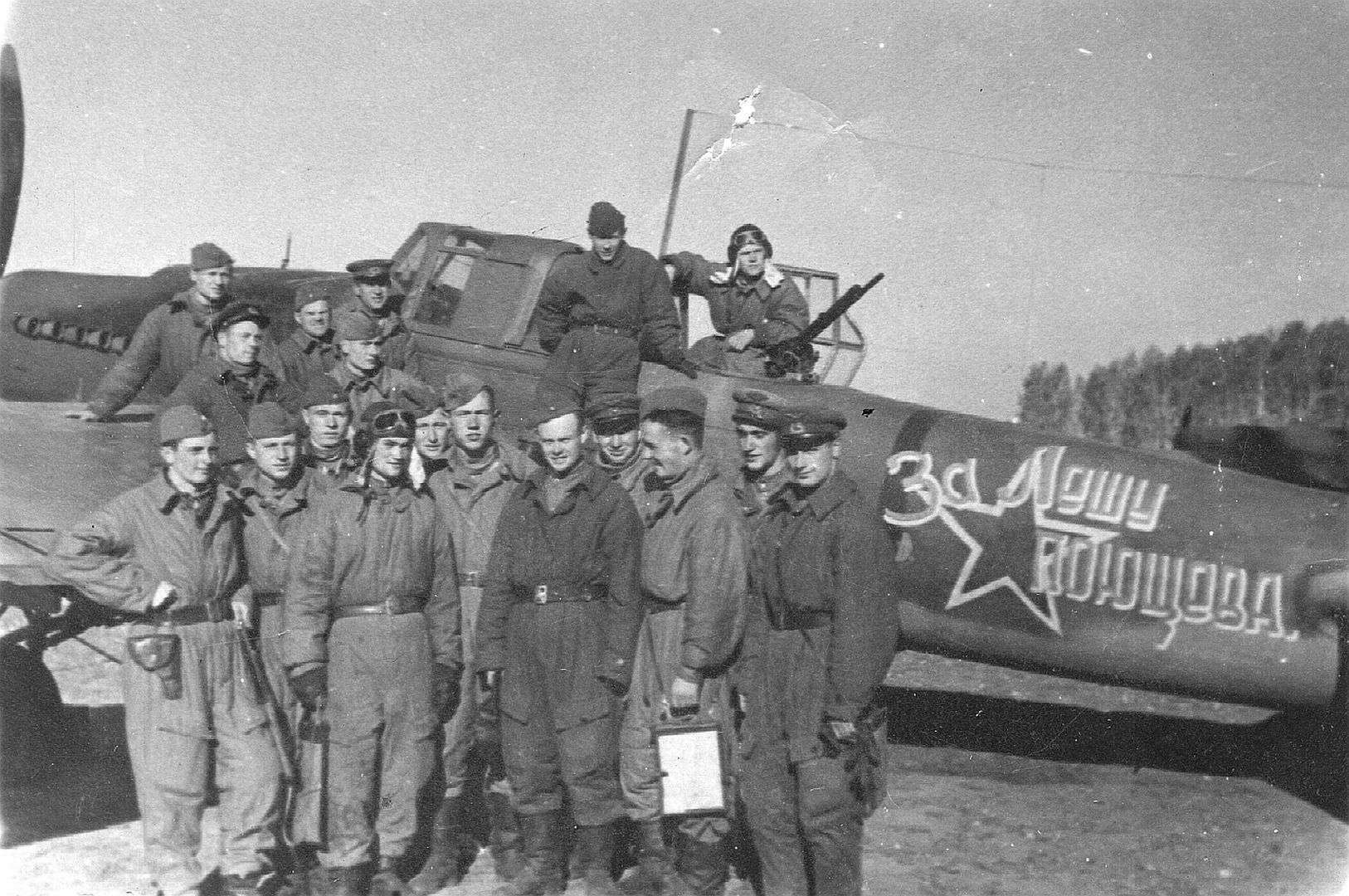
Below An Il-2 attack aircraft of the Czechoslovak Air Force, 1st Squadron, 30th Attack Aviation Regiment Ostrava. The regiment's emblem is painted on the nose of the aircraft.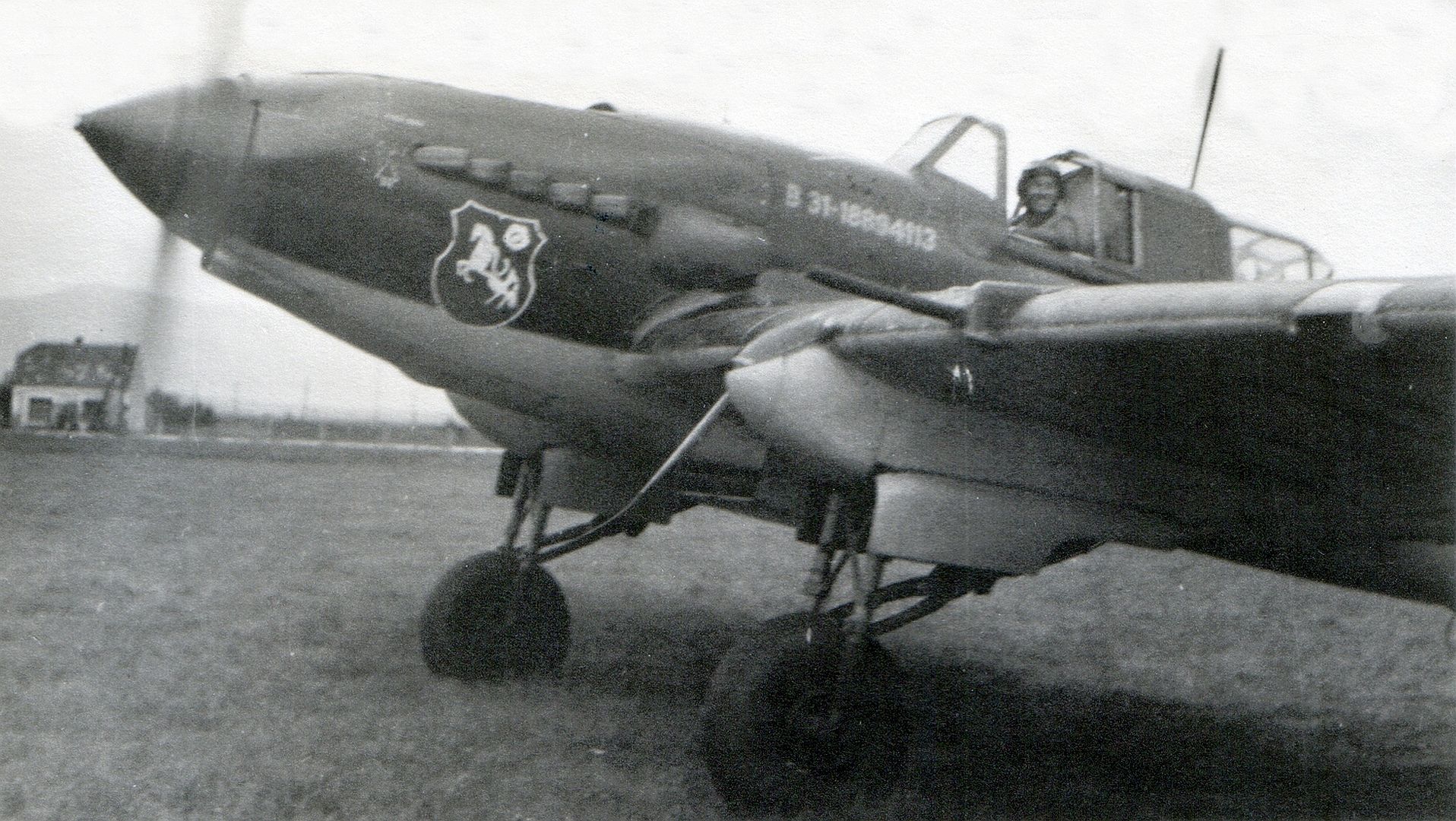
Below Aviation mechanic Sergeant Vasily Ignatyevich Nikonov servicing the landing gear of an Il-2 attack aircraft (serial number 8207) of the 6th Guards Attack Aviation Regiment. 1943-1944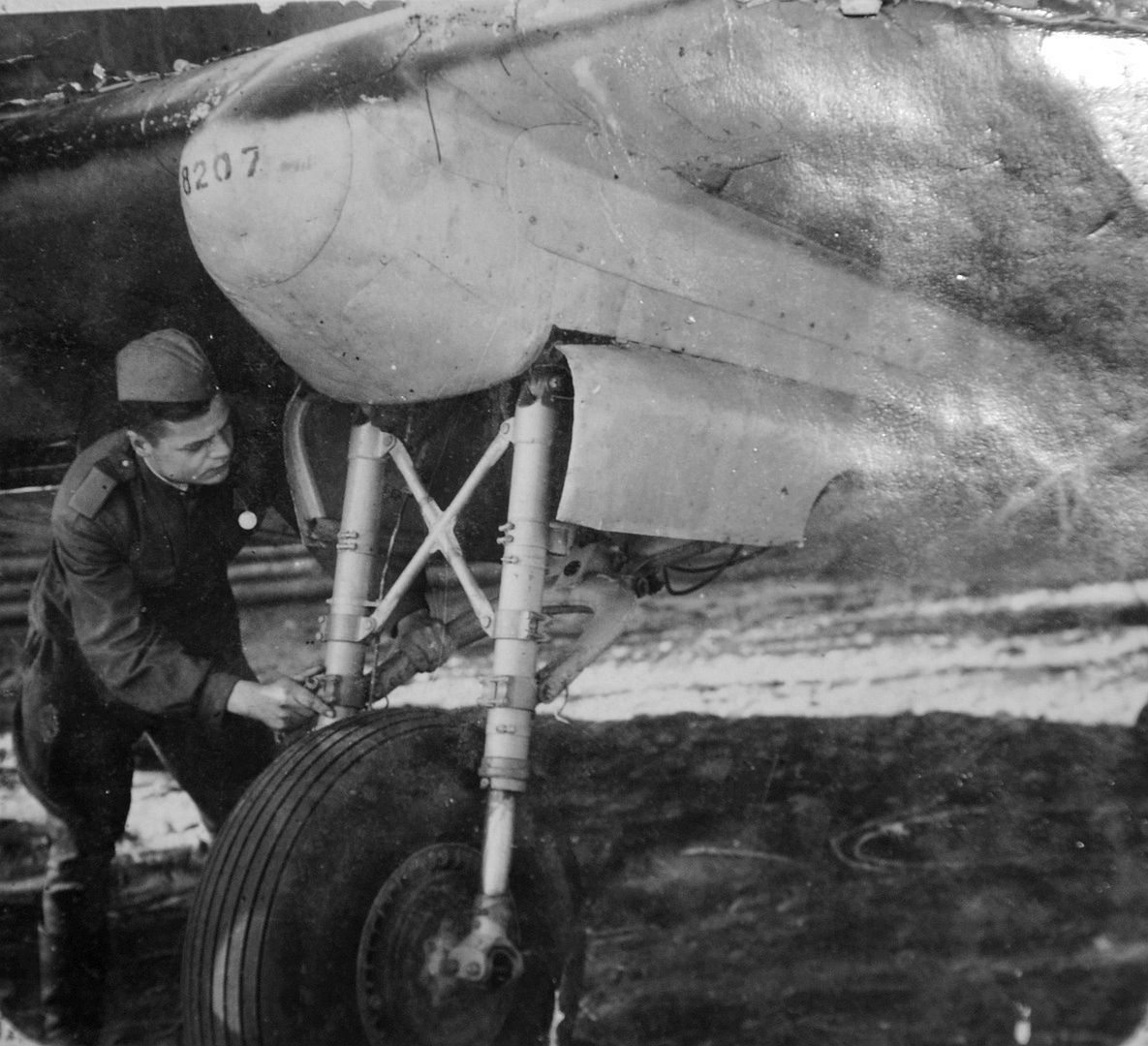
Below A Soviet Il-2 attack aircraft made an emergency landing on its belly in German territory.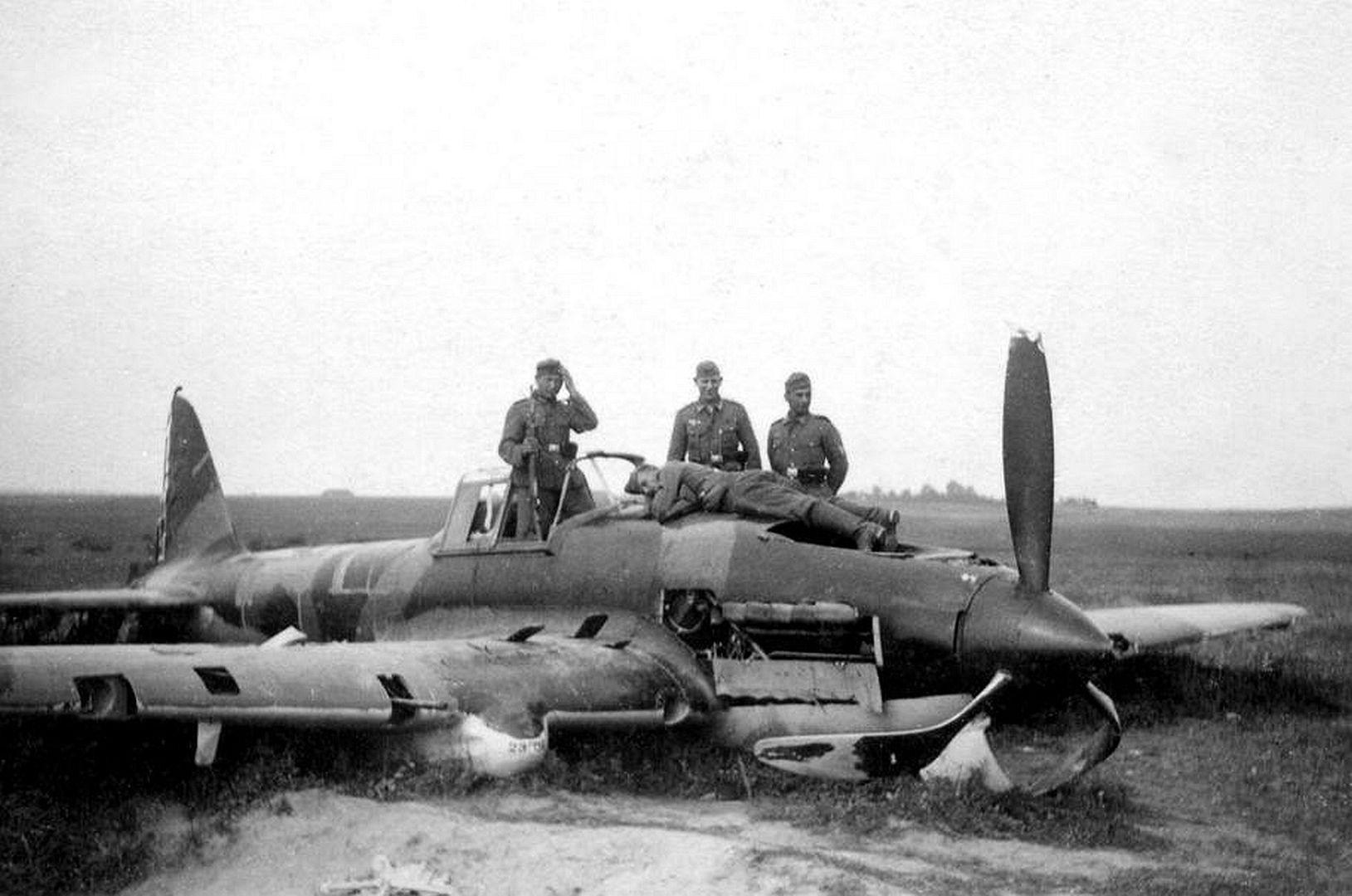
Below A Soviet Il-2 attack aircraft shot down during the battles on the Kursk Bulge in the Oryol direction. The body of the dead pilot lies on the wing.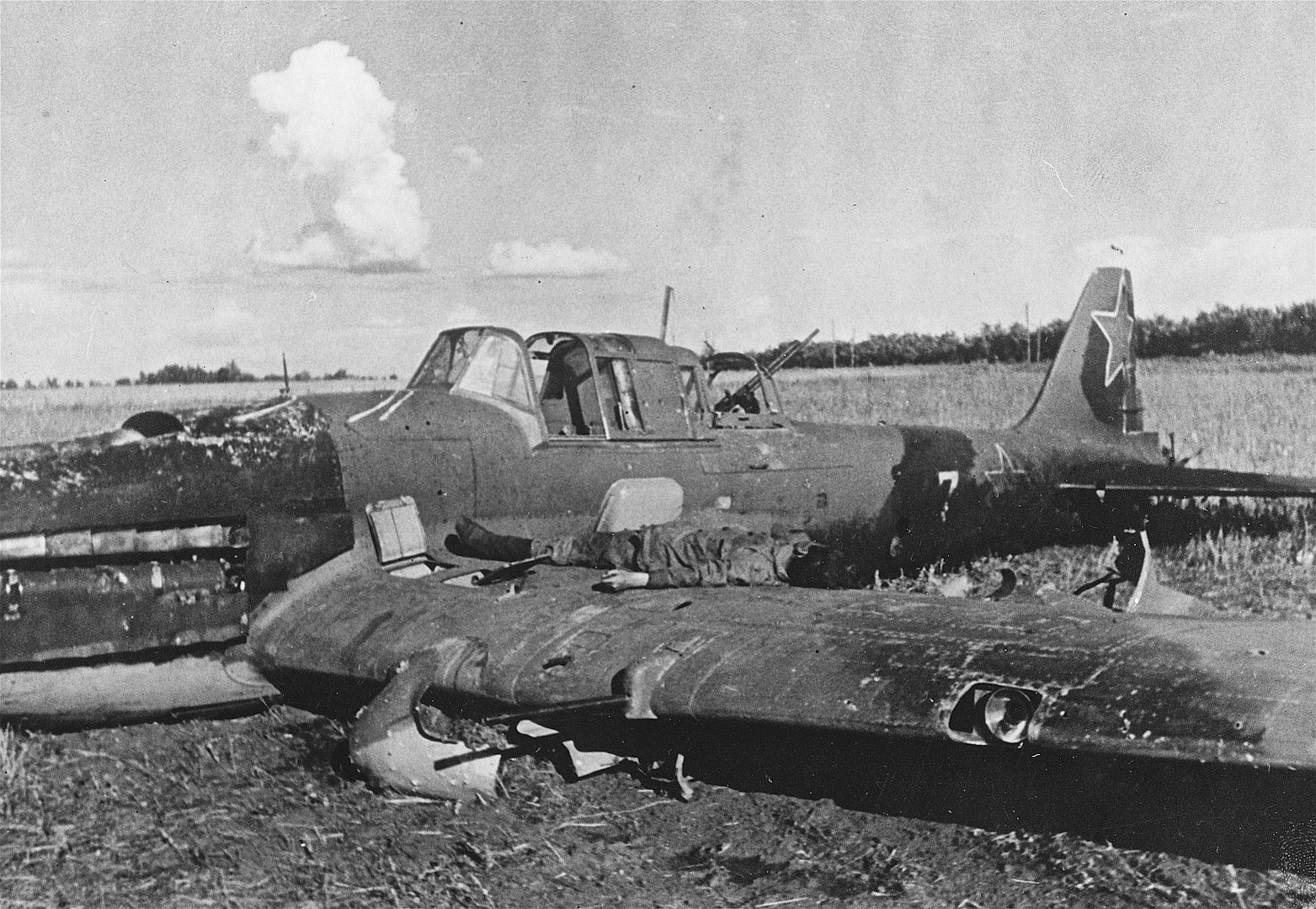
Below An aircraft technician refueling an Il-2 attack aircraft.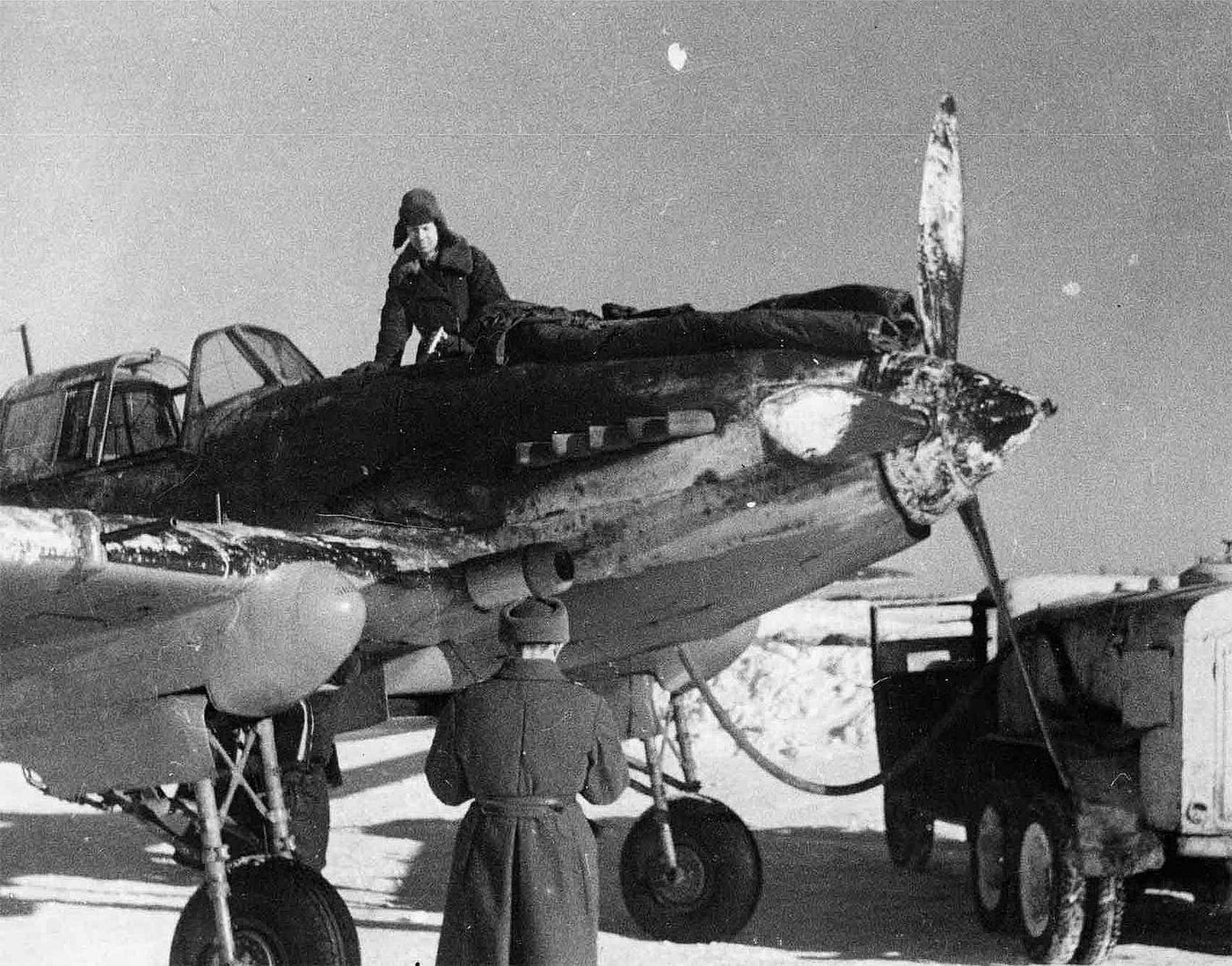
Below Aircraft weapons gunner of the 6th Guards Assault Aviation Regiment, Corporal Nina Nikolaevna Vyatkina servicing a 12.7 mm UBT (universal Berezina turret) machine gun of an Il-2 attack aircraft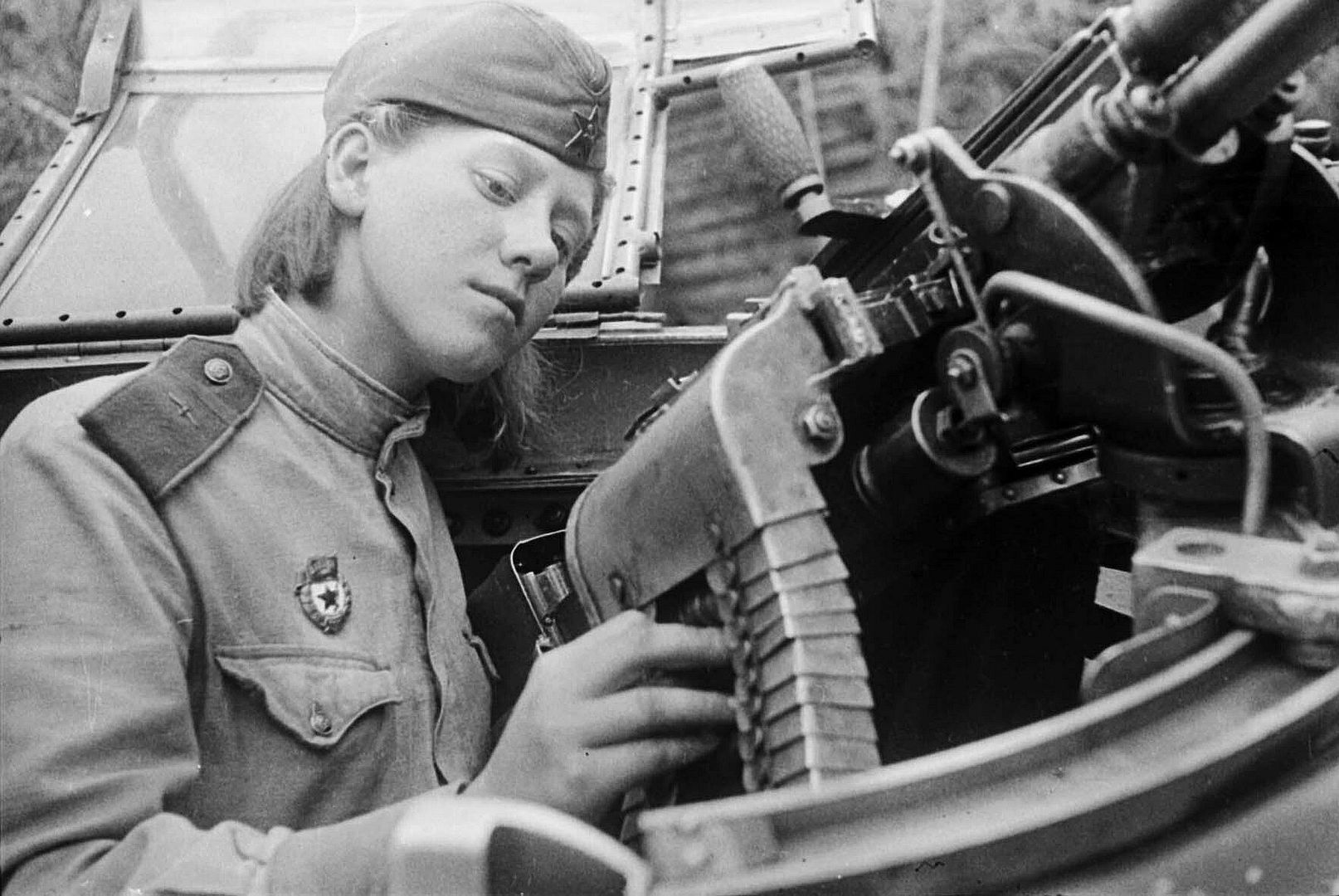
Below A Soviet aircraft technician debugs elements of one of the front landing gear struts of an Il-2 attack aircraft.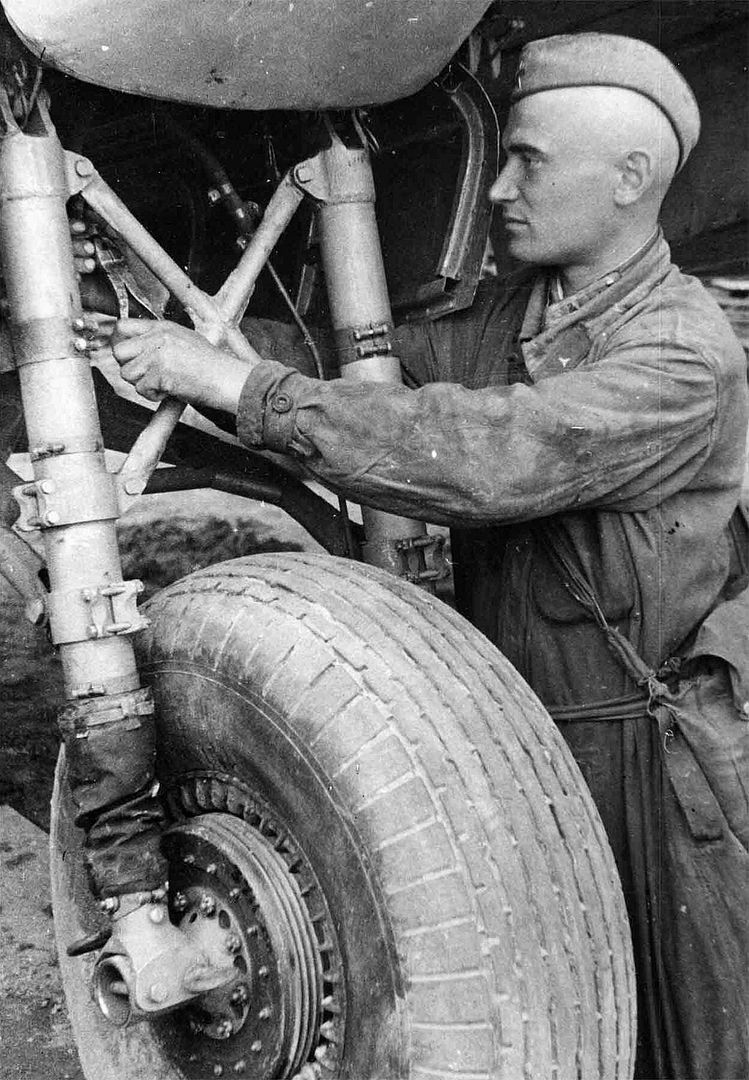
Below A Soviet Il-2 attack aircraft collided with a special vehicle based on a GAZ-AA truck at an airfield. Presumably, the special vehicle is a mobile power plant with a gasoline or diesel electric generator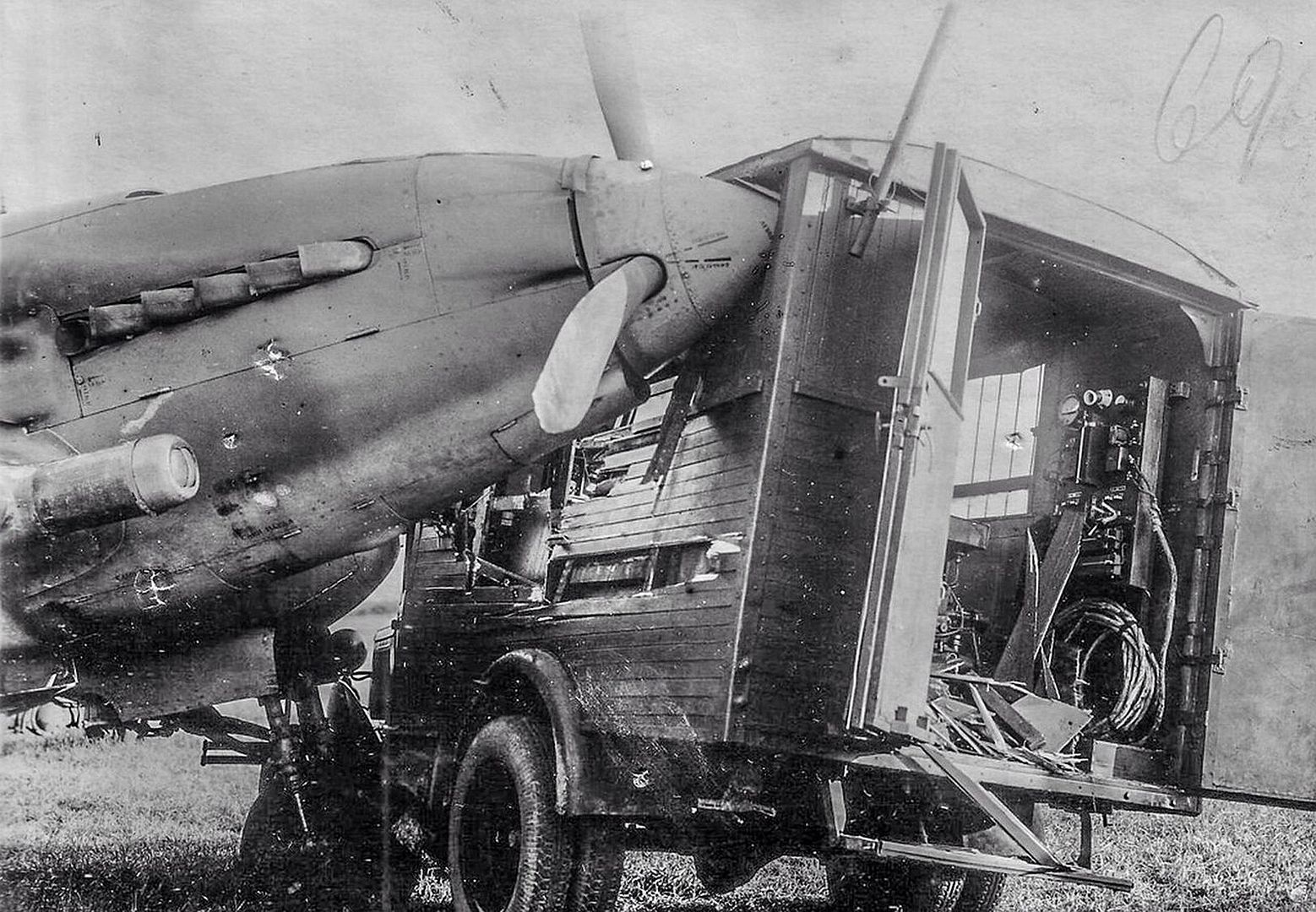
Below A Soviet Il-2 attack aircraft made an emergency landing near a forest belt.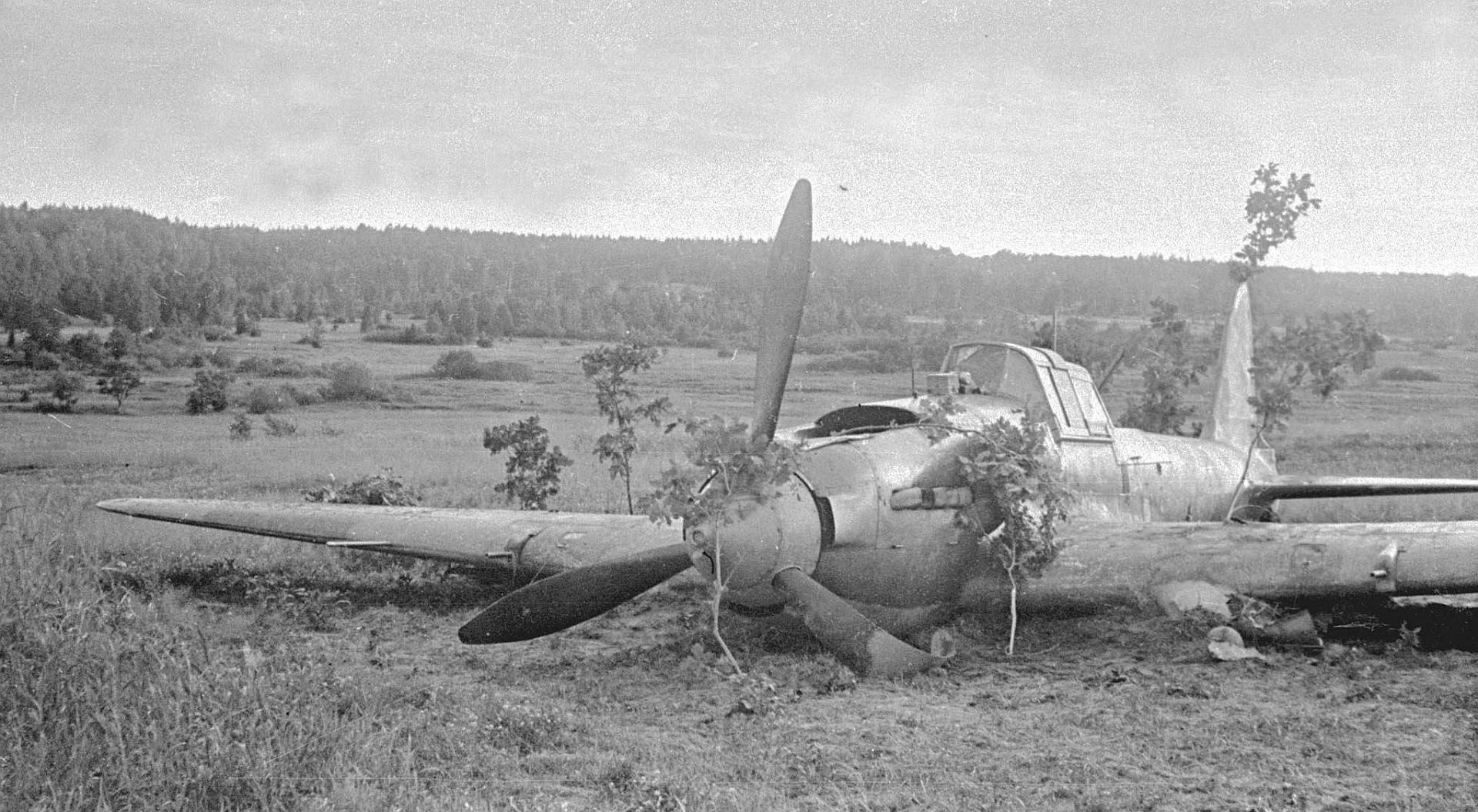
Below A group of Il-2 attack aircraft from the 154th Guards Attack Aviation Regiment before takeoff at the Domatków airfield.
Below A heavily damaged single-seat Il-2 attack aircraft, which managed to reach its airfield and landed on its belly.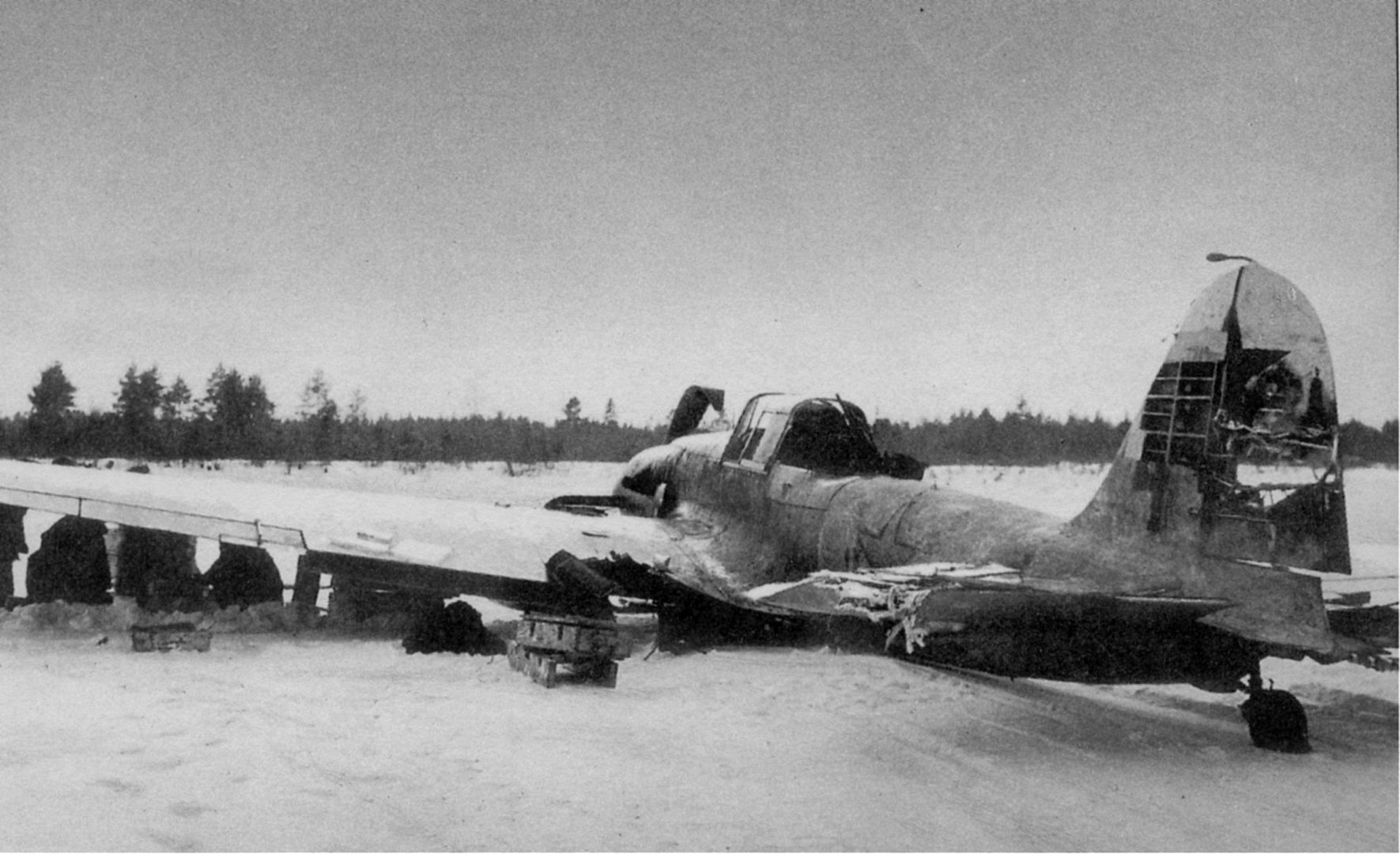
Below A party meeting in the 2nd Squadron of the 144th Guards Assault Aviation Regiment near an Il-2 attack aircraft.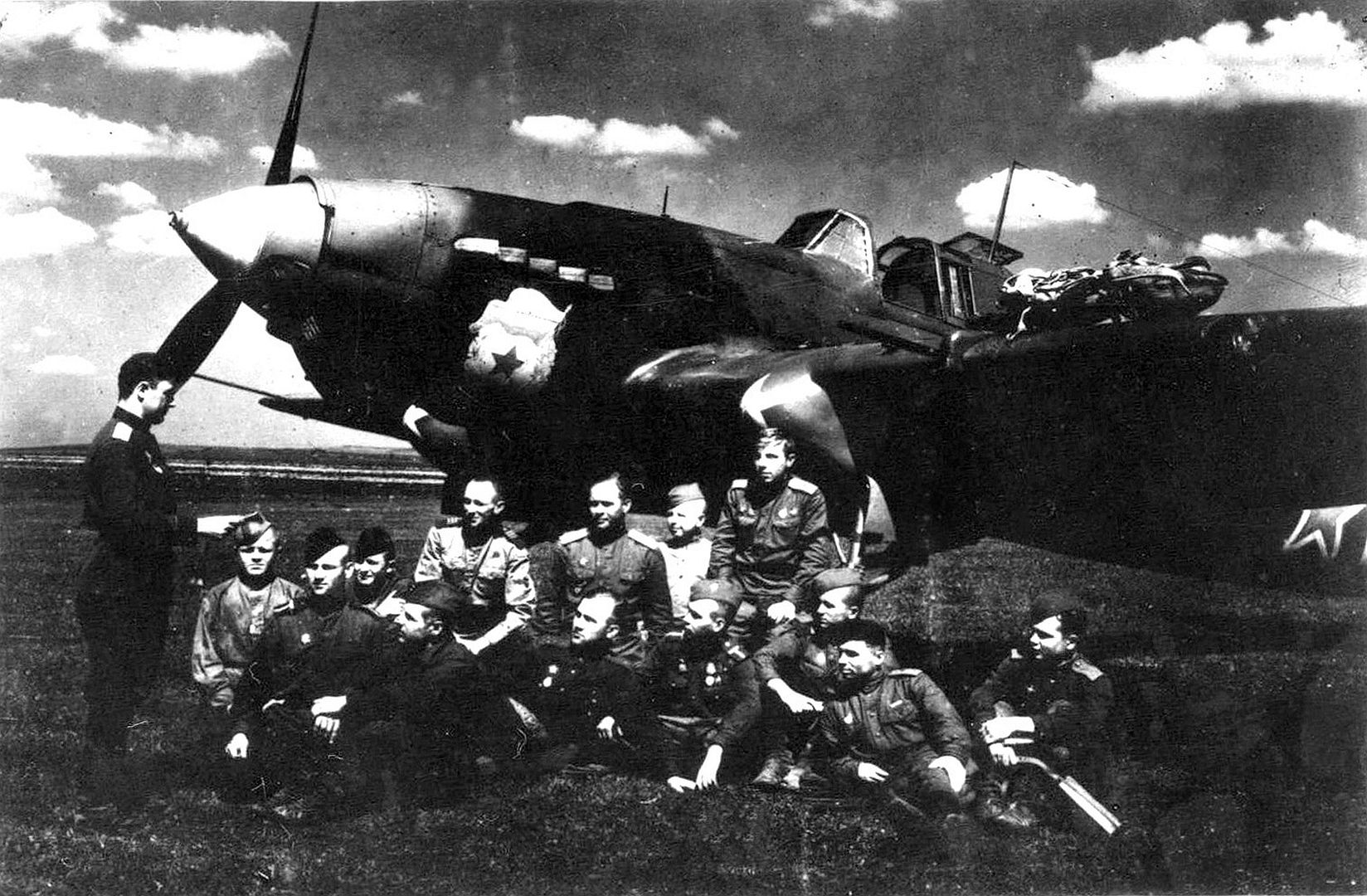
Below A single-seat Il-2 attack aircraft, equipped with a homemade gunner's seat, which received heavy damage in combat.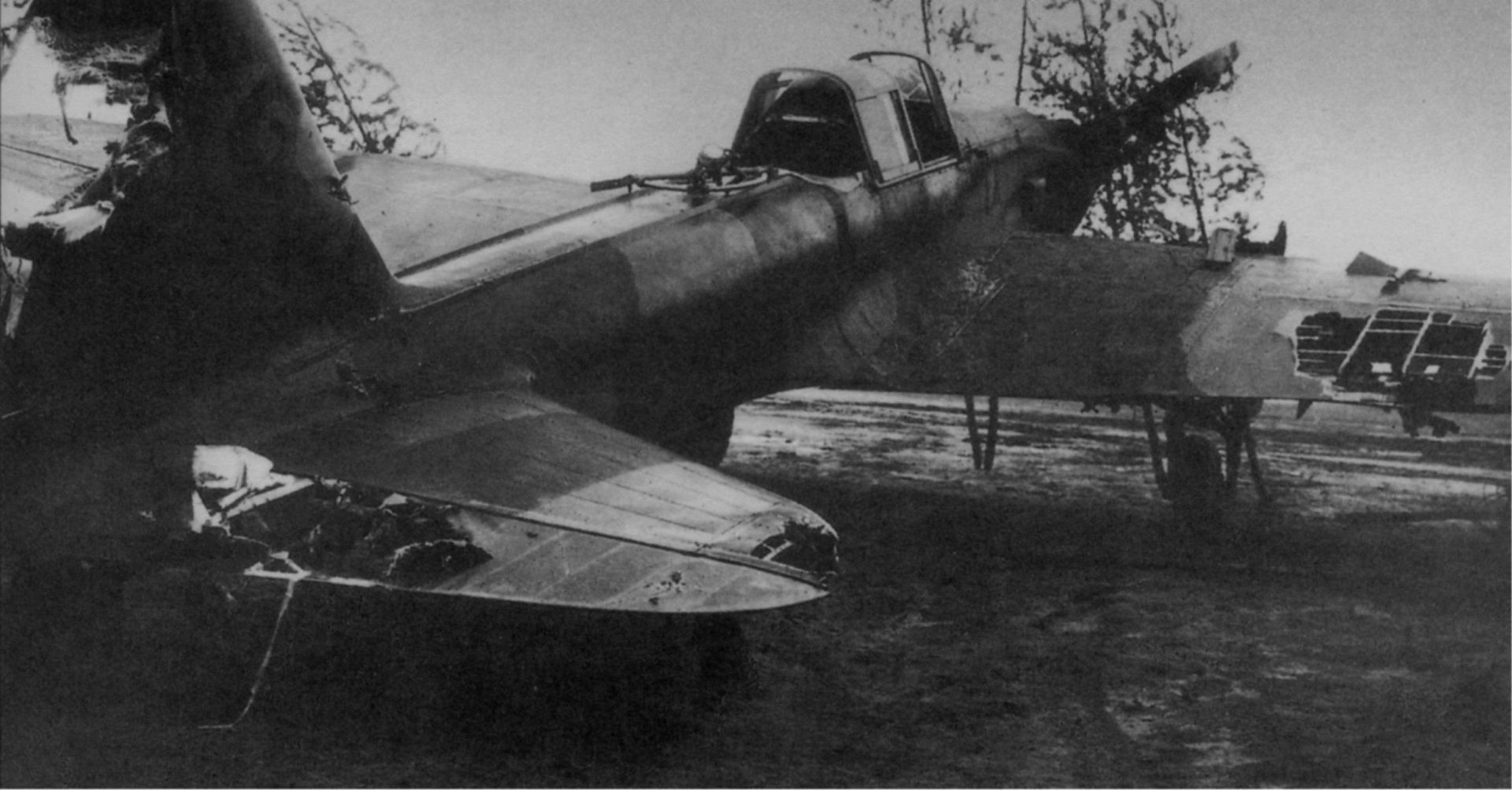
Below A captured Soviet Il-2 attack aircraft at an exhibition of captured equipment in a city park in Budapes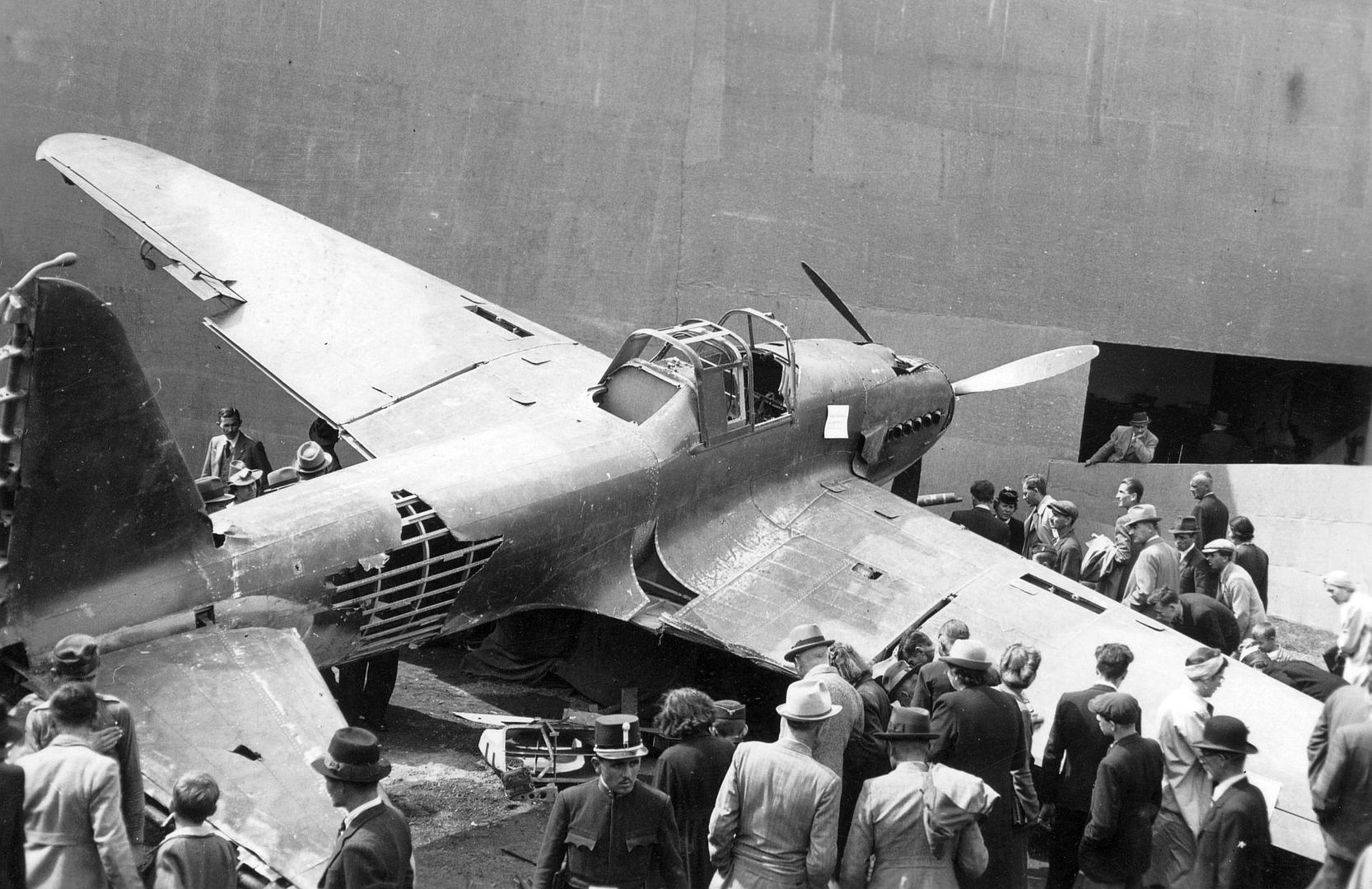
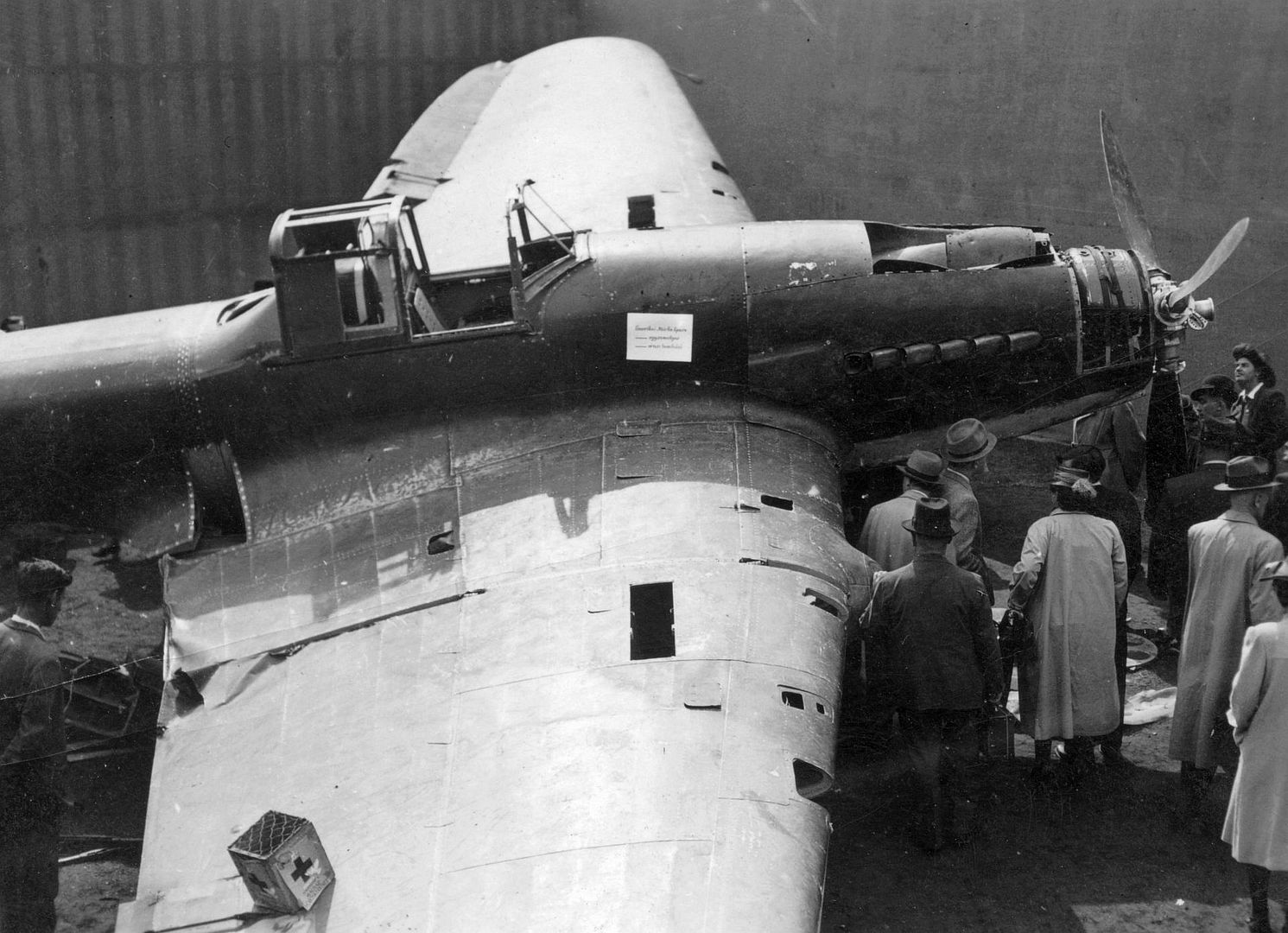
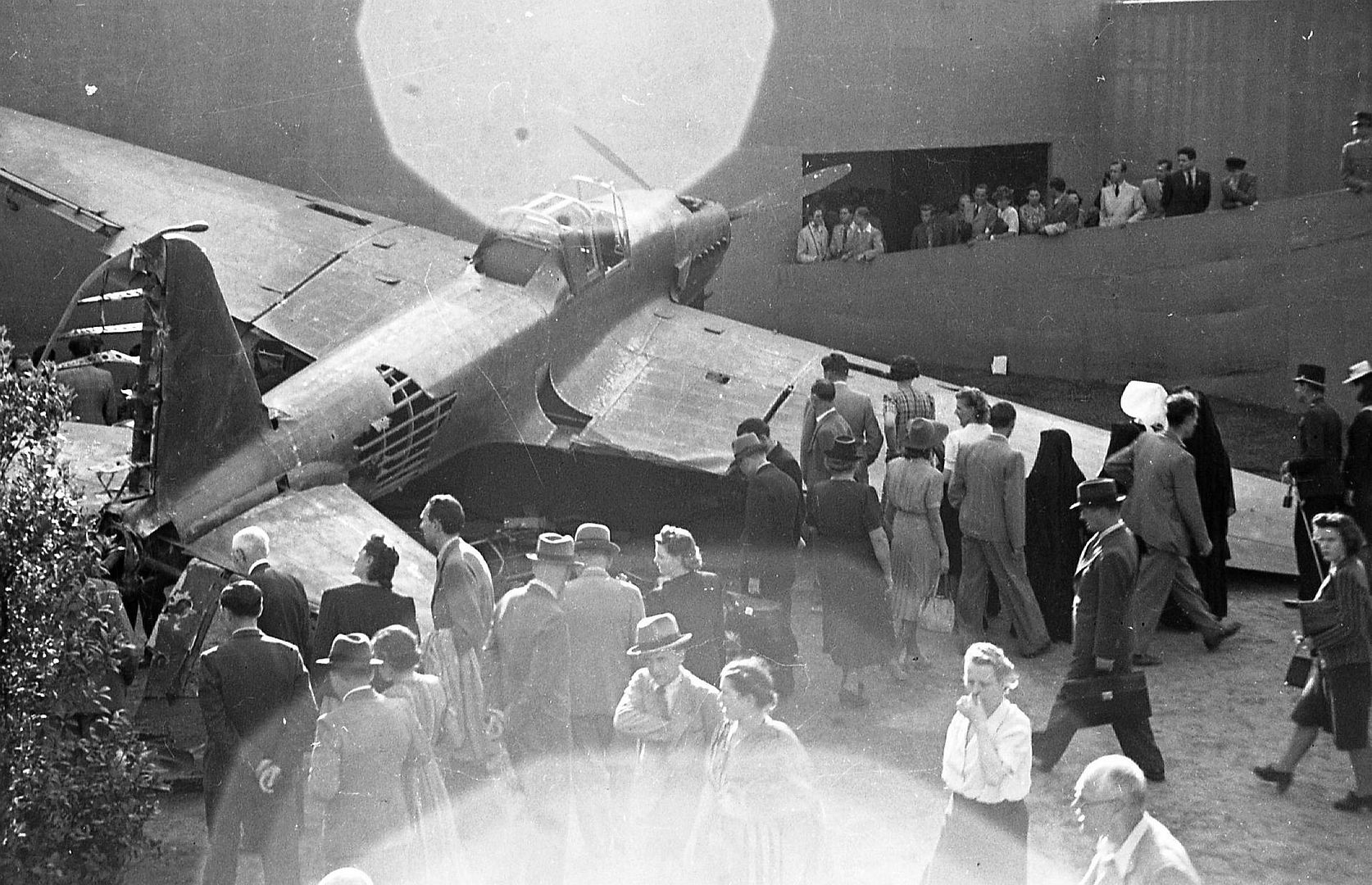
Below A Finnish soldier near a downed Soviet Il-2 attack aircraft in a Karelian forest. Heading towards Rugozero (Rukajärvi).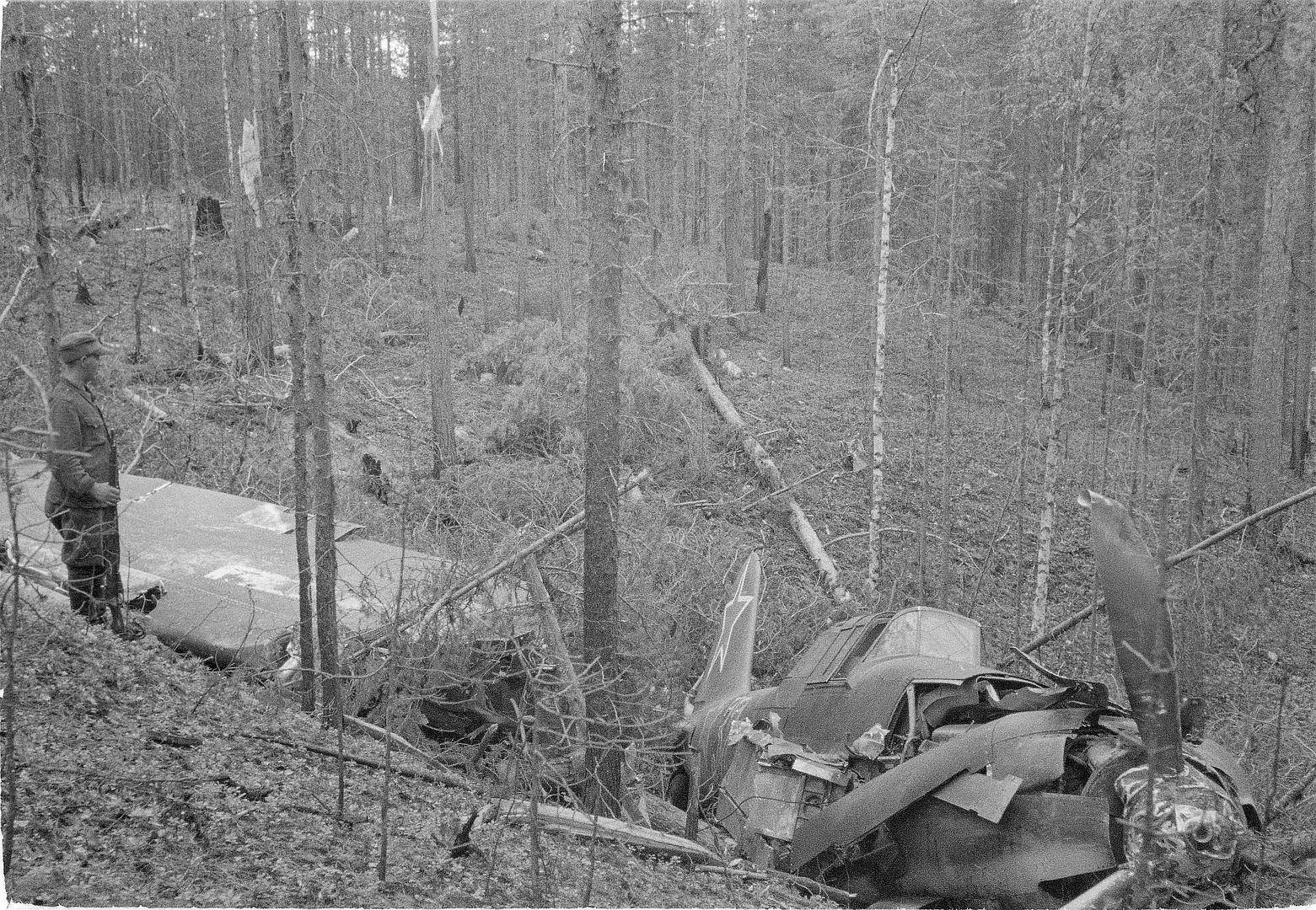
Below A Finnish soldier near a downed Soviet Il-2 attack aircraft northeast of Lake Ladoga.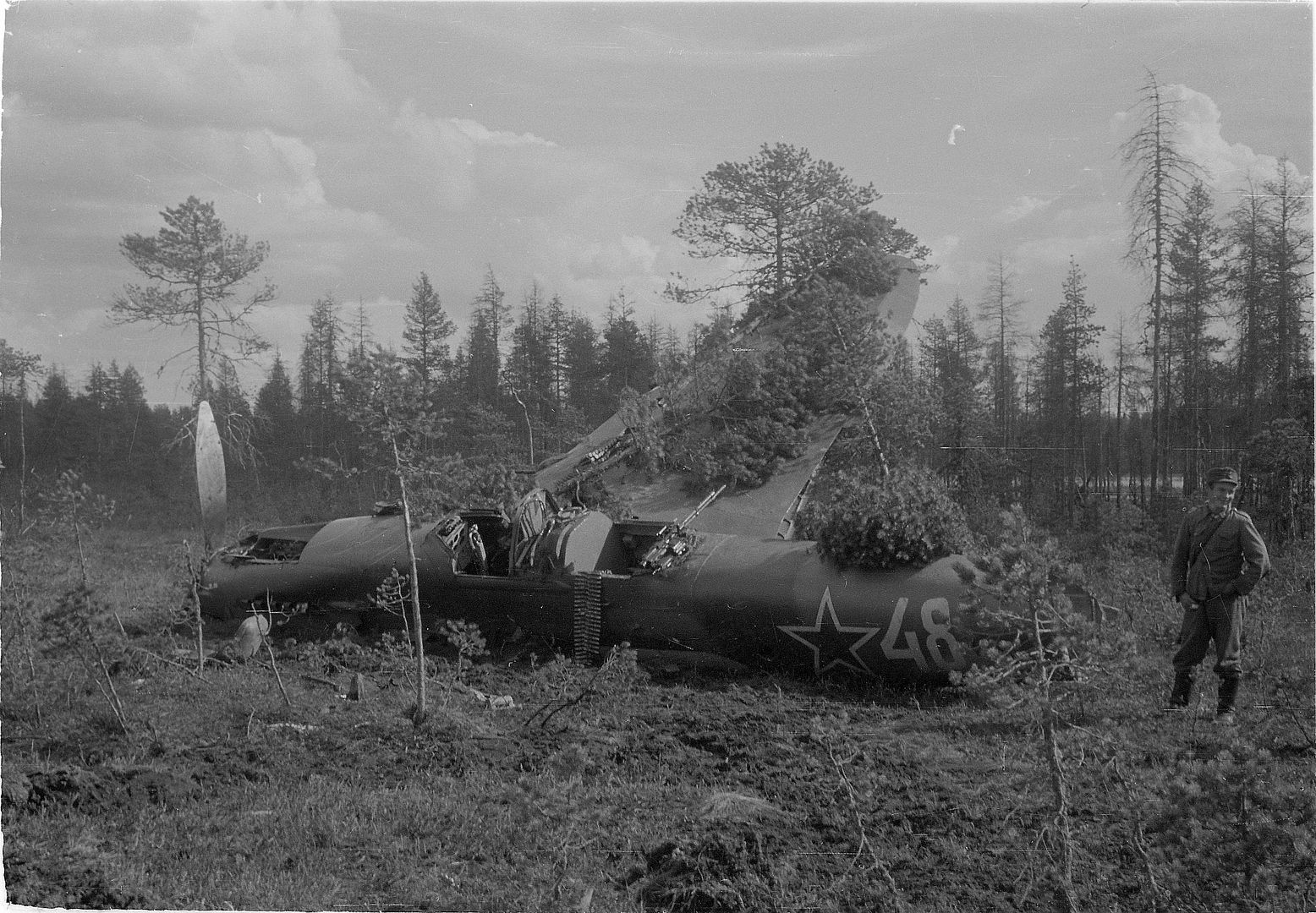
Below 946th Assault Aviation Regiment of the 196th Assault Aviation Division of the 16th Air Army of the 1st Belorussian Front in front of an Il-2 attack aircraft before the start of Operation Bagration.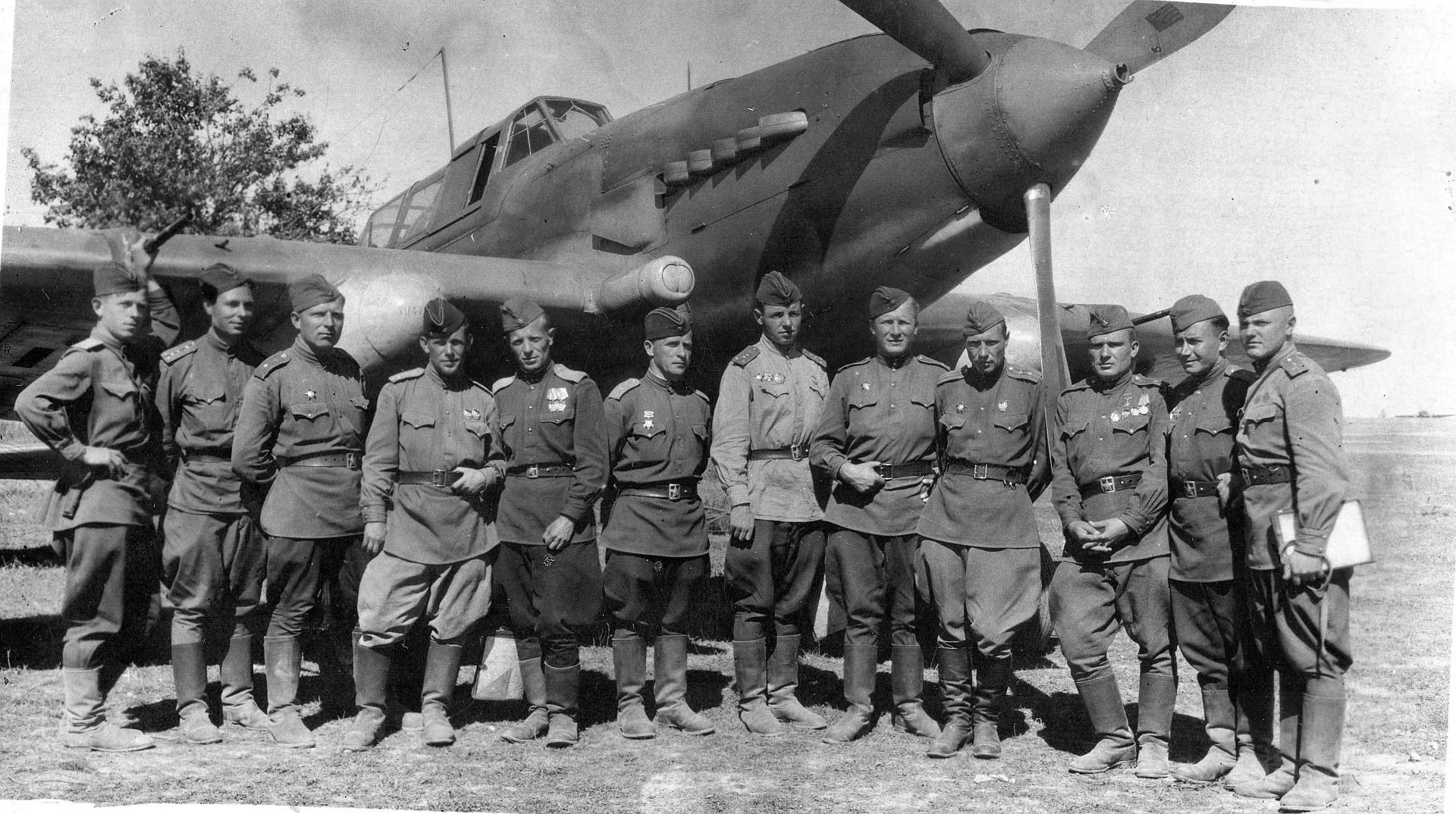
Specifications (Il-2M3)
General characteristics
Crew: 2
Length: 11.65 m (38 ft 3 in)
Wingspan: 14.60 m (47 ft 11 in)
Height: 4.17 m (13 ft 8 in) (tail up)
Wing area: 38.50 m2 (414.4 sq ft)
Empty weight: 4,425 kg (9,755 lb)
Max takeoff weight: 6,360 kg (14,021 lb)
Fuel capacity: 730 L (190 US gal; 160 imp gal)
Powerplant: 1 × Mikulin AM-38F liquid-cooled V12 engine, 1,280 kW (1,720 hp) (takeoff power),1,100 kW (1,500 hp) at 750 m (2,460 ft)
Propellers: 3-bladed AV-57-158 variable-pitch propeller, 3.60 m (11 ft 10 in) diameter
Performance
Maximum speed: 410 km/h (250 mph, 220 kn) at 1,500 m (4,900 ft)
Range: 765 km (475 mi, 413 nmi) at 275 km/h (171 mph; 148 kn) and 1,000 m (3,300 ft)
Endurance: 2.75 hr
Service ceiling: 4,525 m (14,846 ft) (service ceiling), 6,360 m (20,870 ft) (absolute ceiling)
Time to altitude: 15 min to 5,000 m (16,000 ft)
Armament
Guns:
2 × fixed forward-firing 23×152mm VYa-23 cannons, 150 rounds per gun
2 × fixed forward-firing 7.62×54mmR ShKAS machine guns, 750 rounds per gun
1 × manually aimed 12.7×108mm Berezin UBT machine gun in rear cockpit, 300 rounds
Rockets:
8× RS-82 rockets or
4× RS-132 rockets
Bombs:
6× 100 kg (220 lb) bombs in wing bomb-bays and underwing or
4× dispensers for 48 2.5 kg (5.5 lb) PTAB anti-armour bombs (192 total) in wing bays
(Text from Wikki)
Post a reply
- Go to Next topic
- Go to Welcome
- Go to Introduce Yourself
- Go to General Discussion
- Go to Screenshots, Images and Videos
- Go to Off topic
- Go to Works in Progress
- Go to Skinning Tips / Tutorials
- Go to Skin Requests
- Go to IJAAF Library
- Go to Luftwaffe Library
- Go to RAF Library
- Go to USAAF / USN Library
- Go to Misc Library
- Go to The Ops Room
- Go to Made in Germany
- Go to Campaigns and Missions
- Go to Works in Progress
- Go to Juri's Air-Raid Shelter
- Go to Campaigns and Missions
- Go to Works in Progress
- Go to Skinpacks
- Go to External Projects Discussion
- Go to Books & Resources
